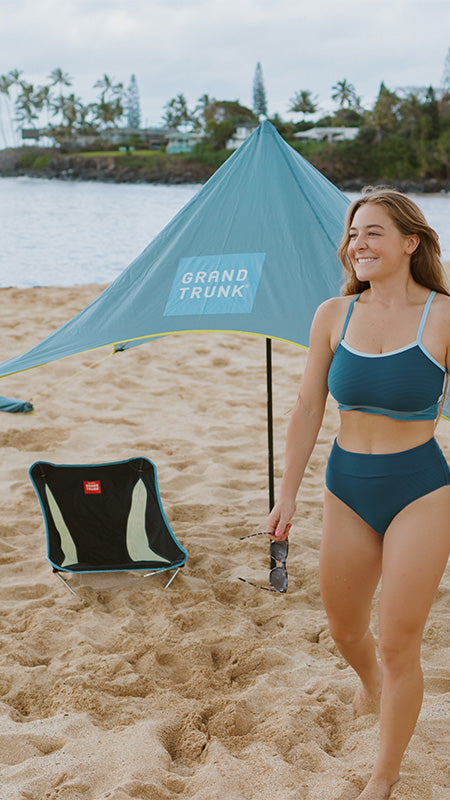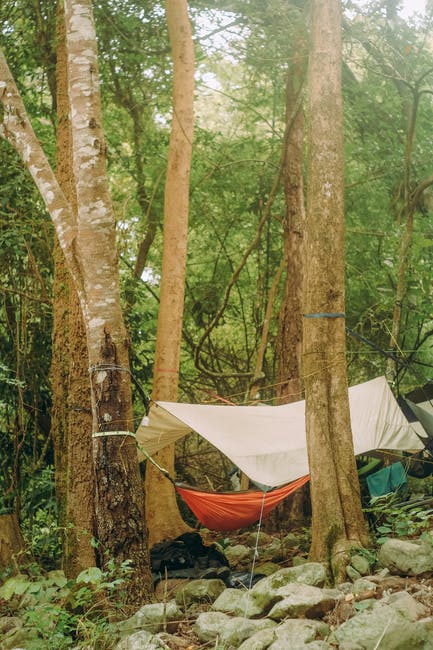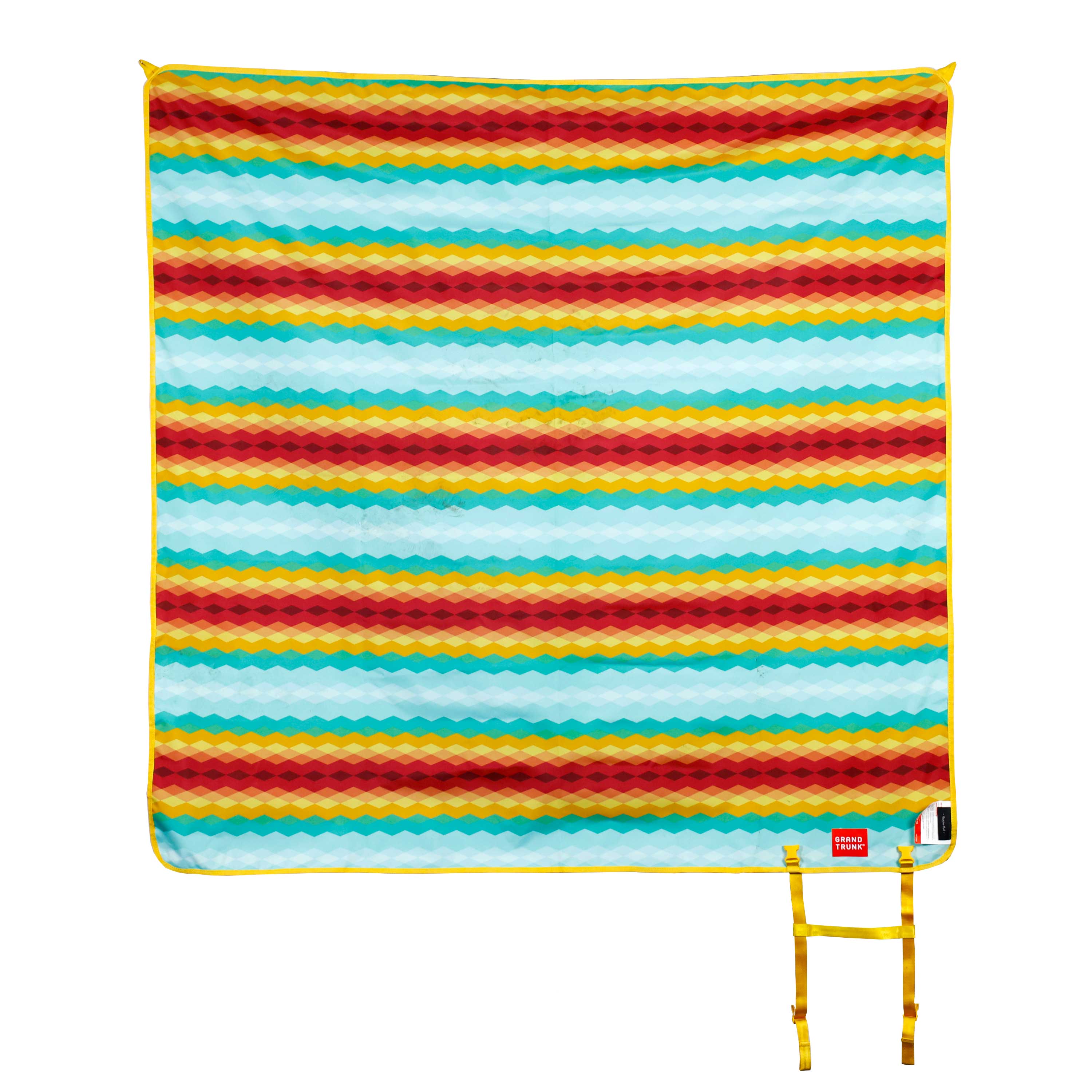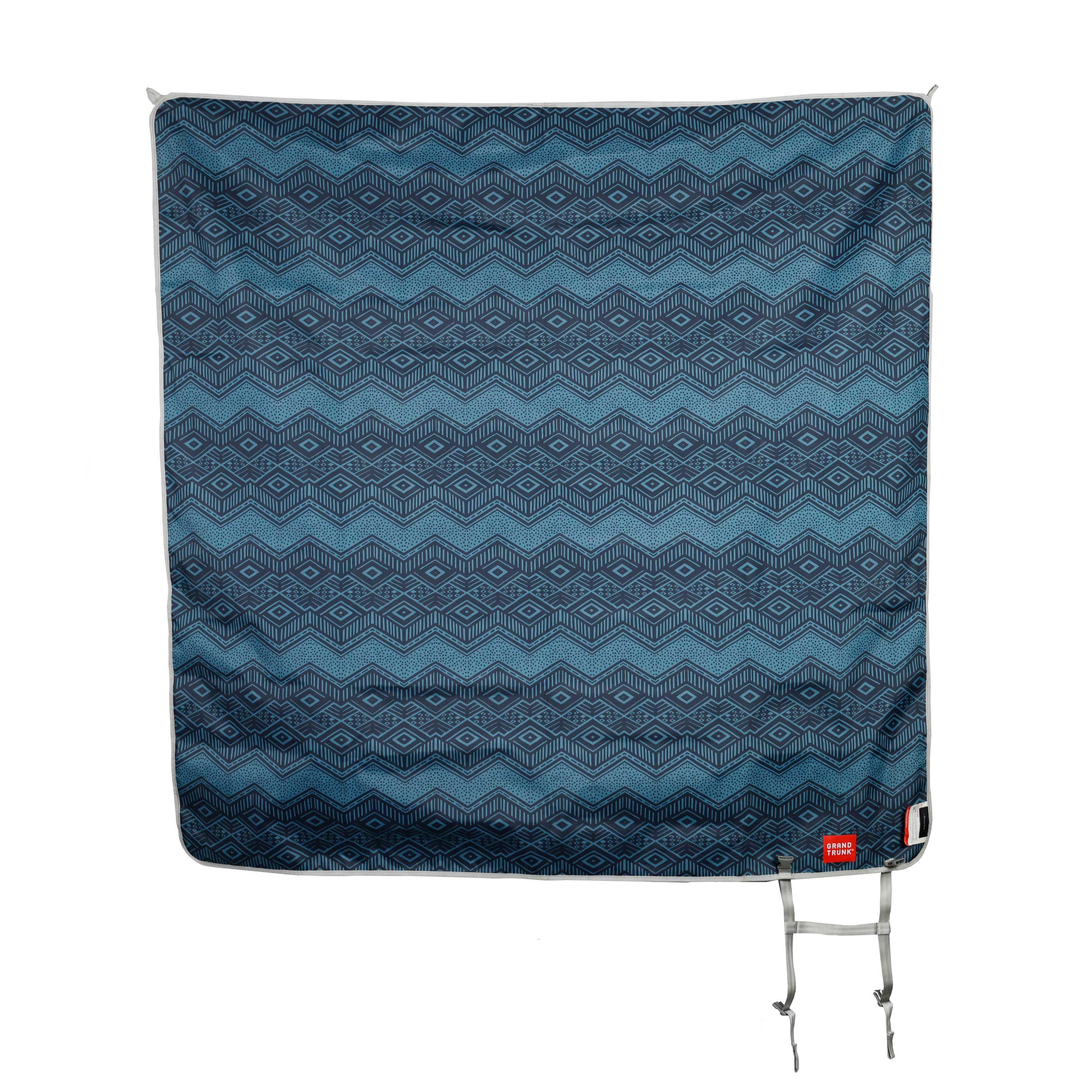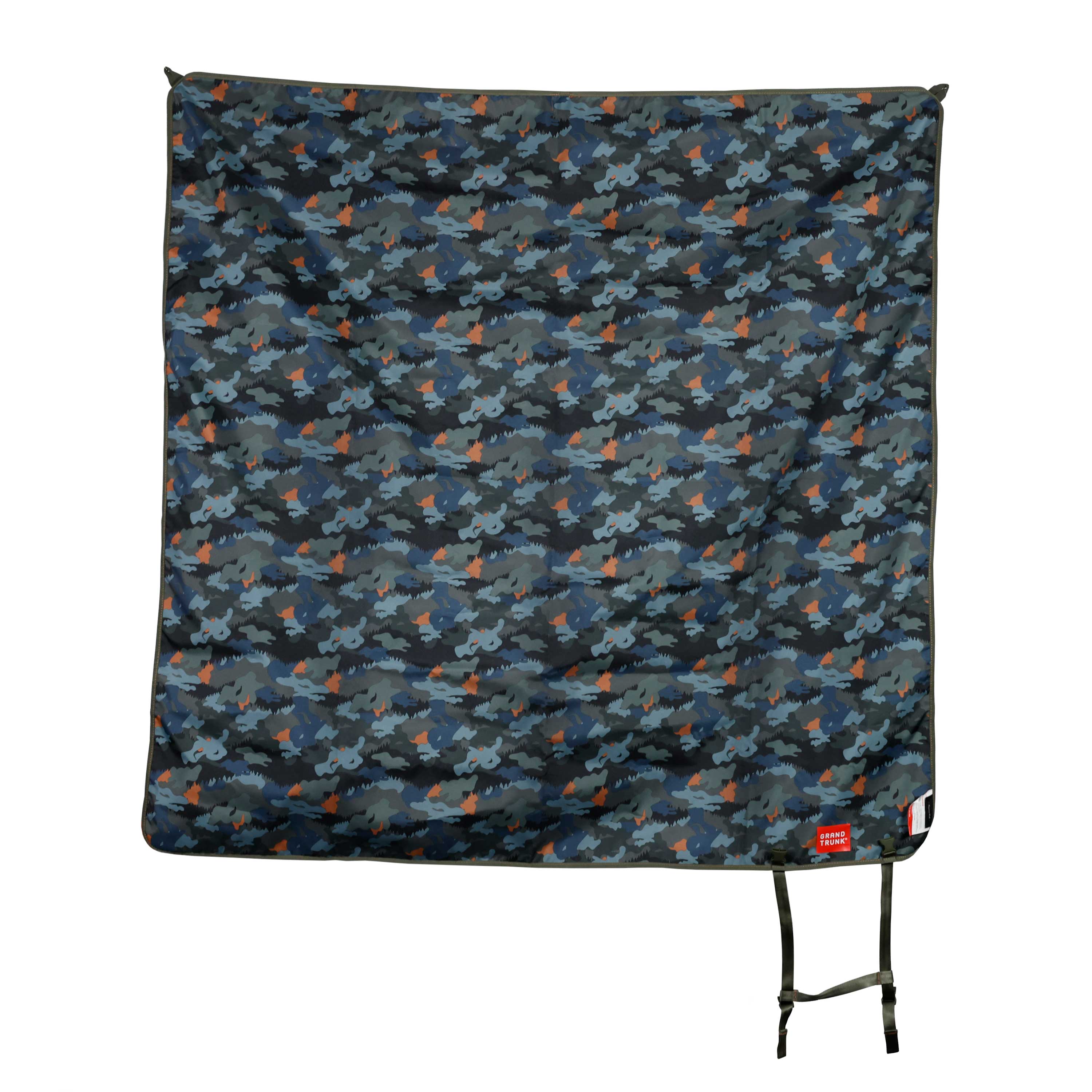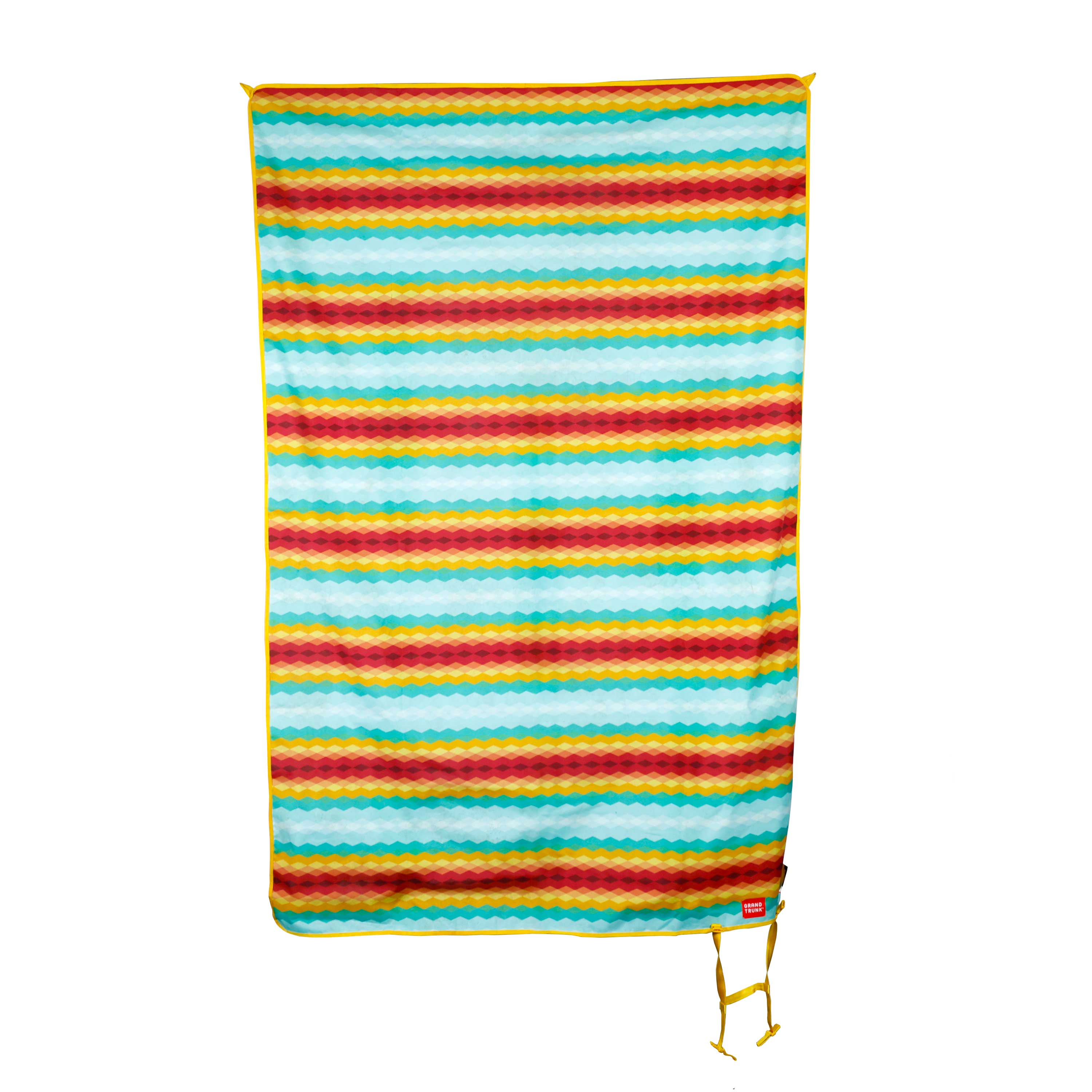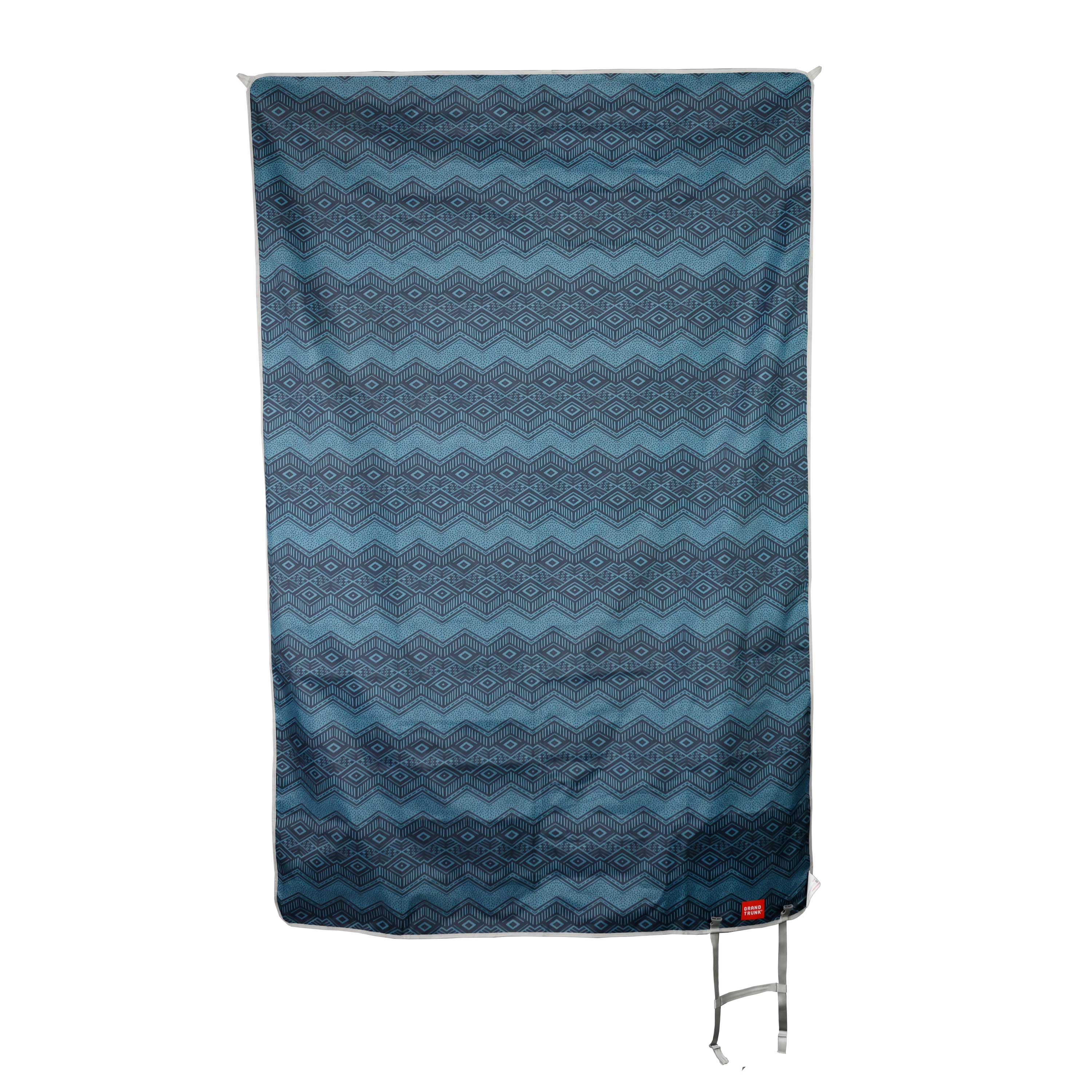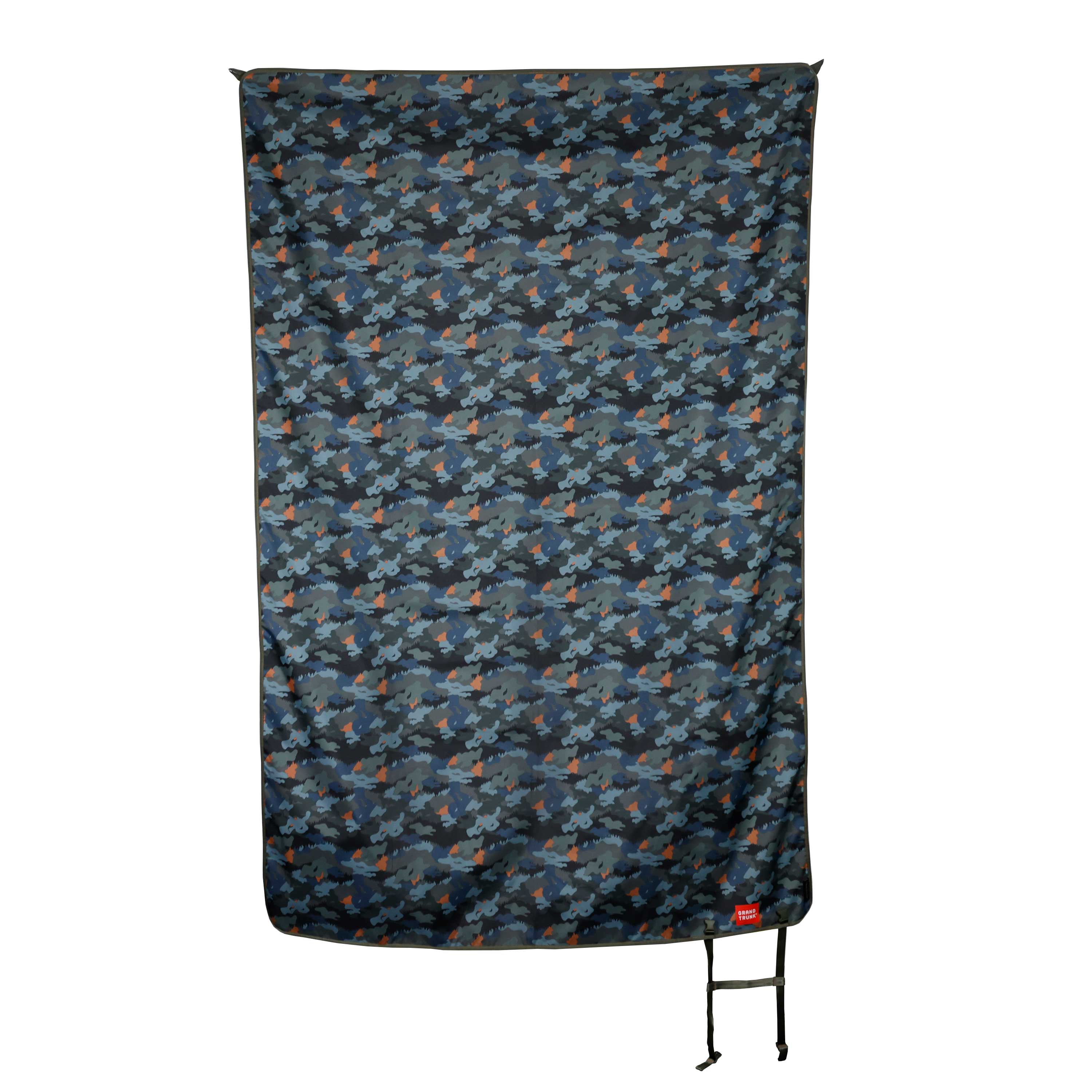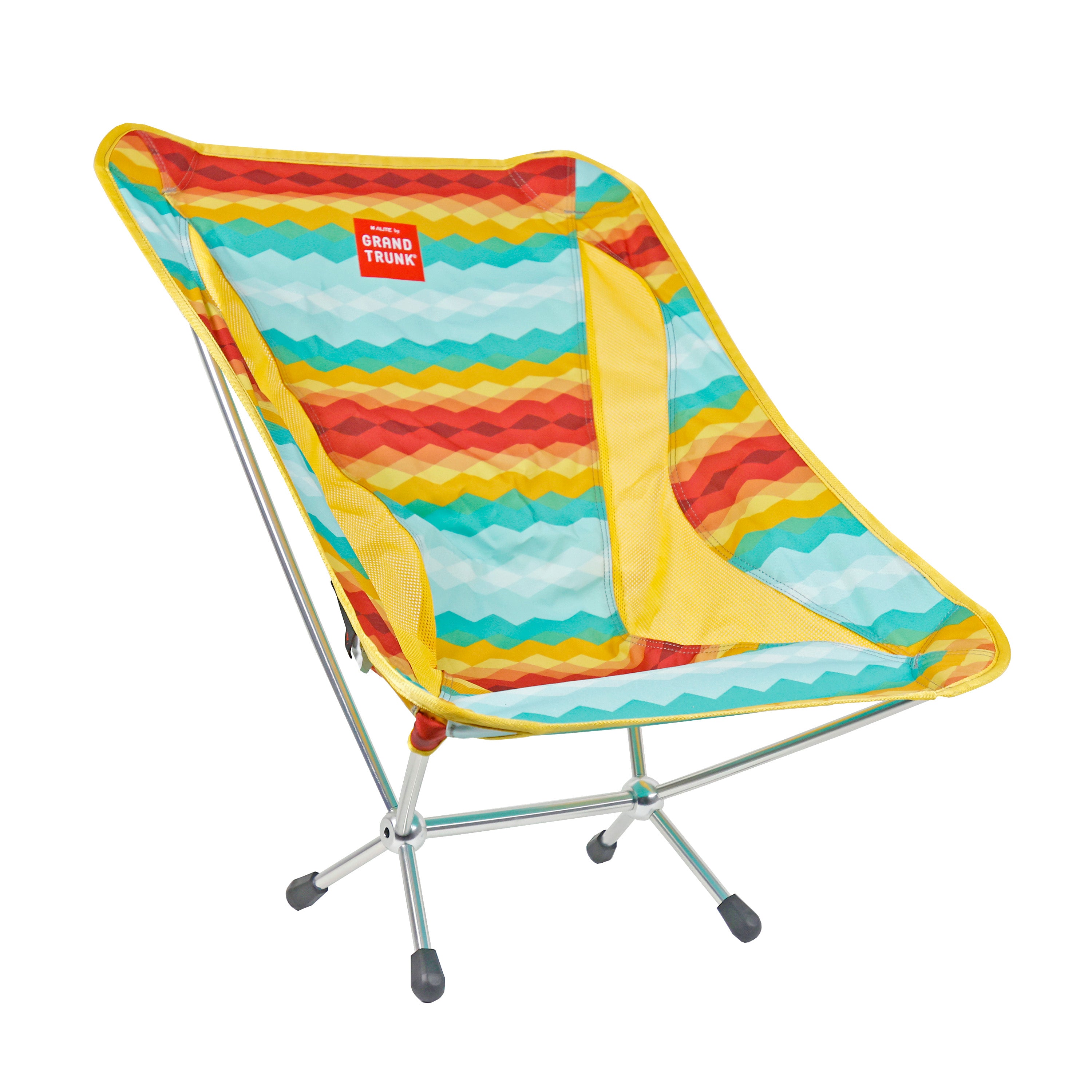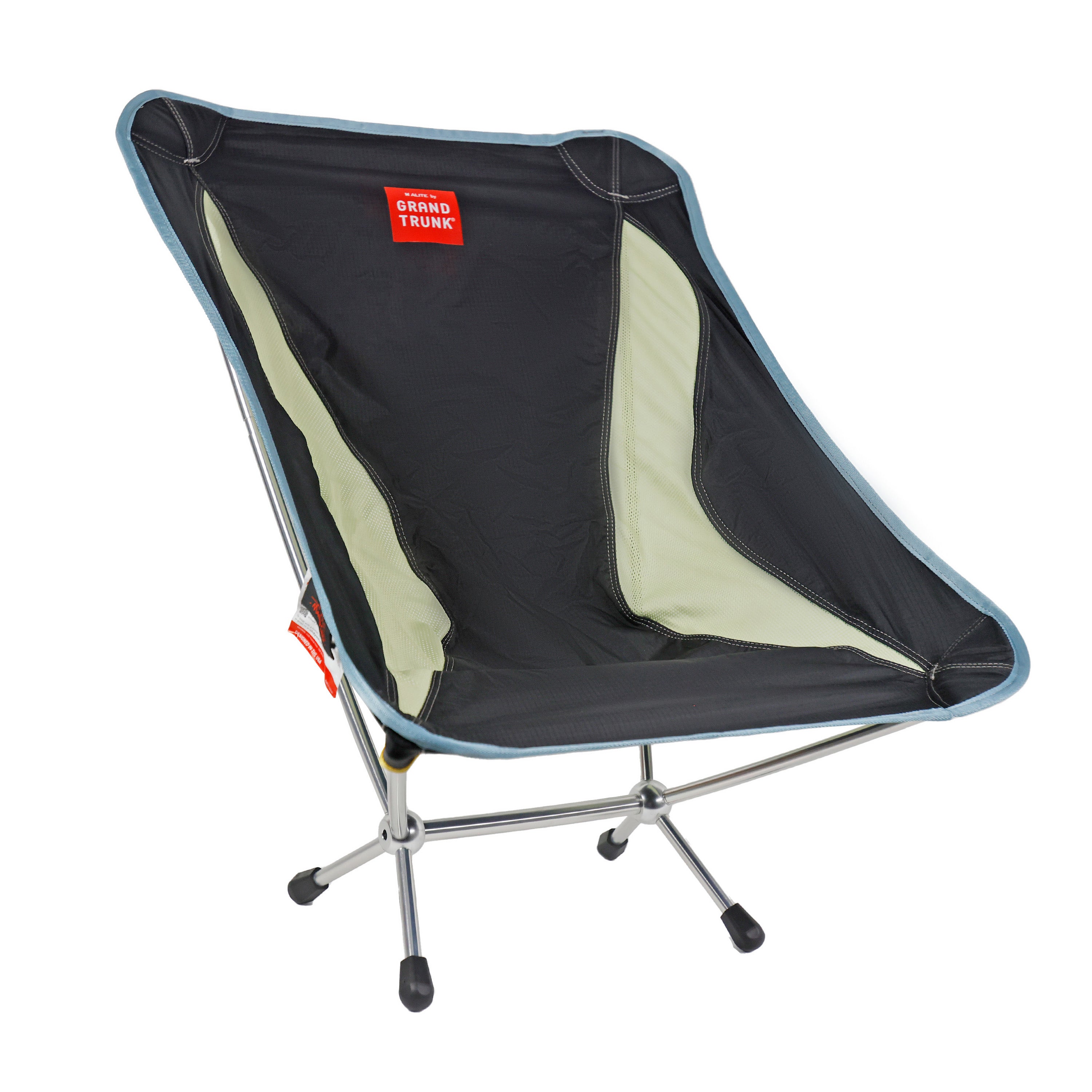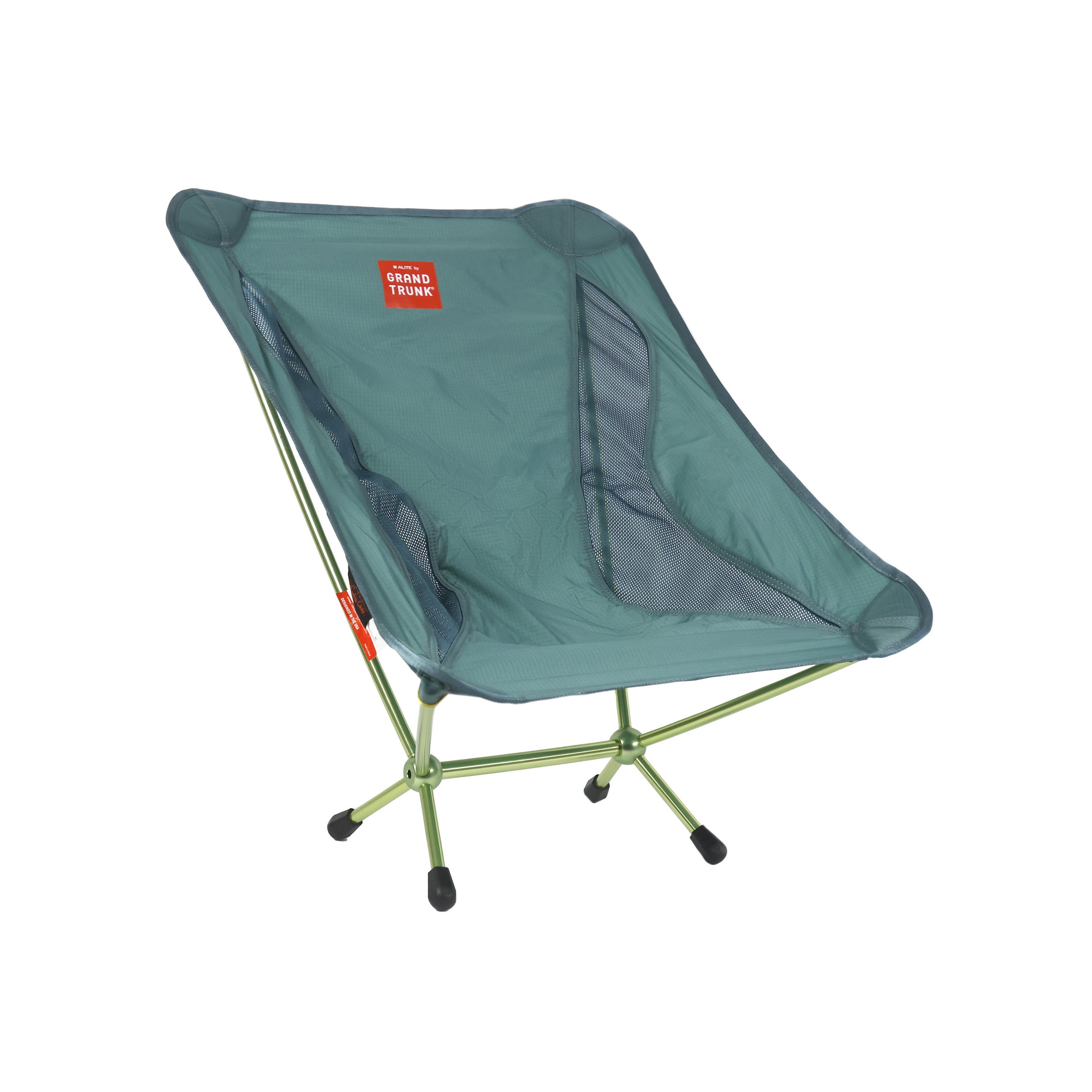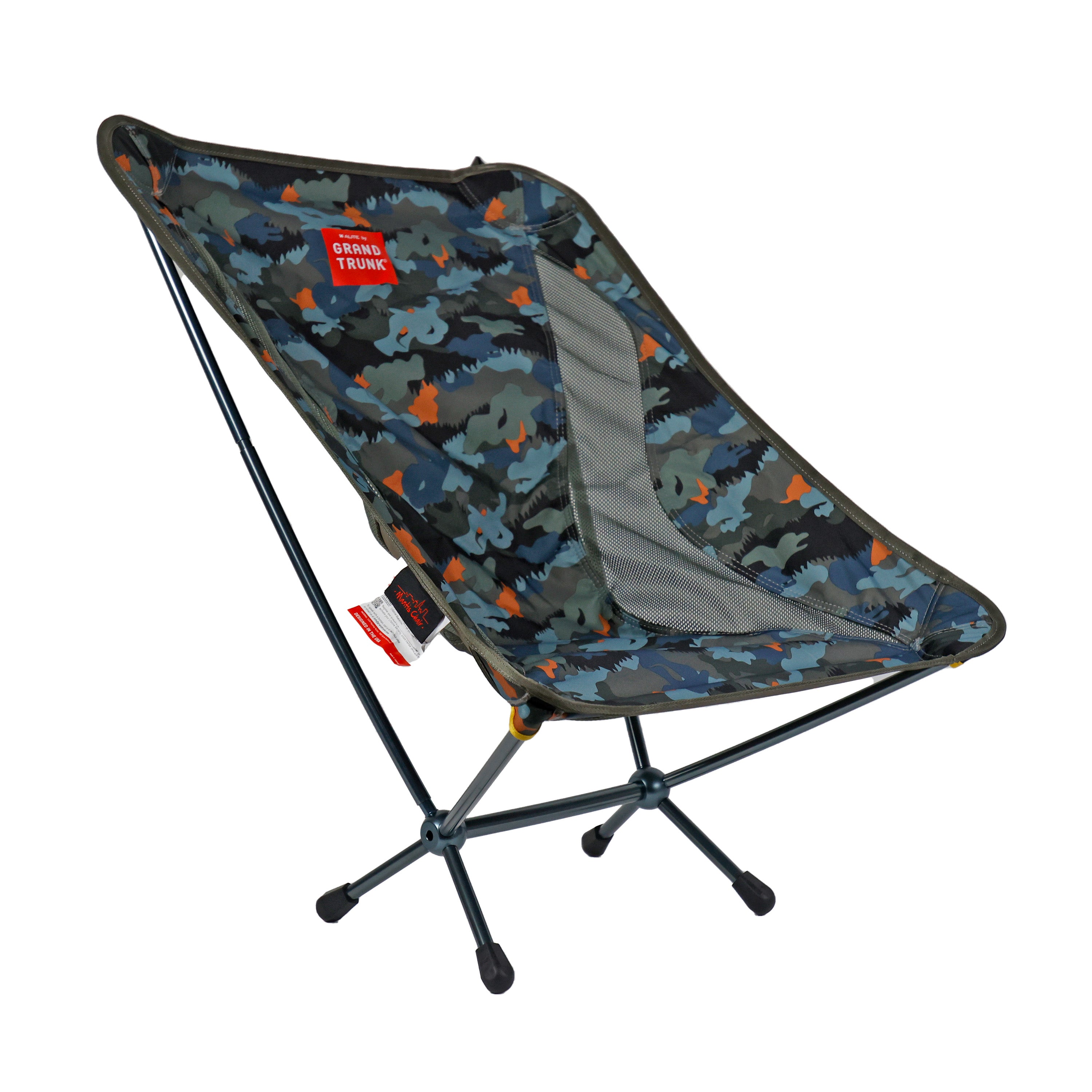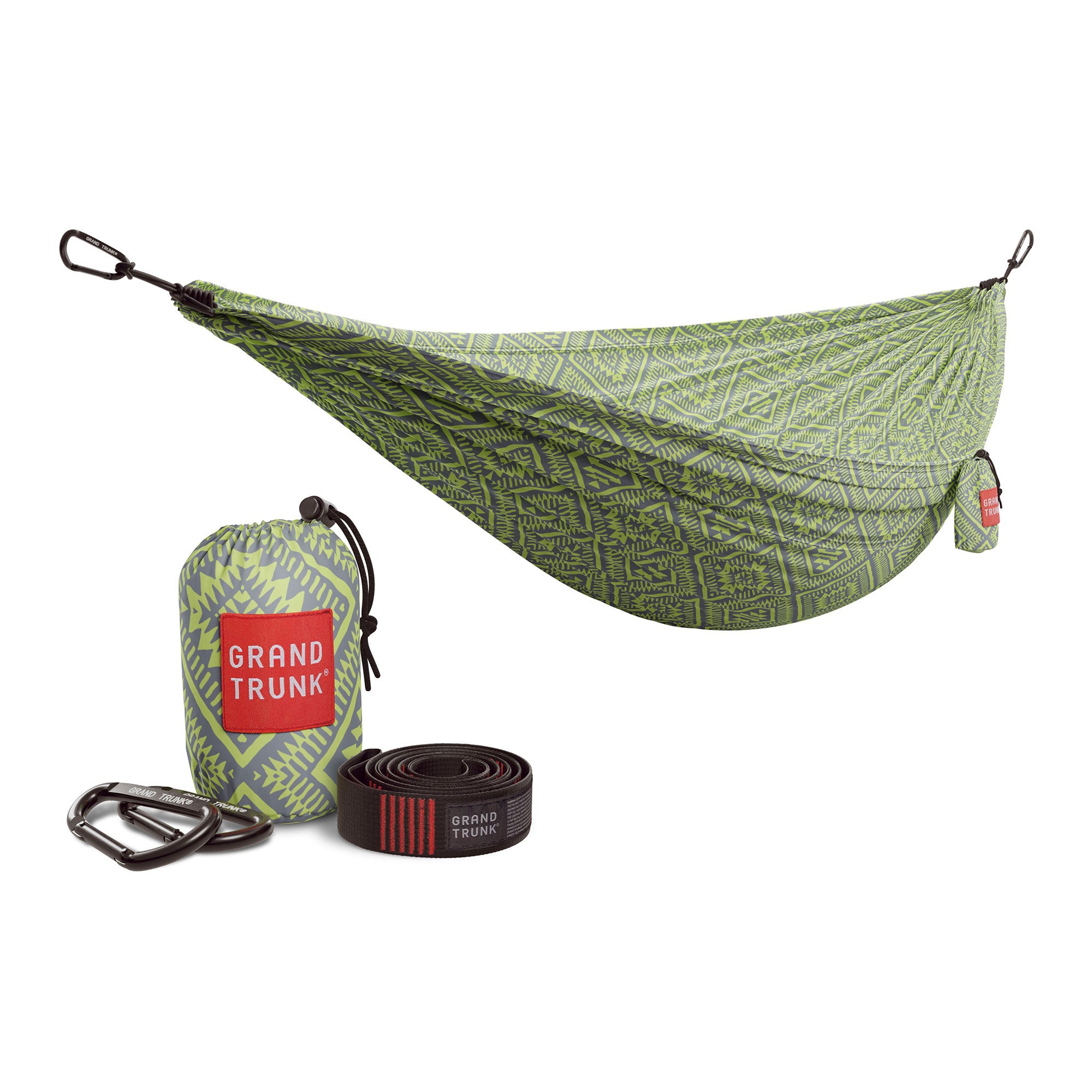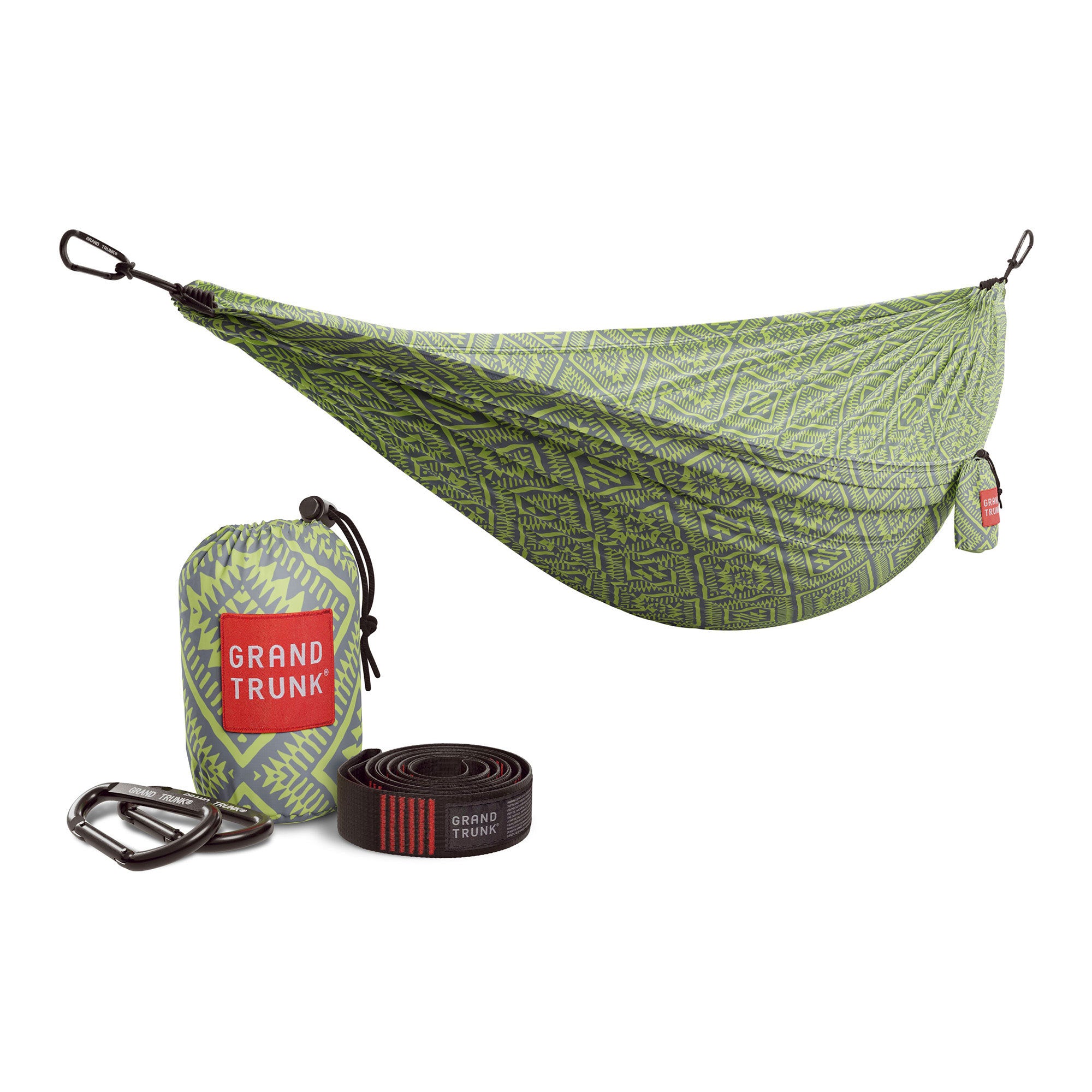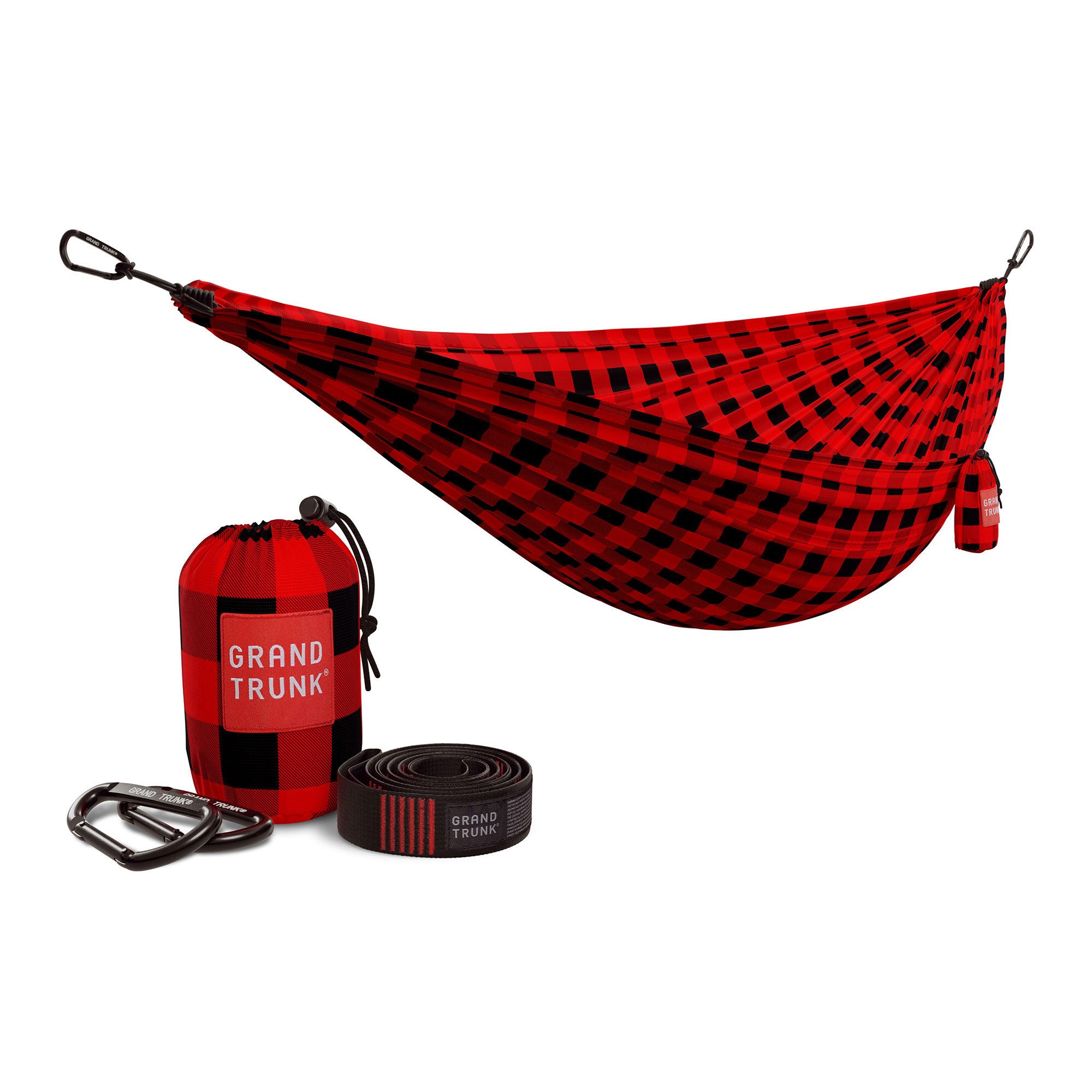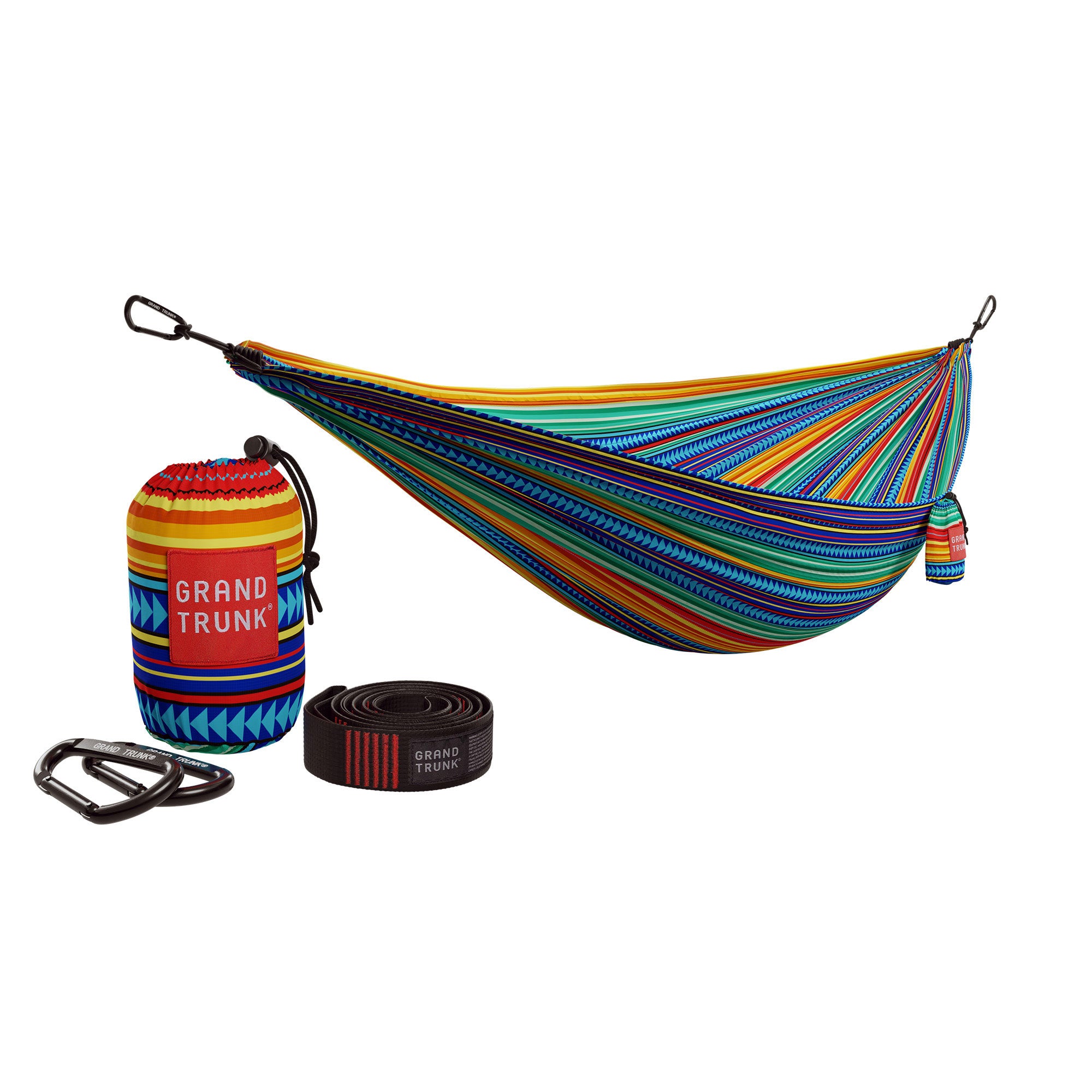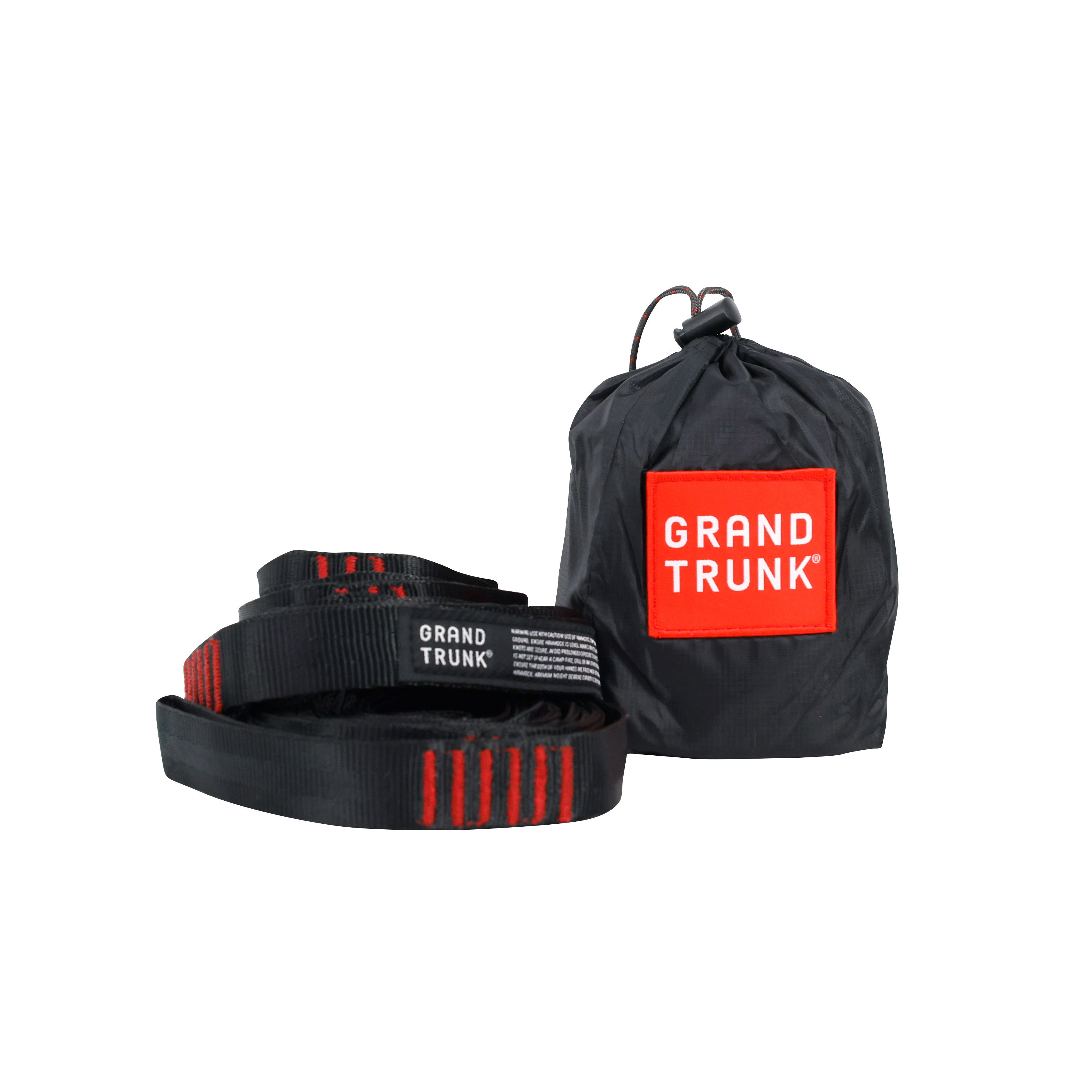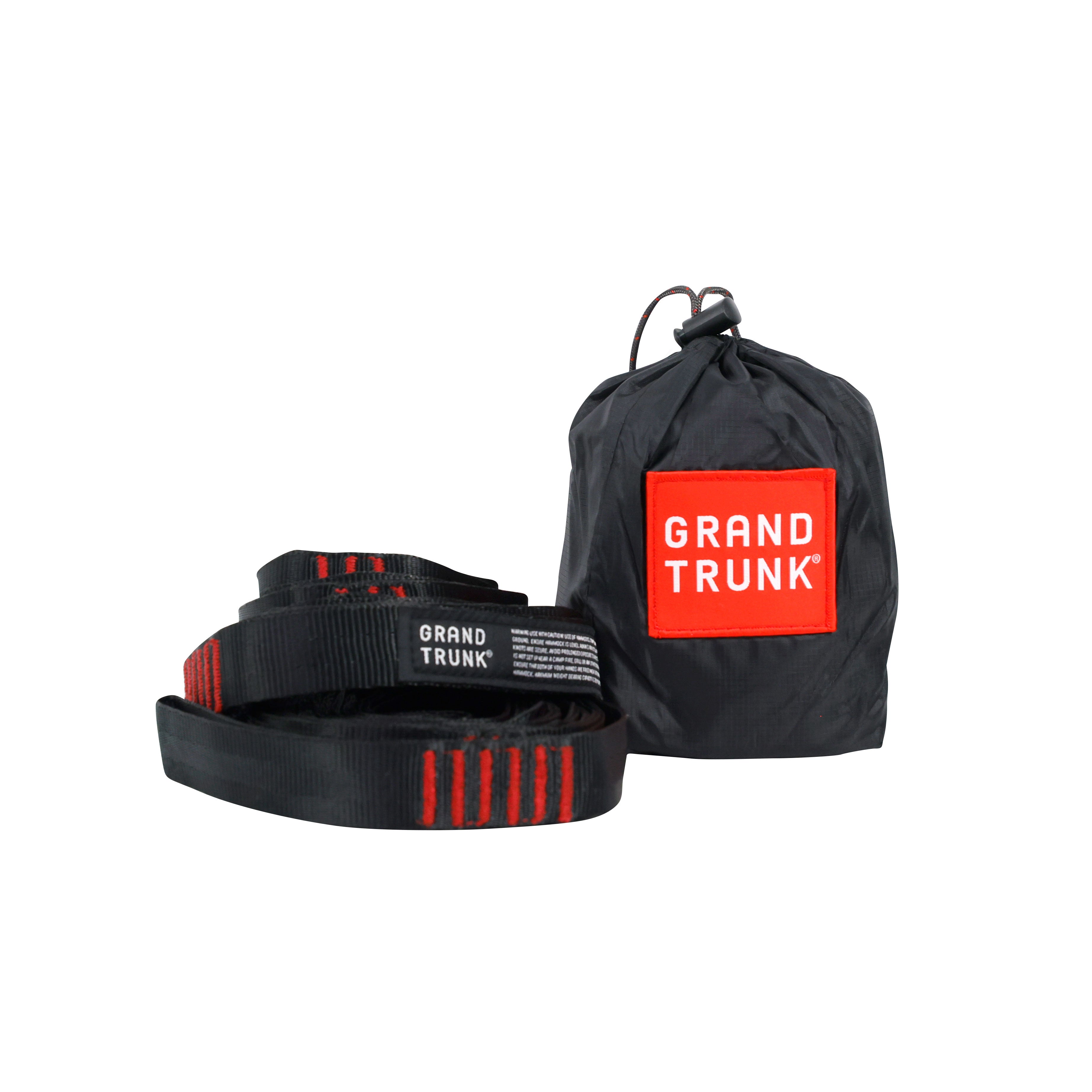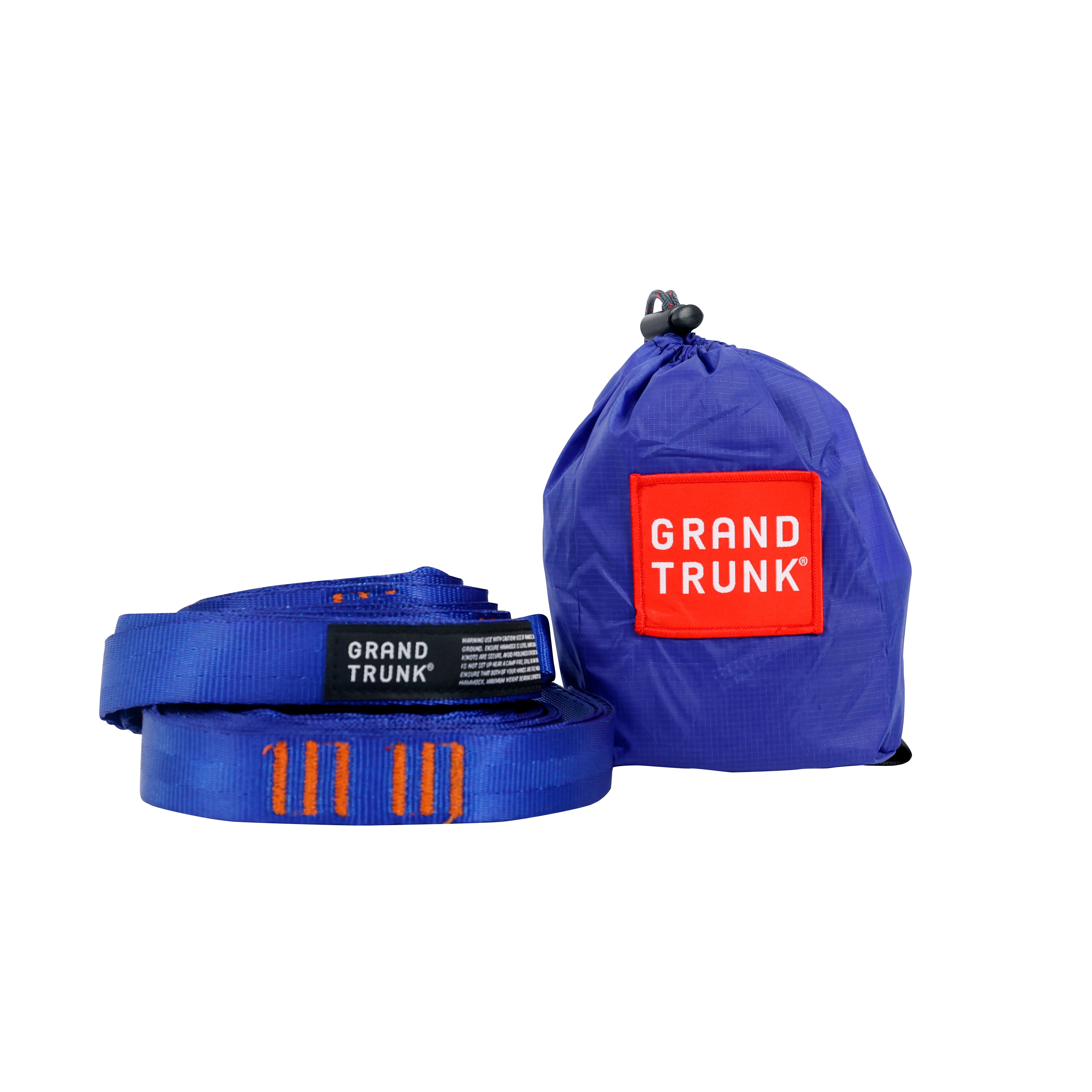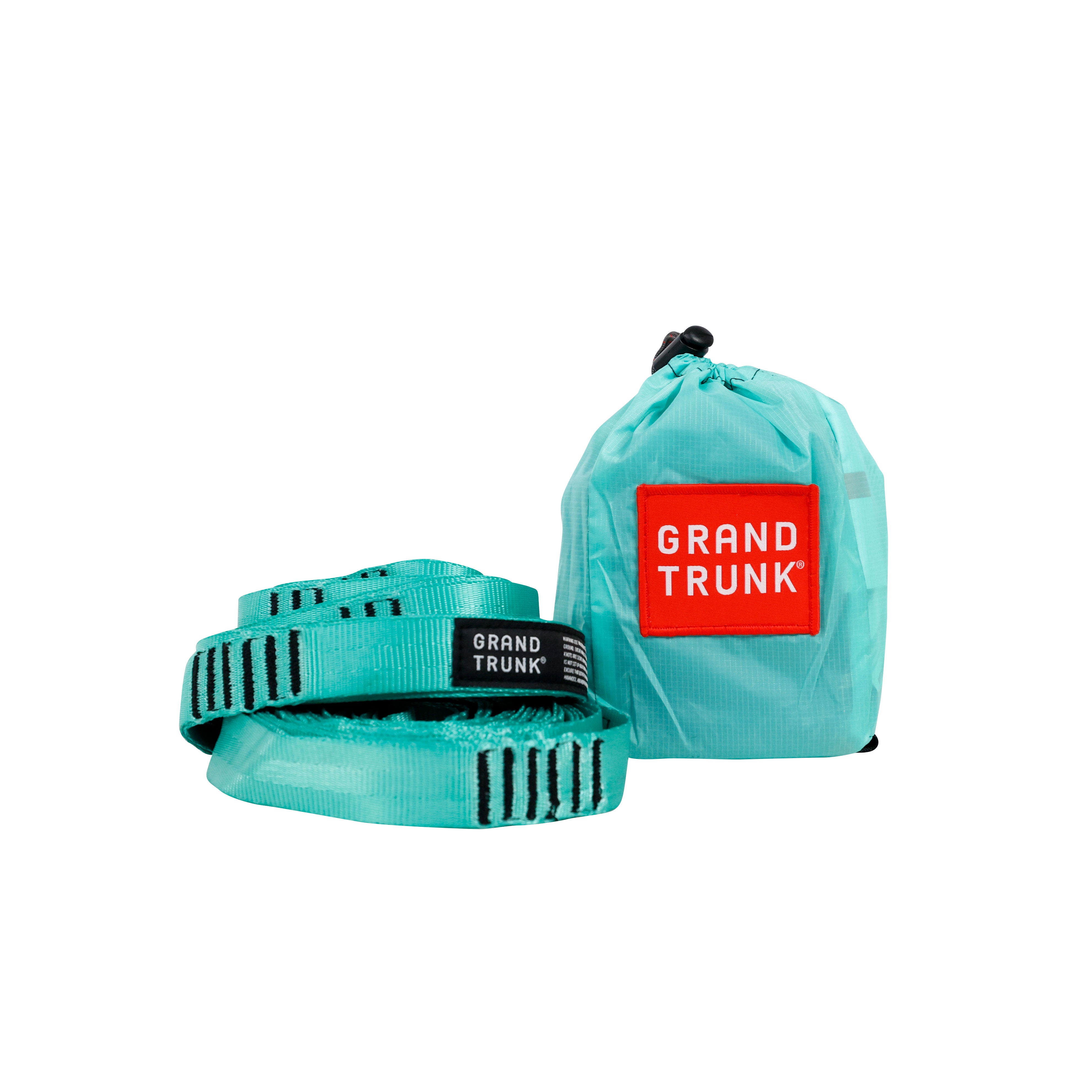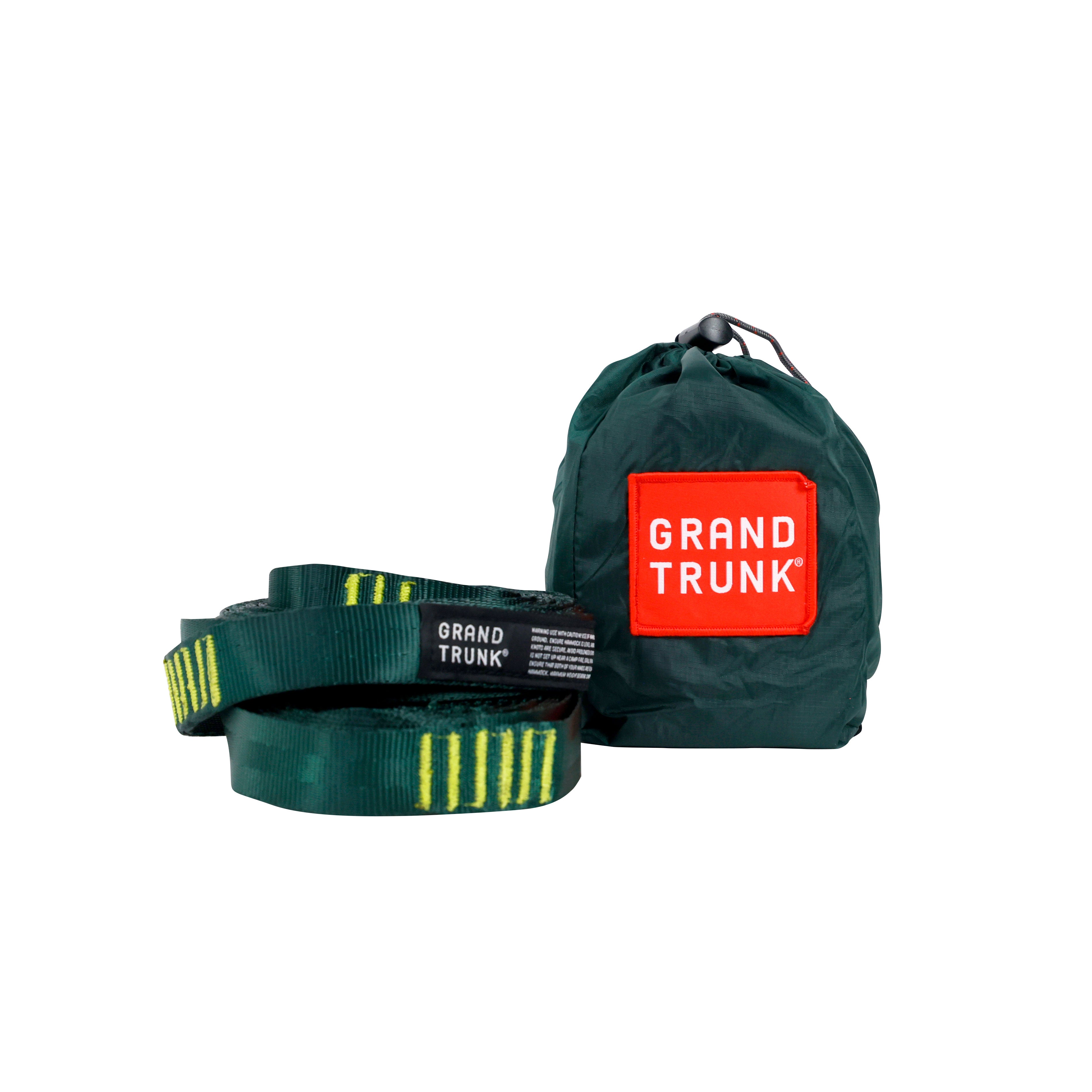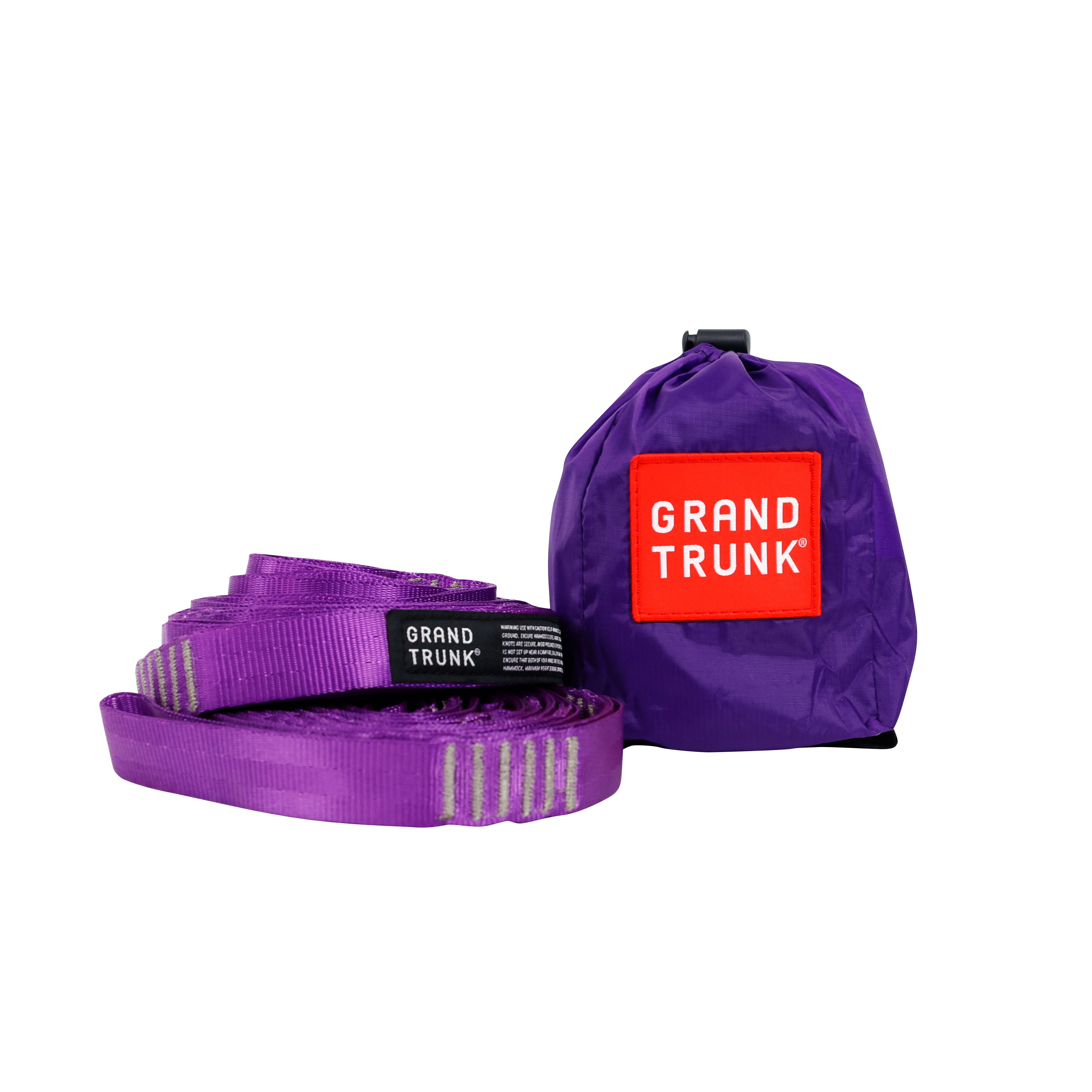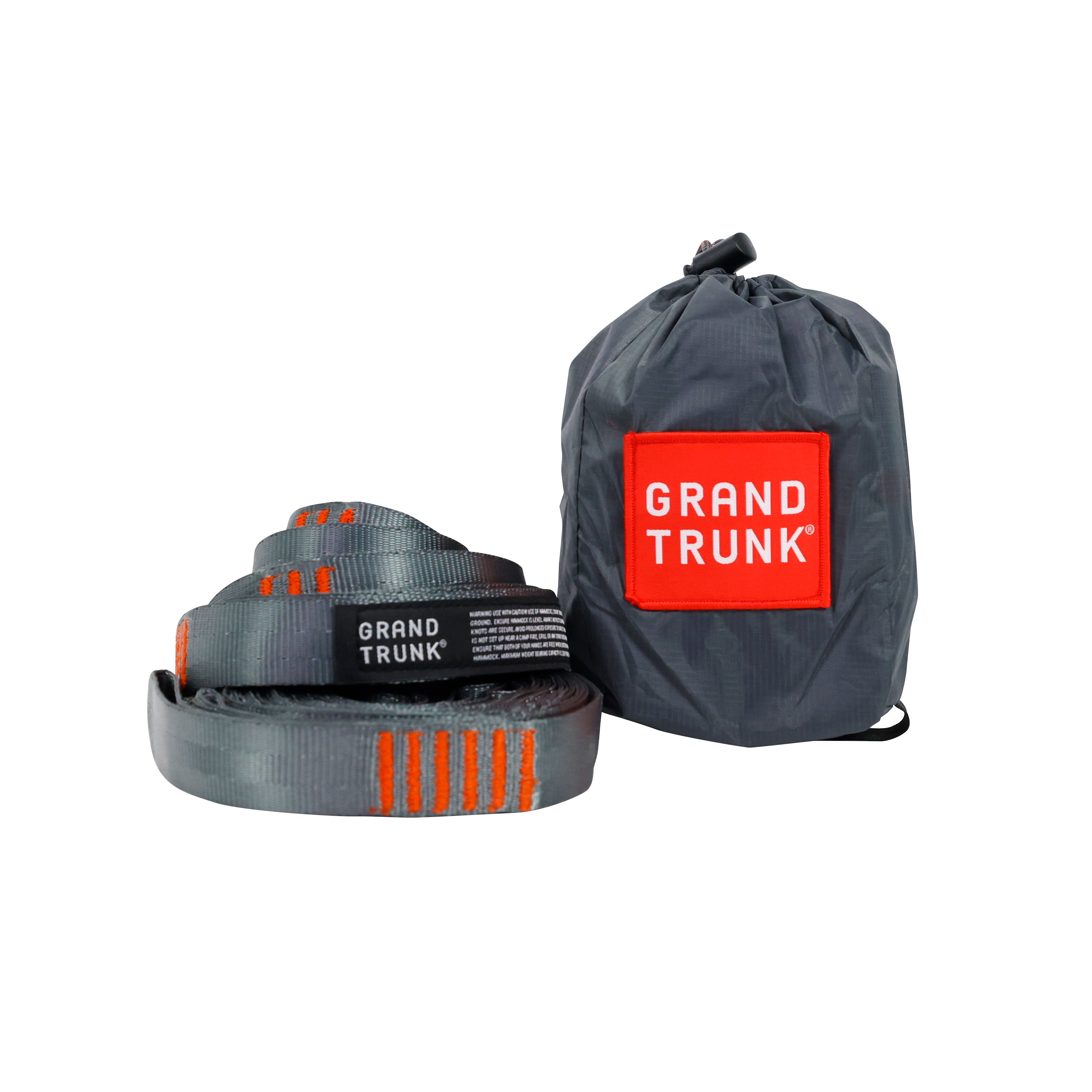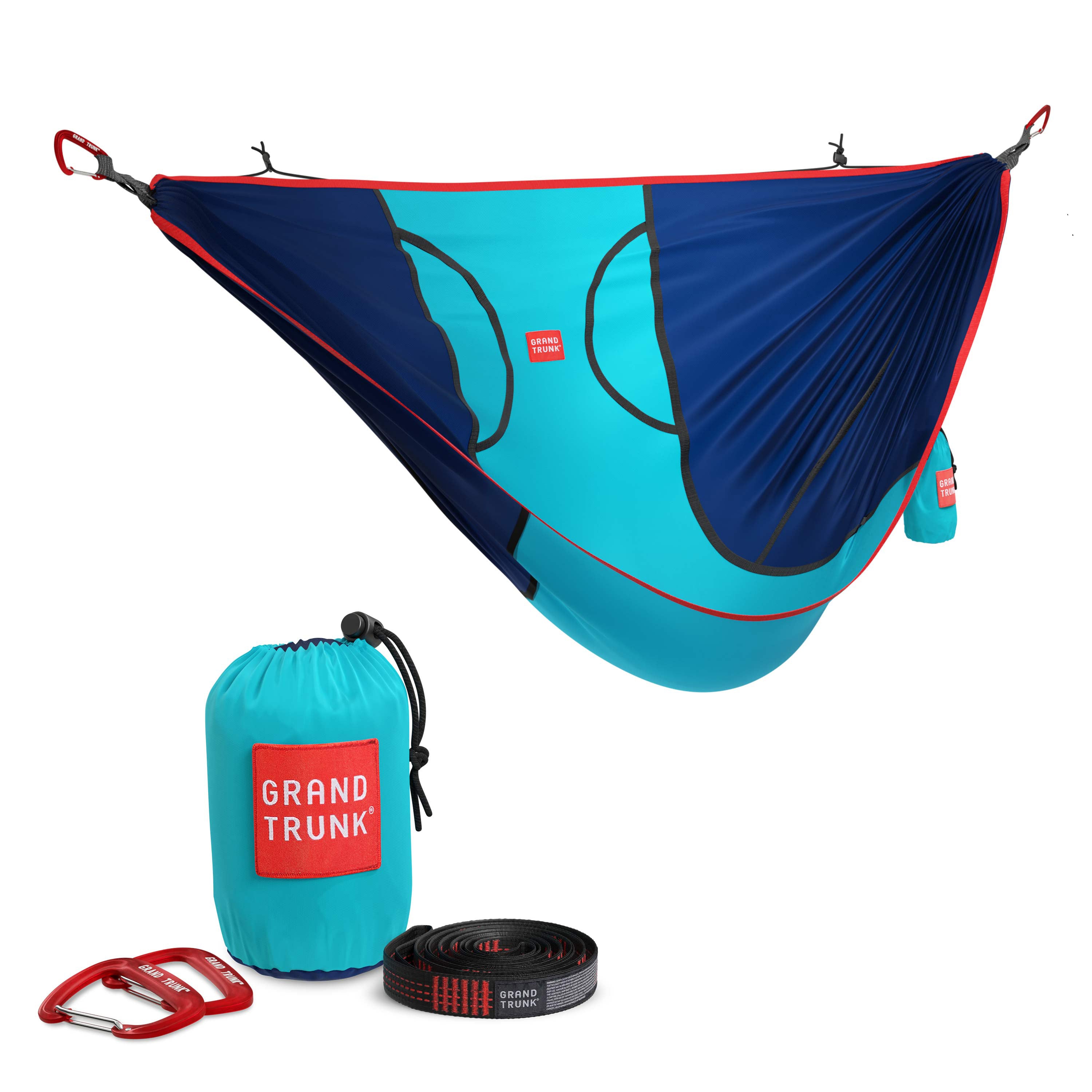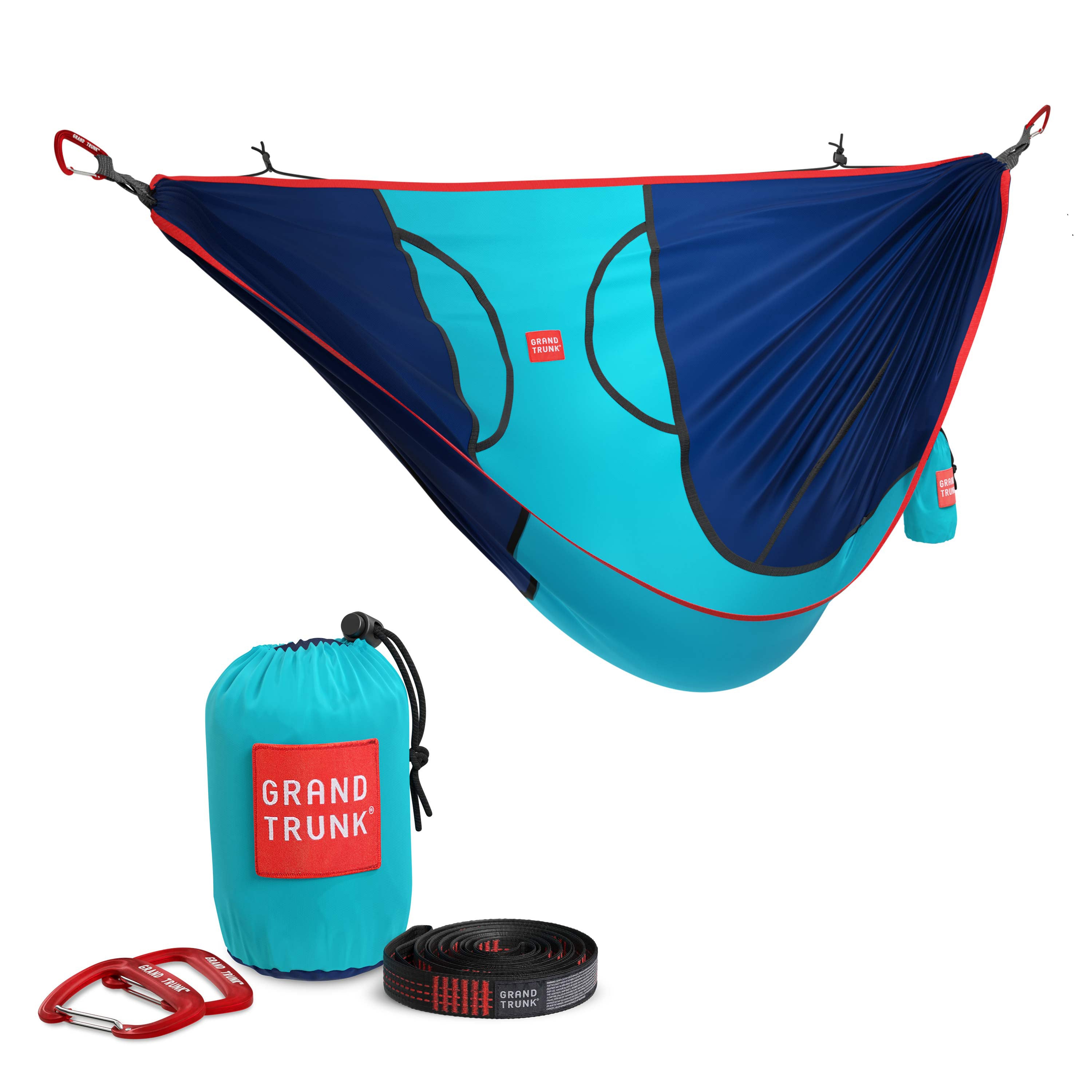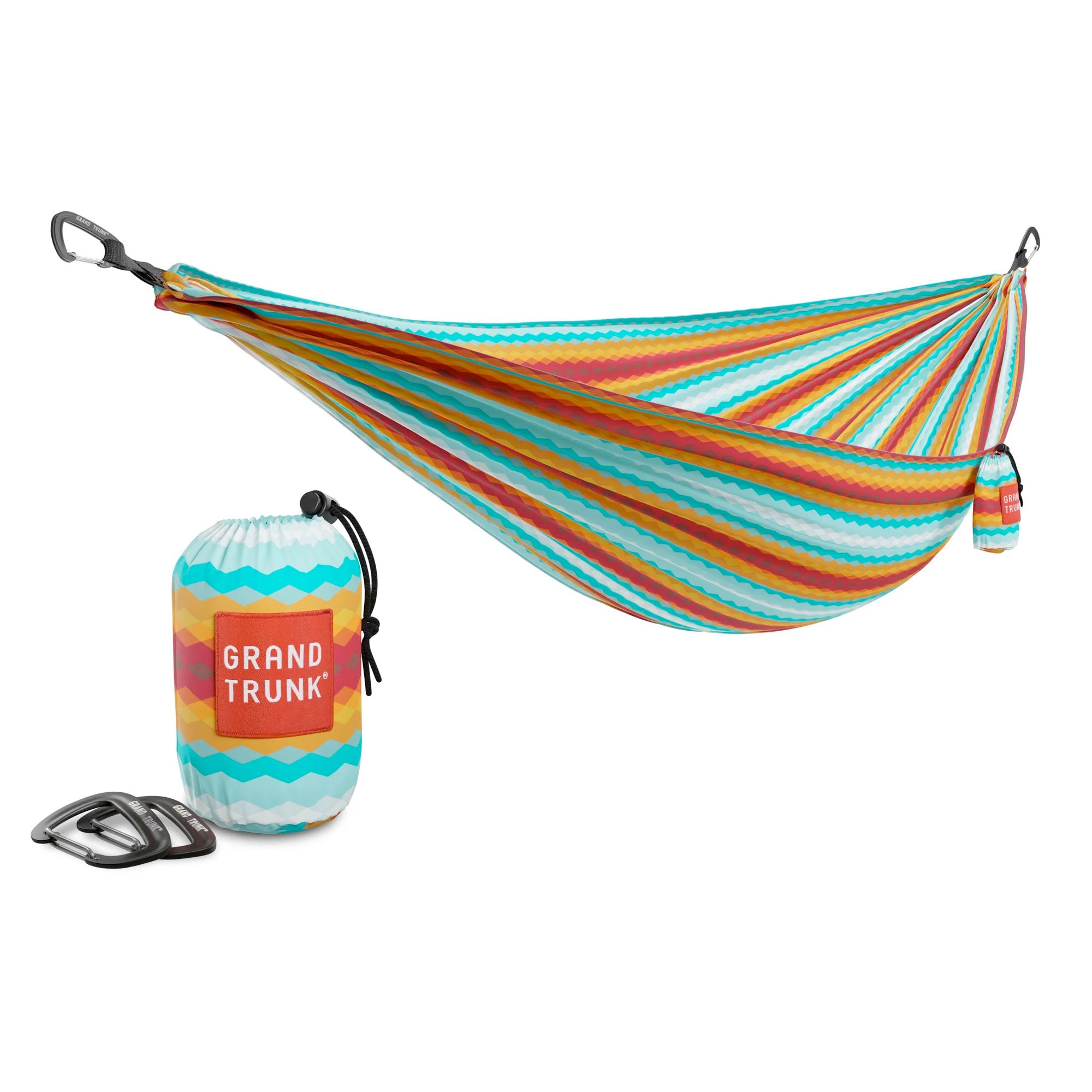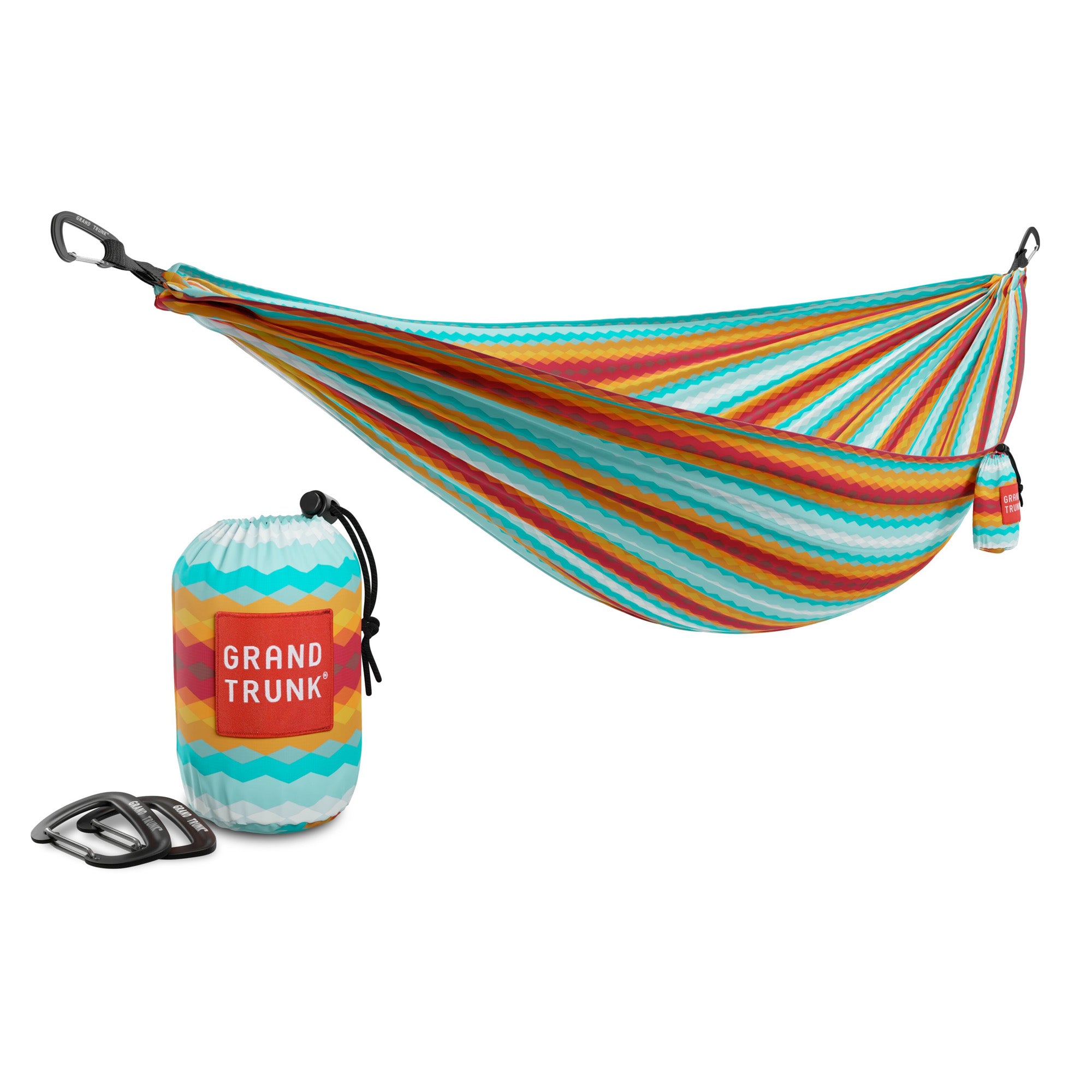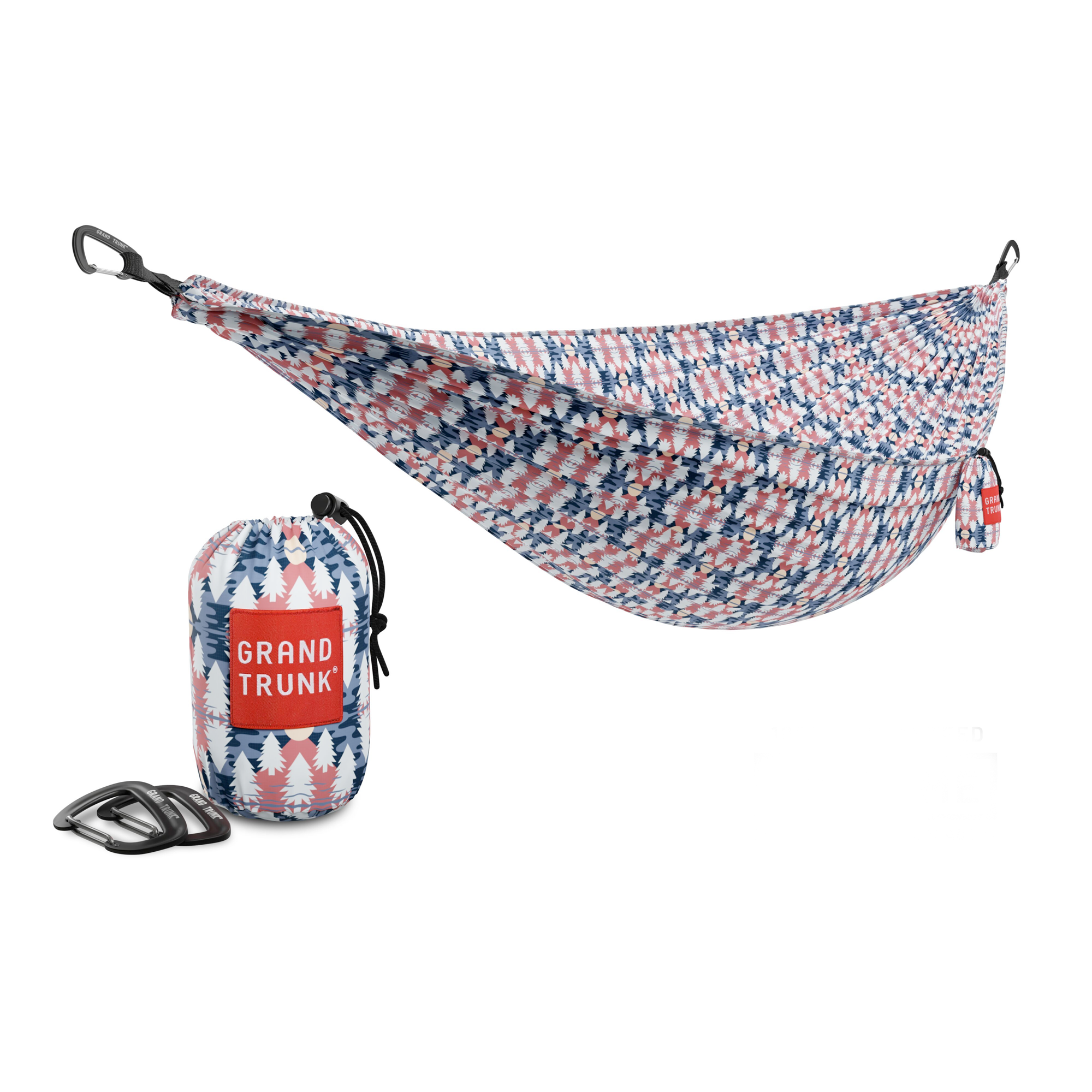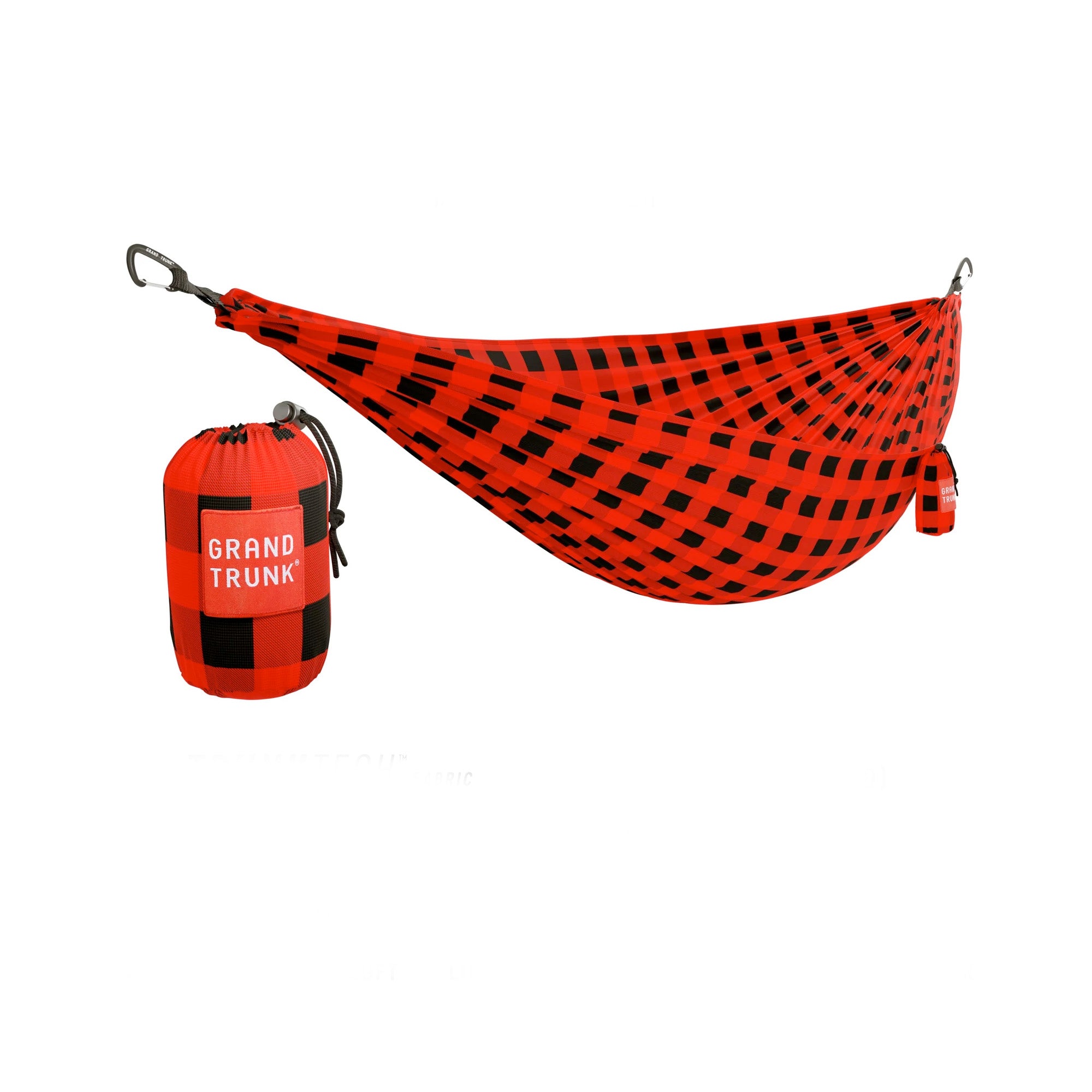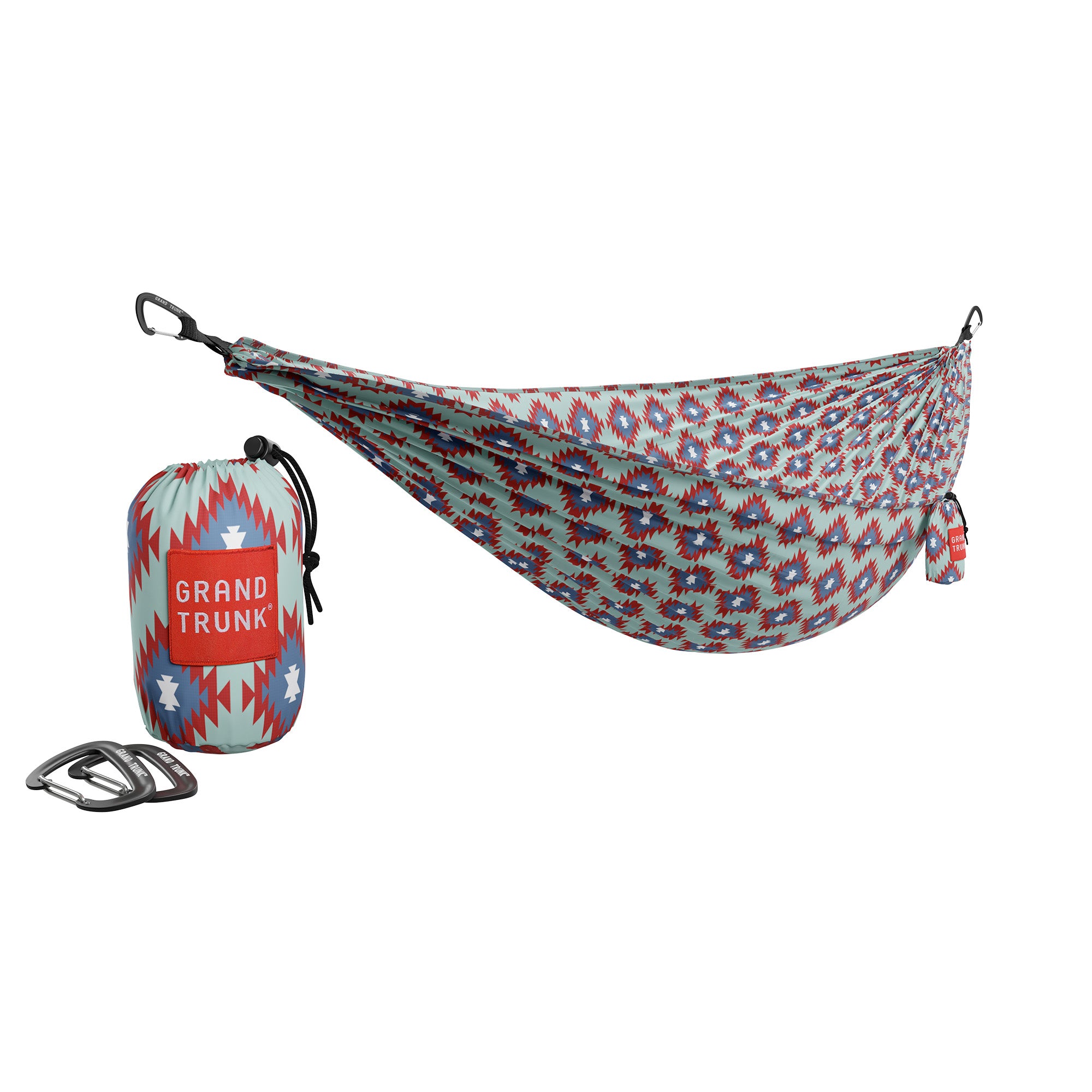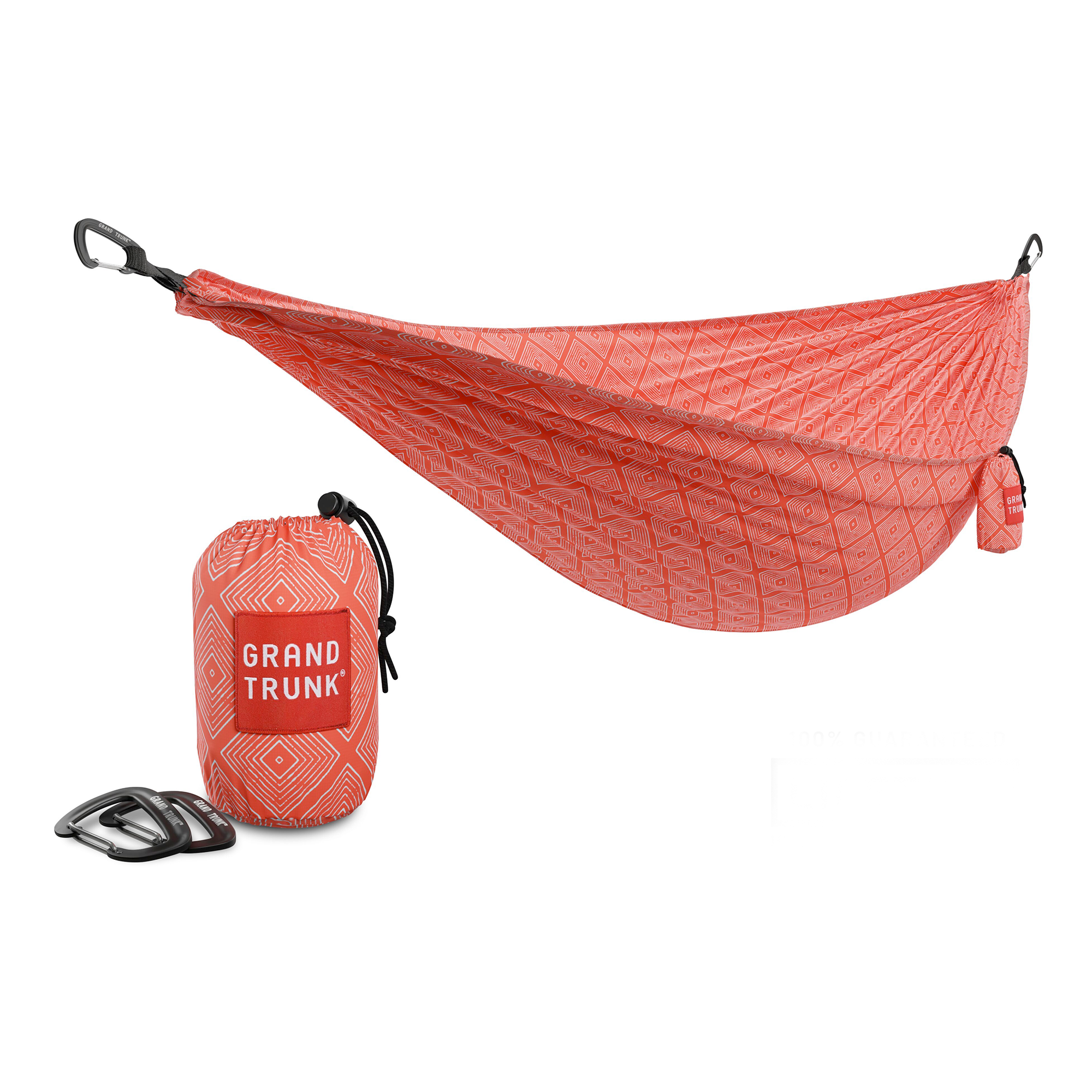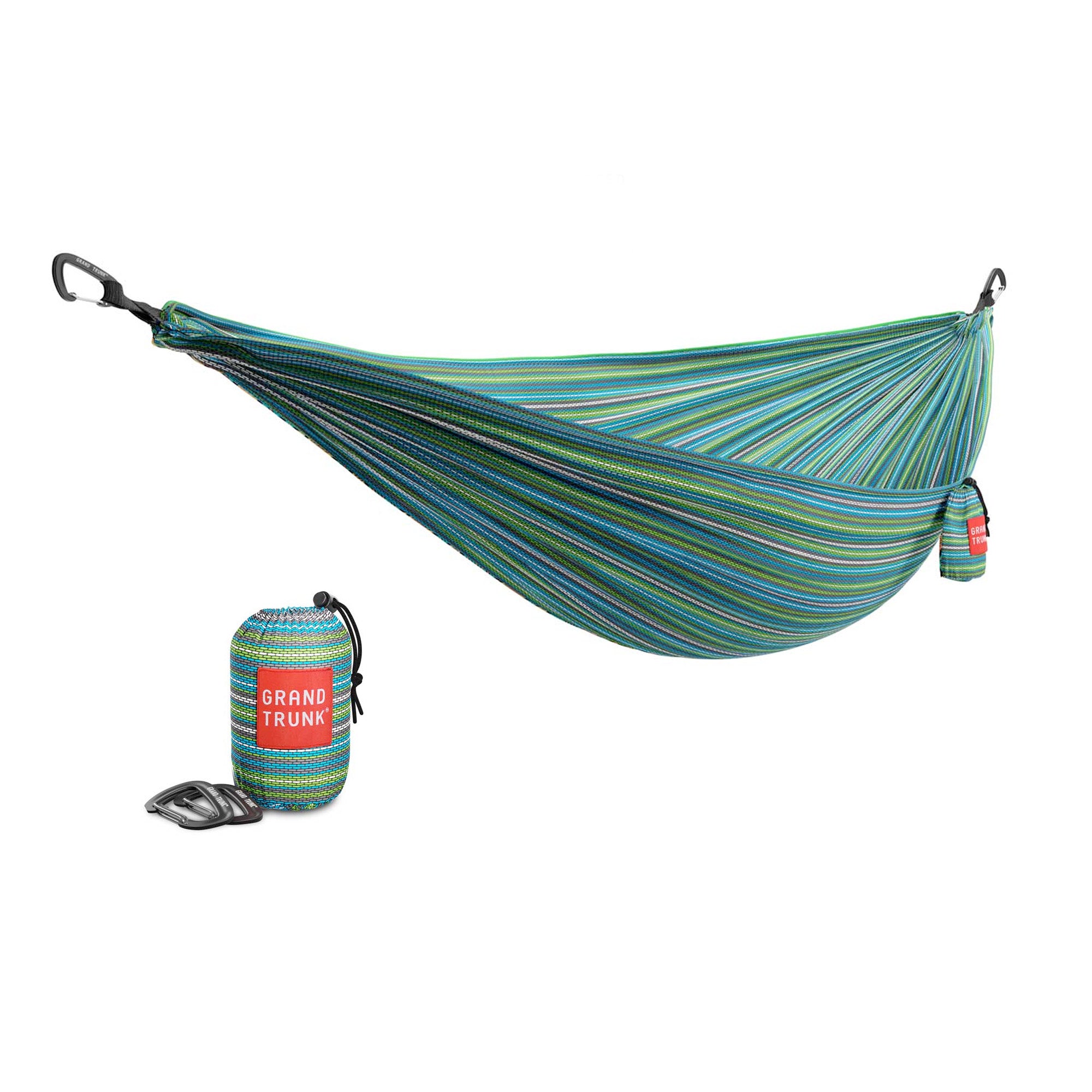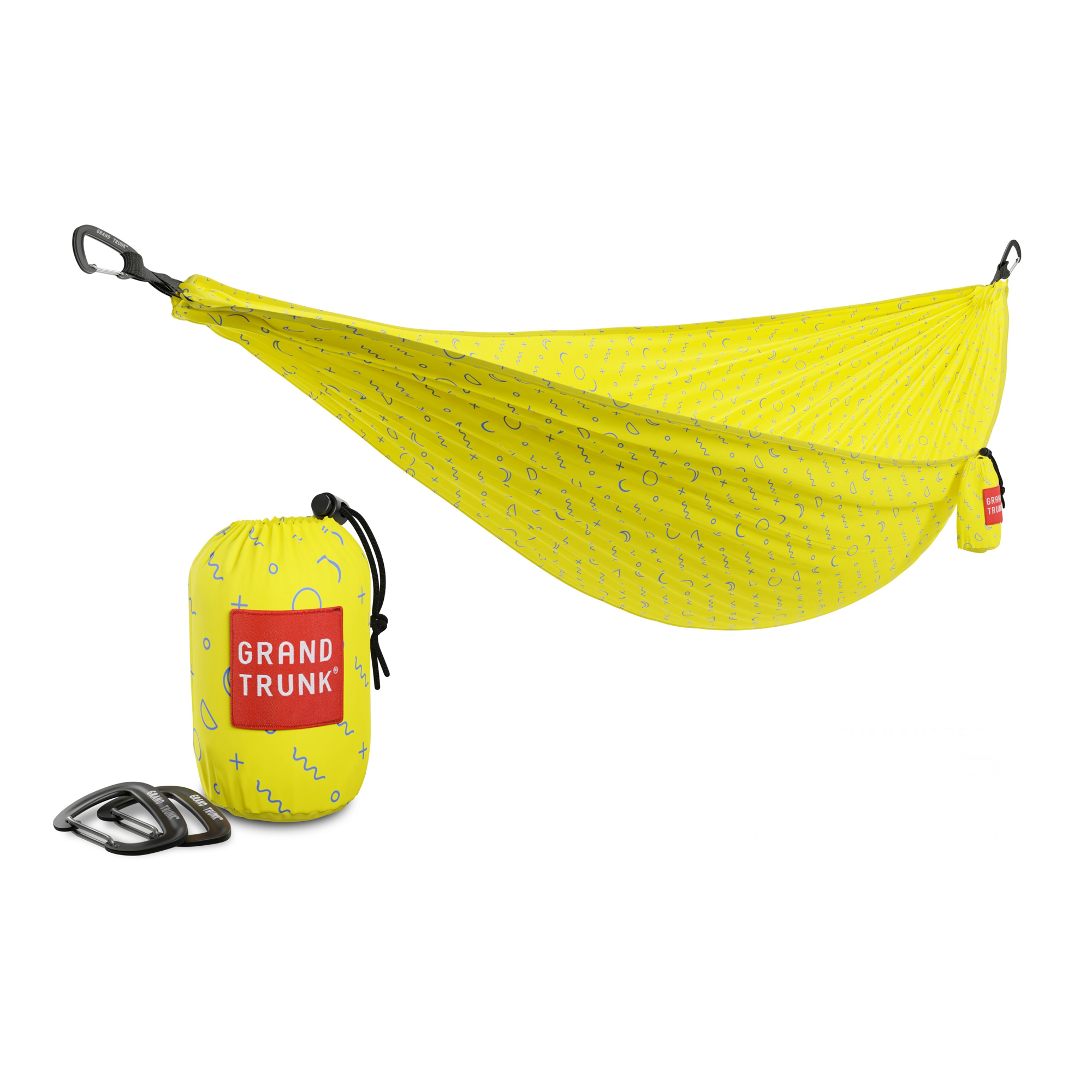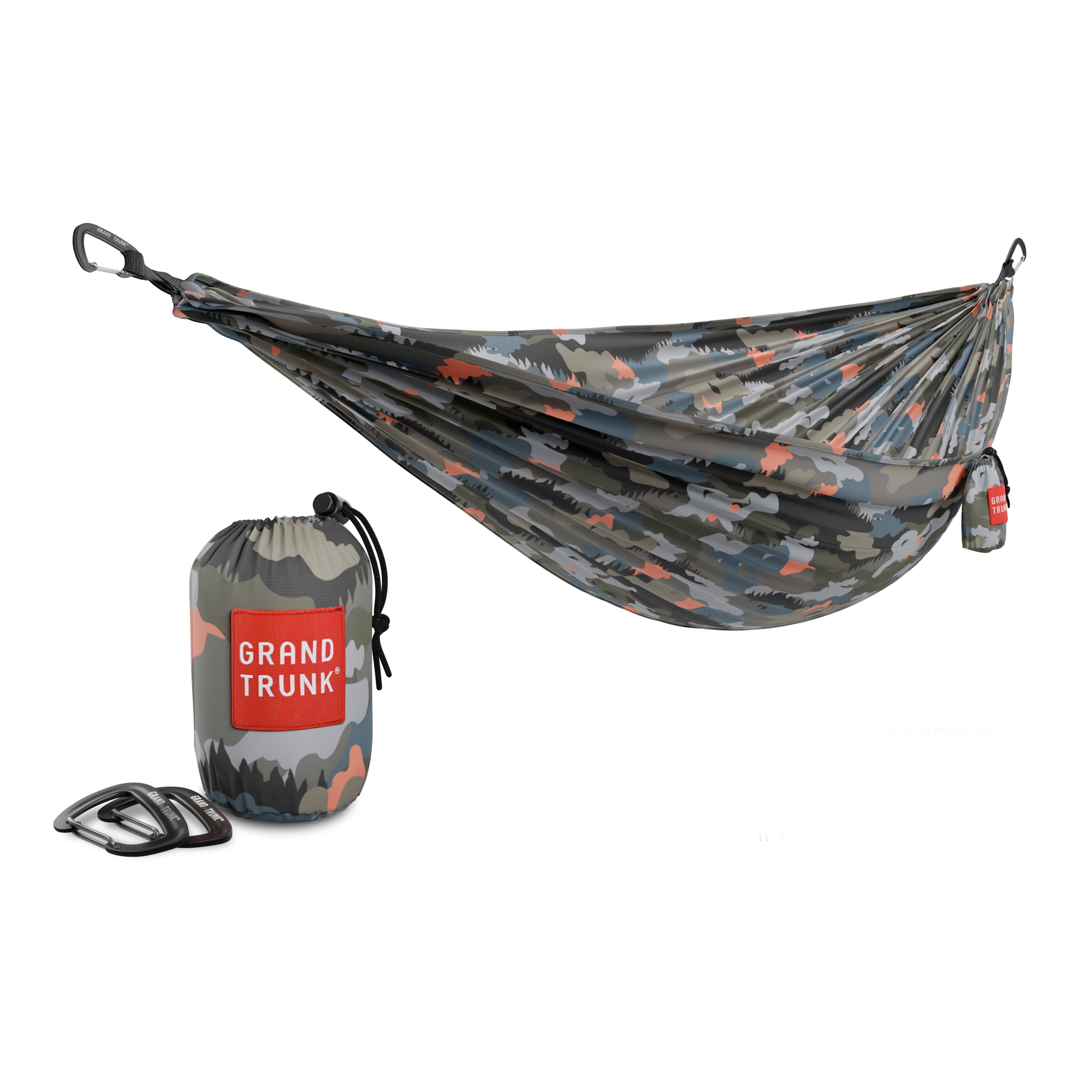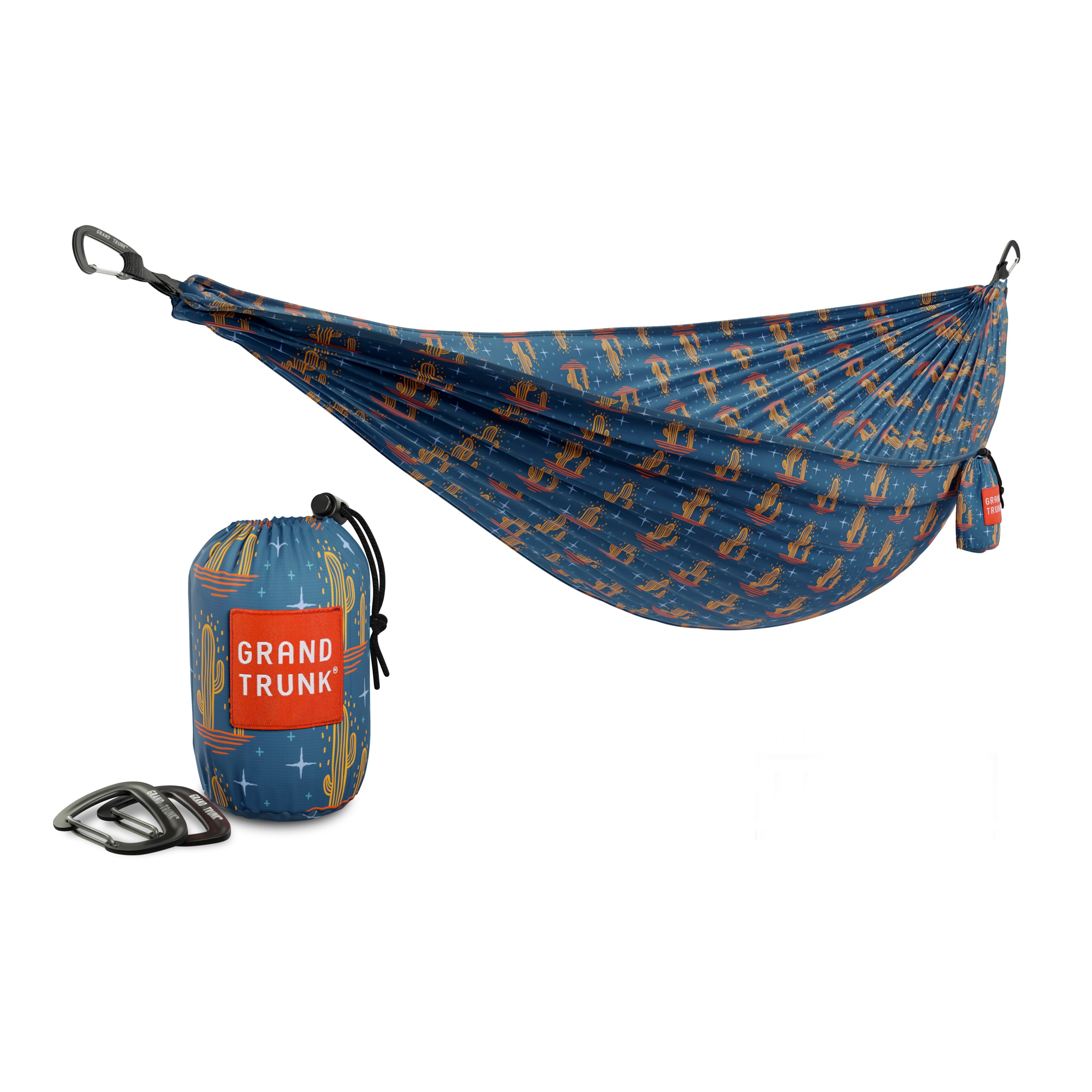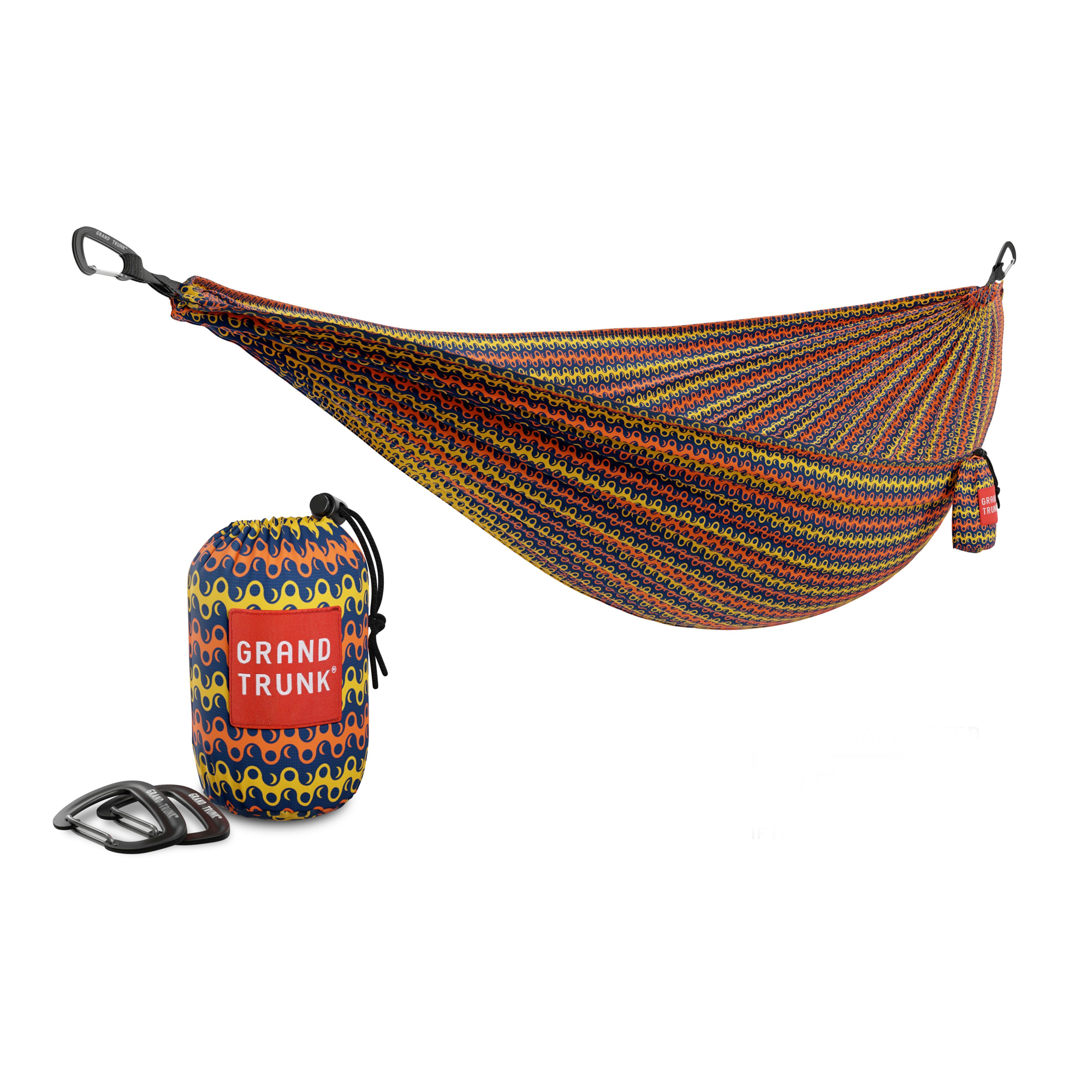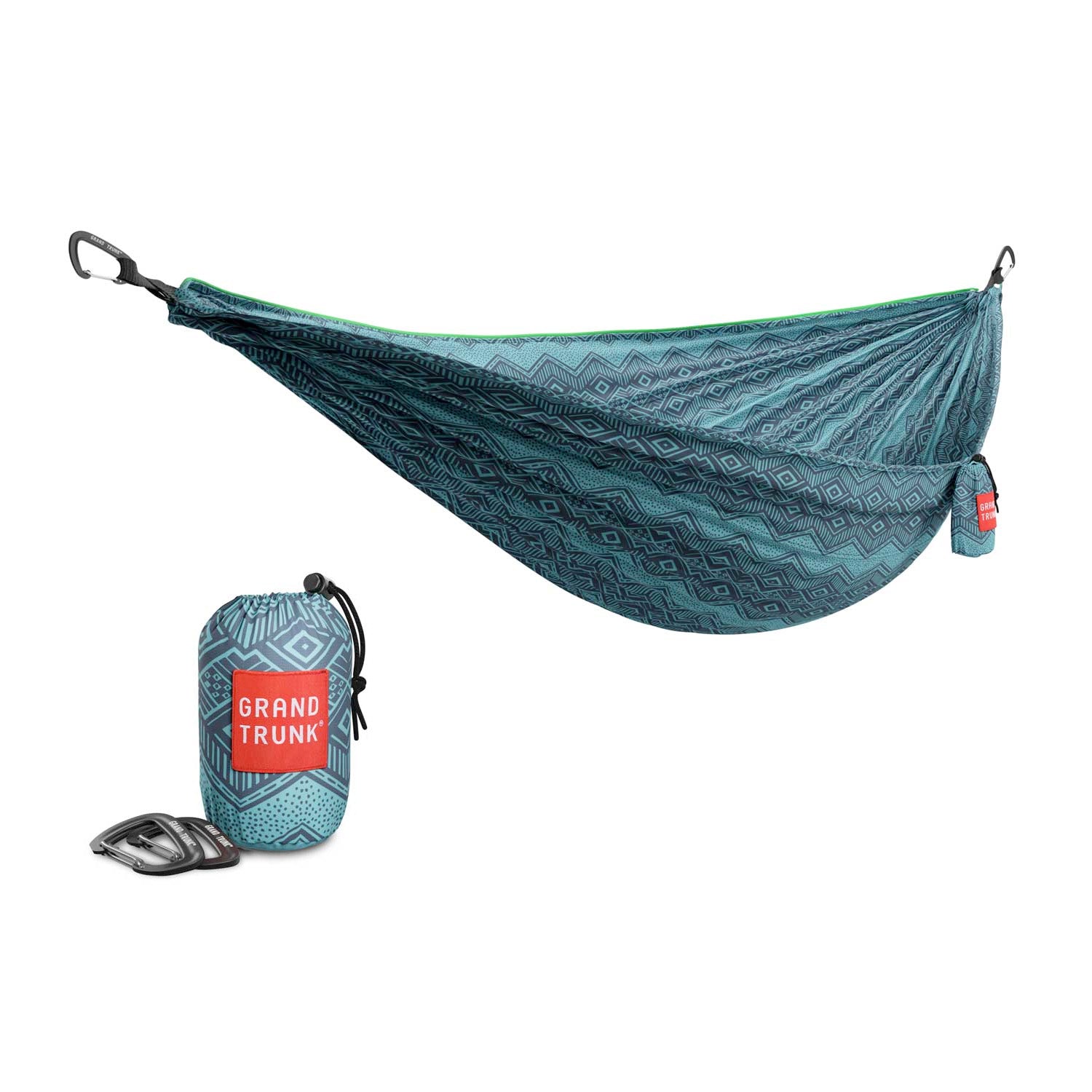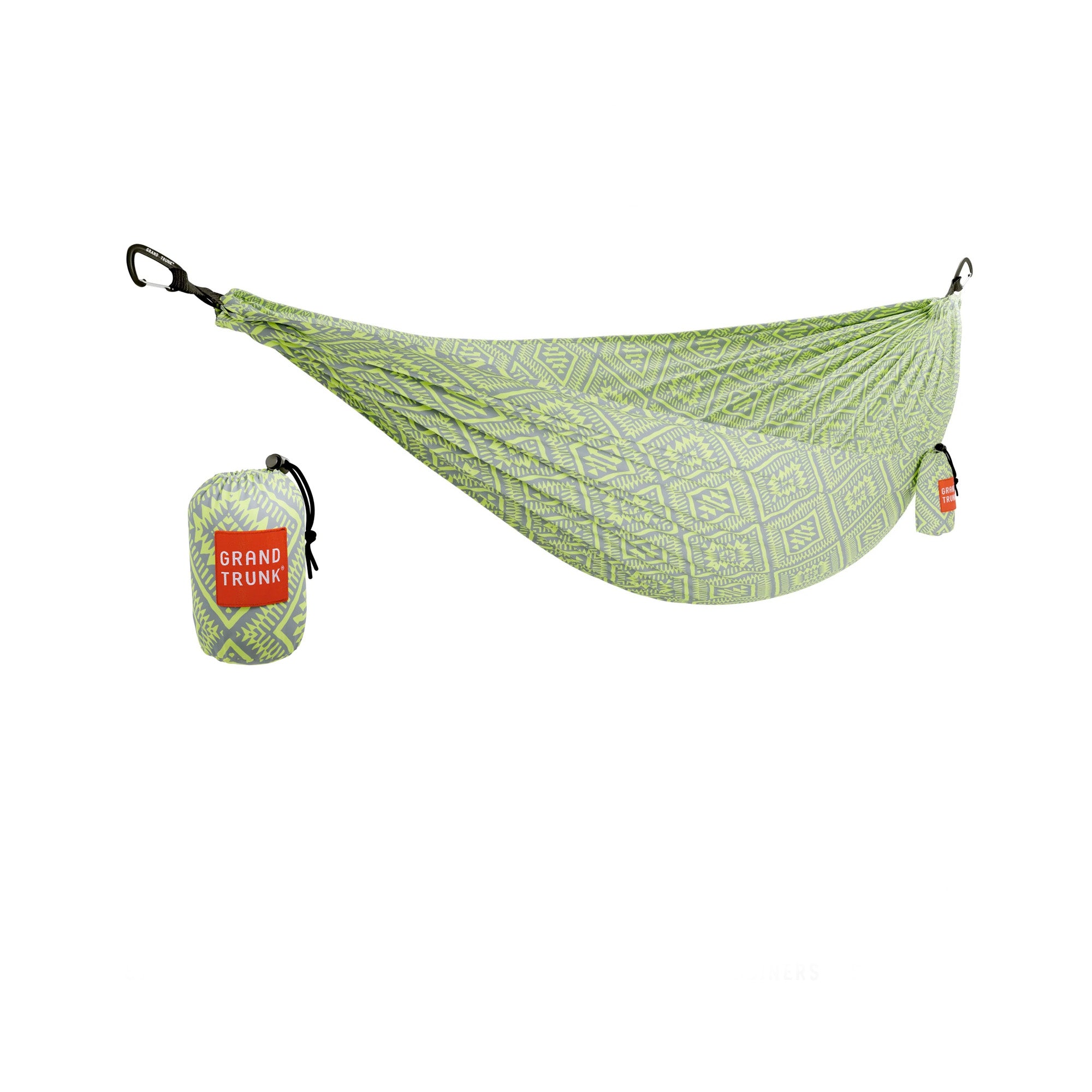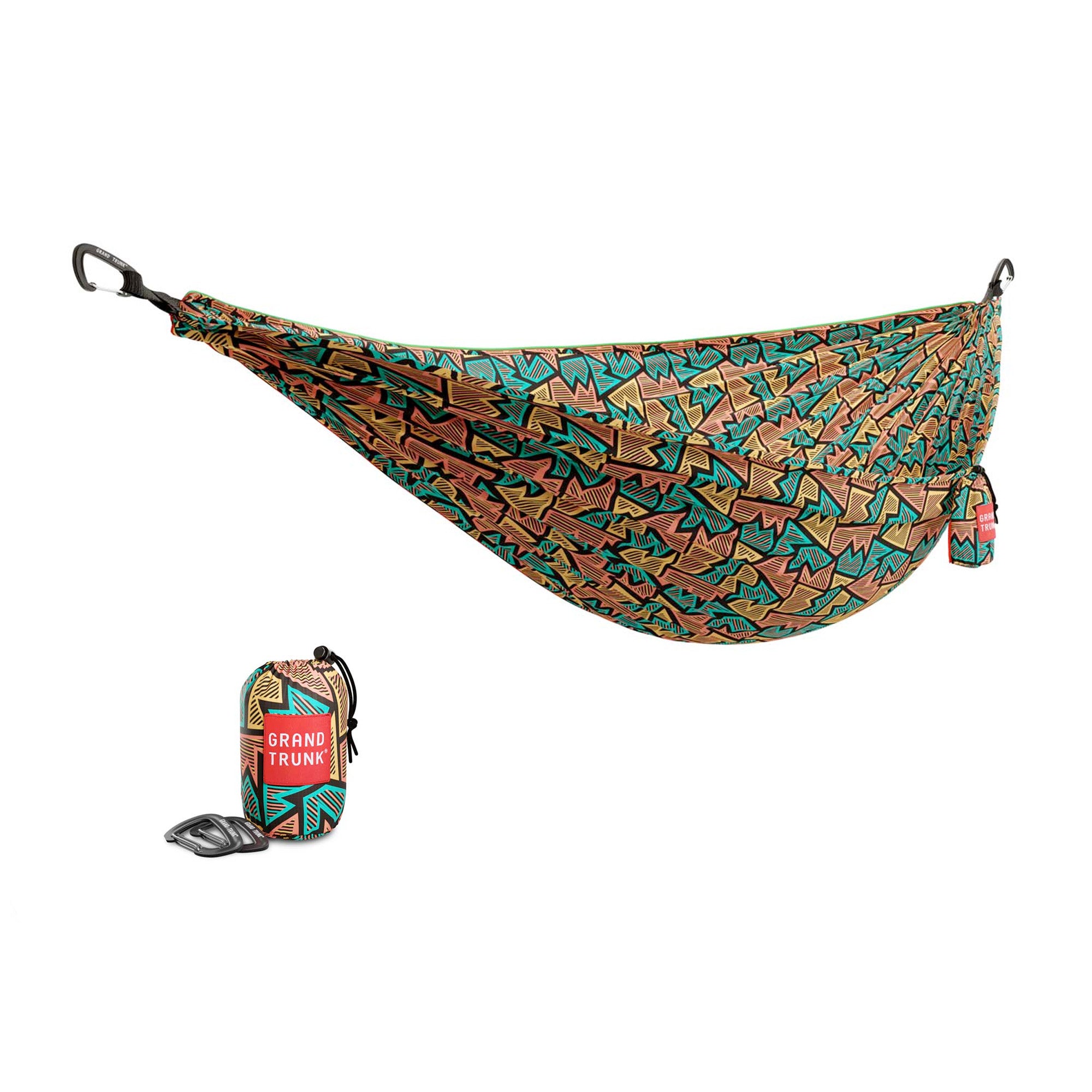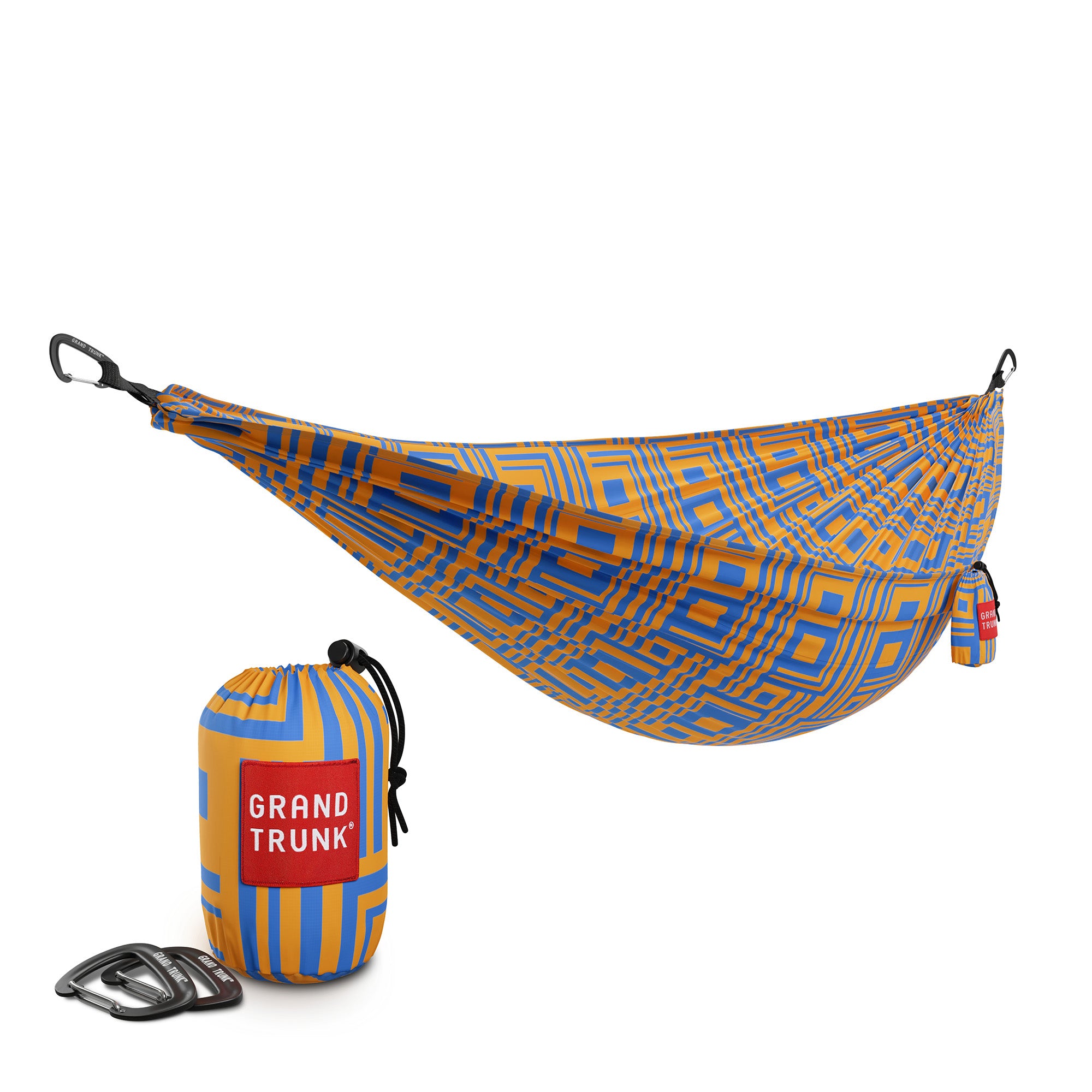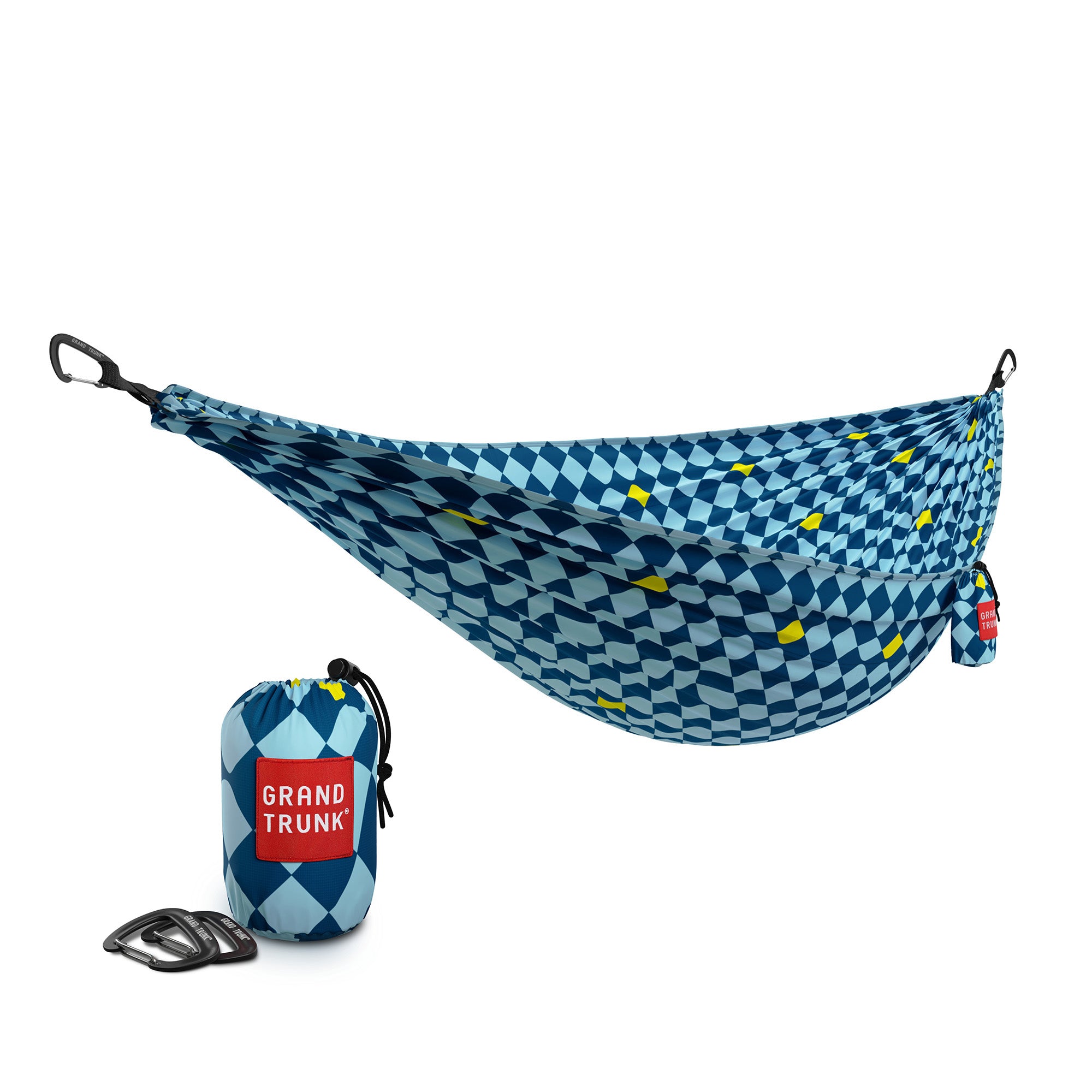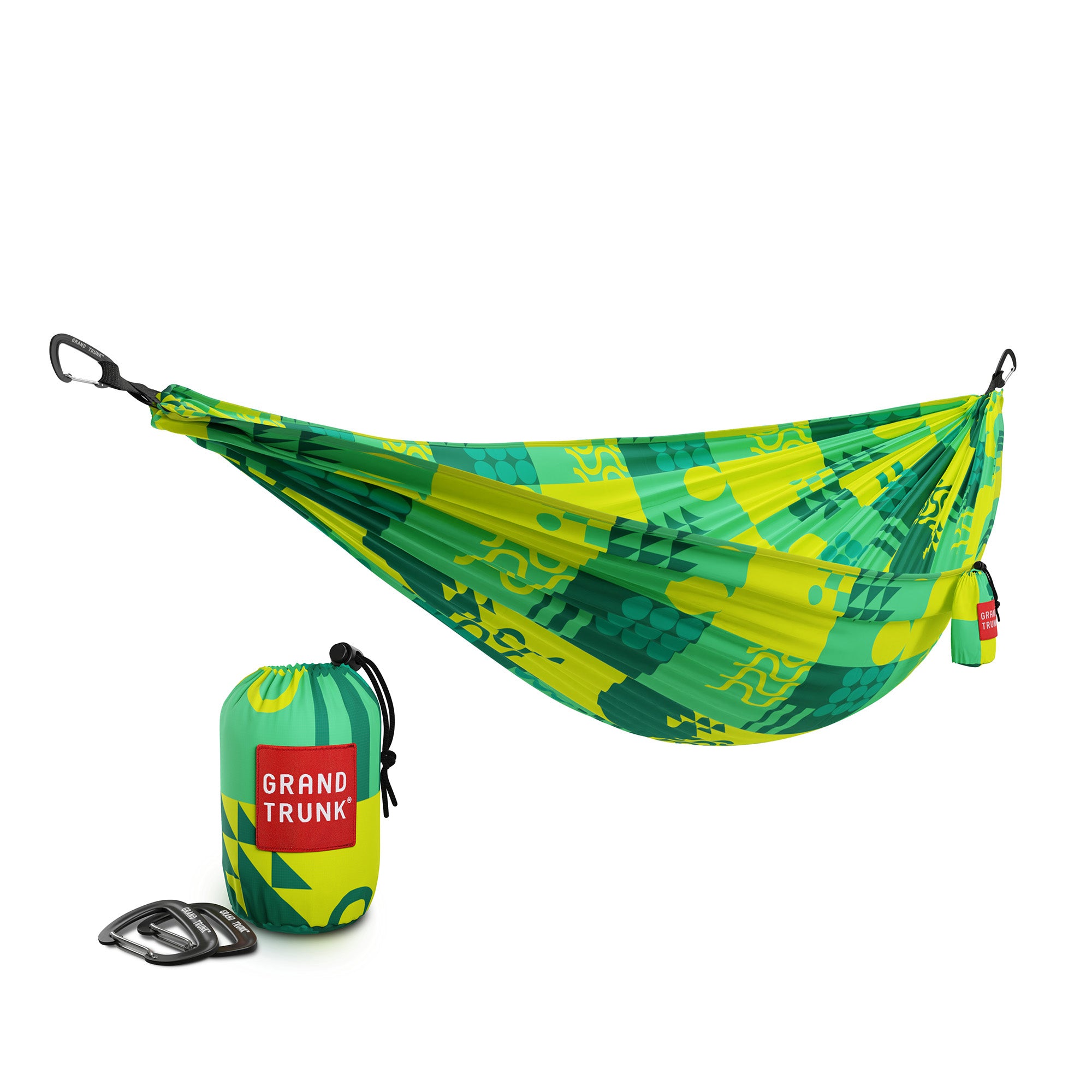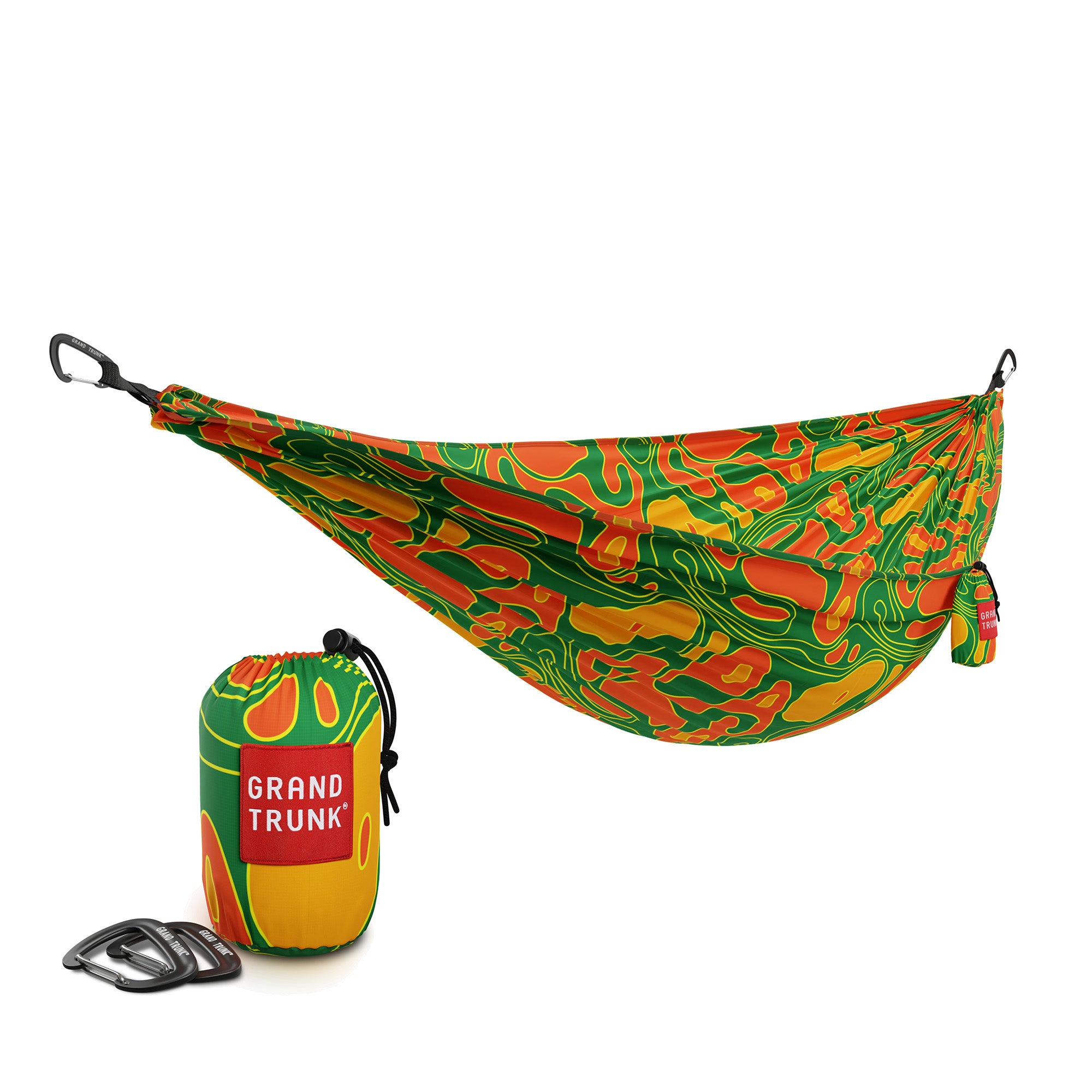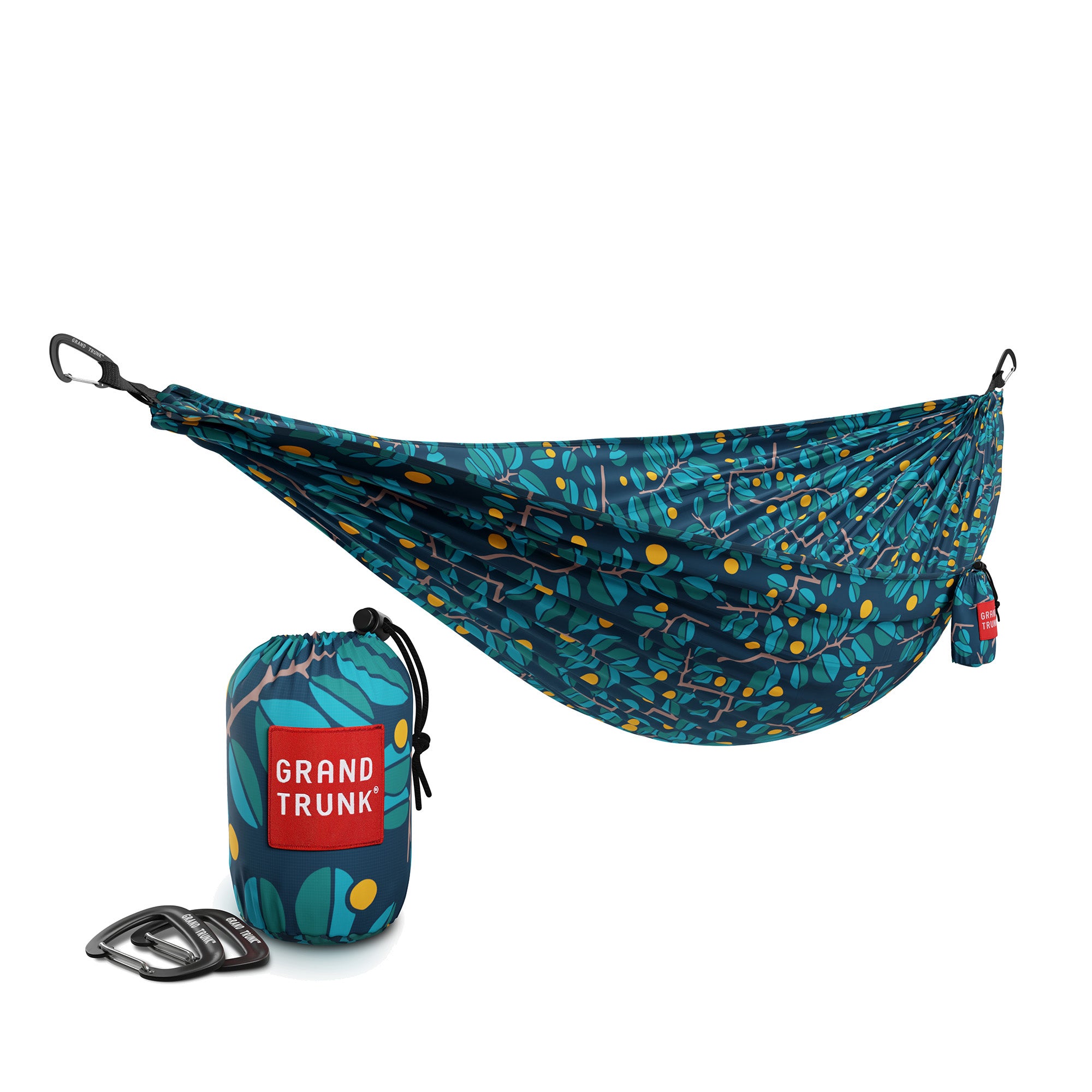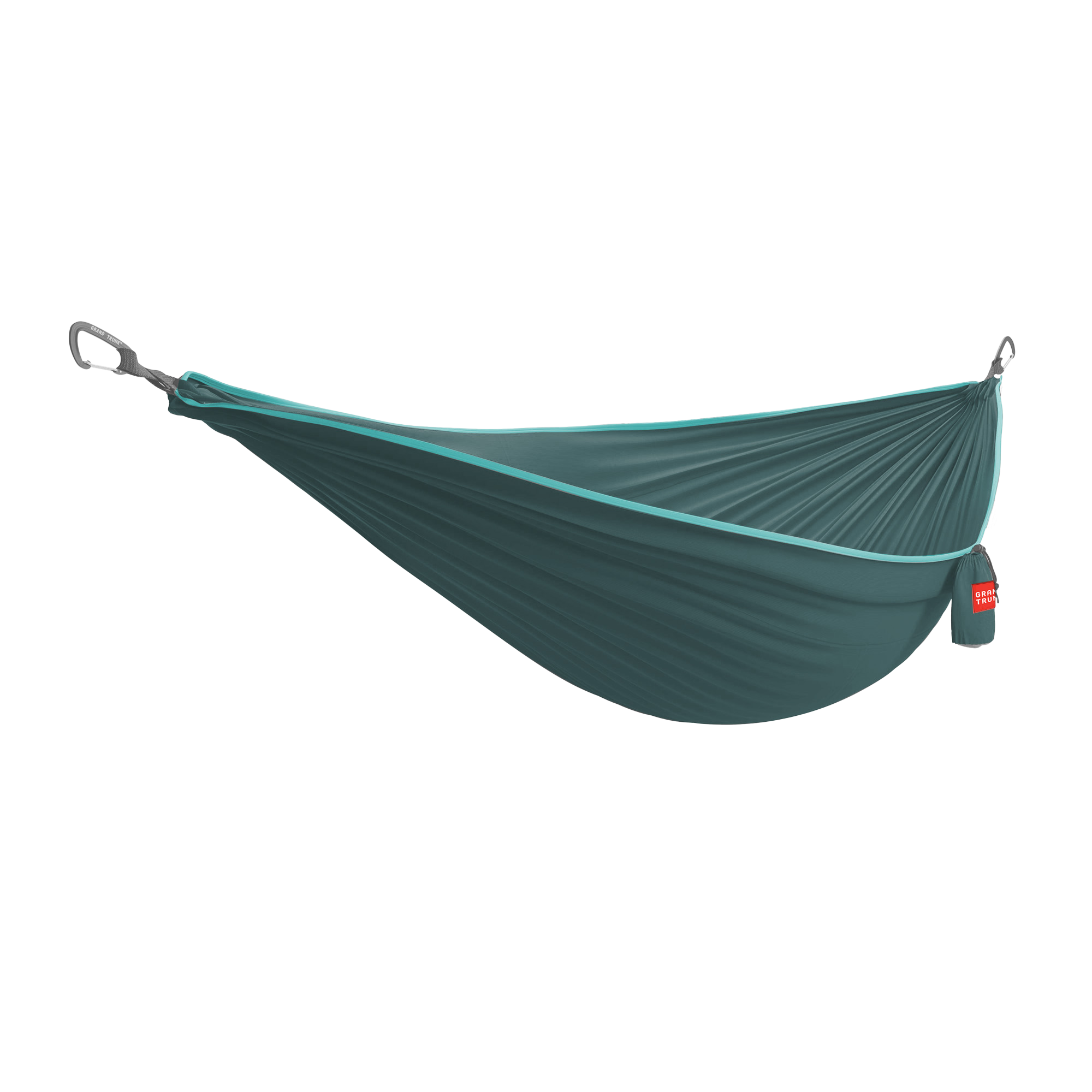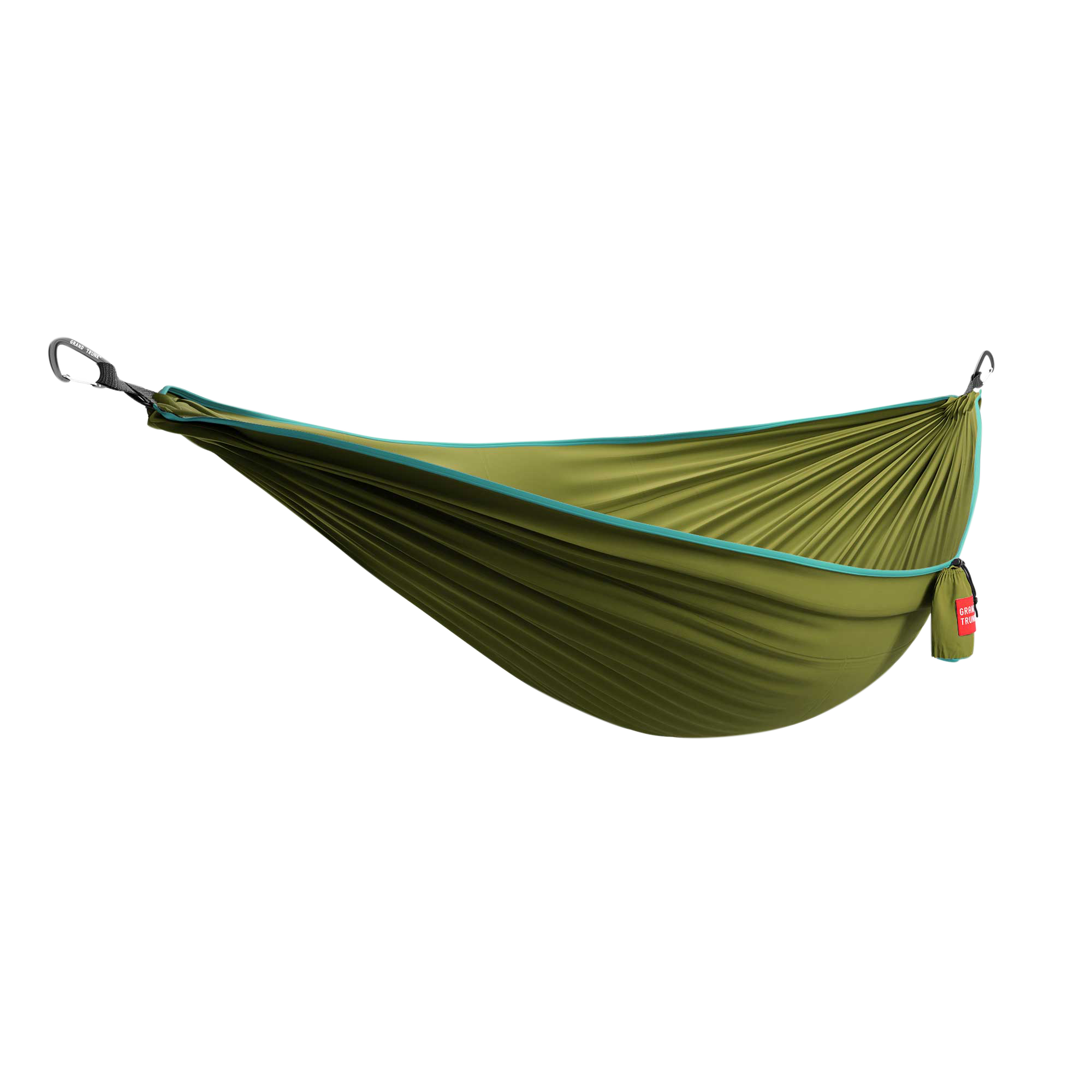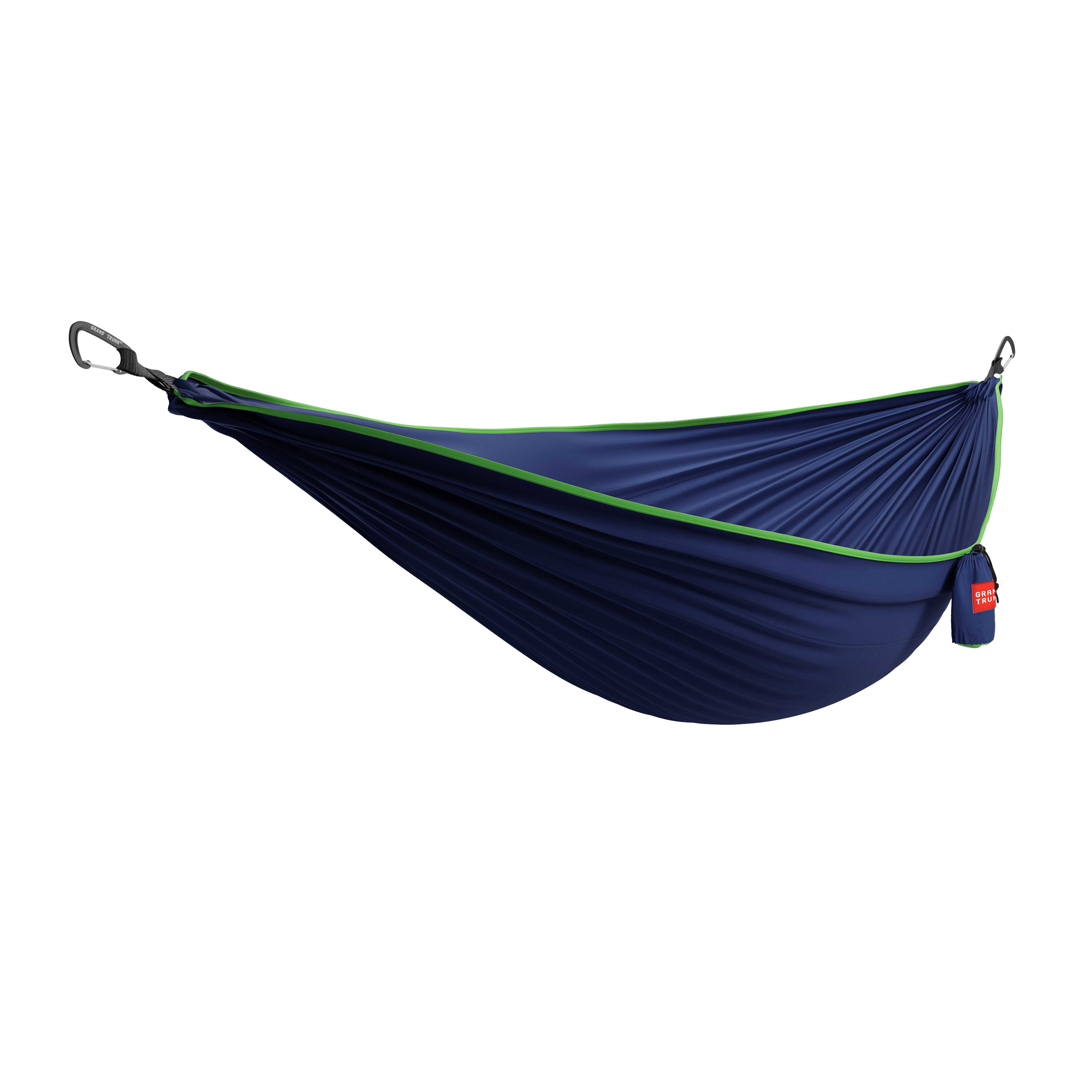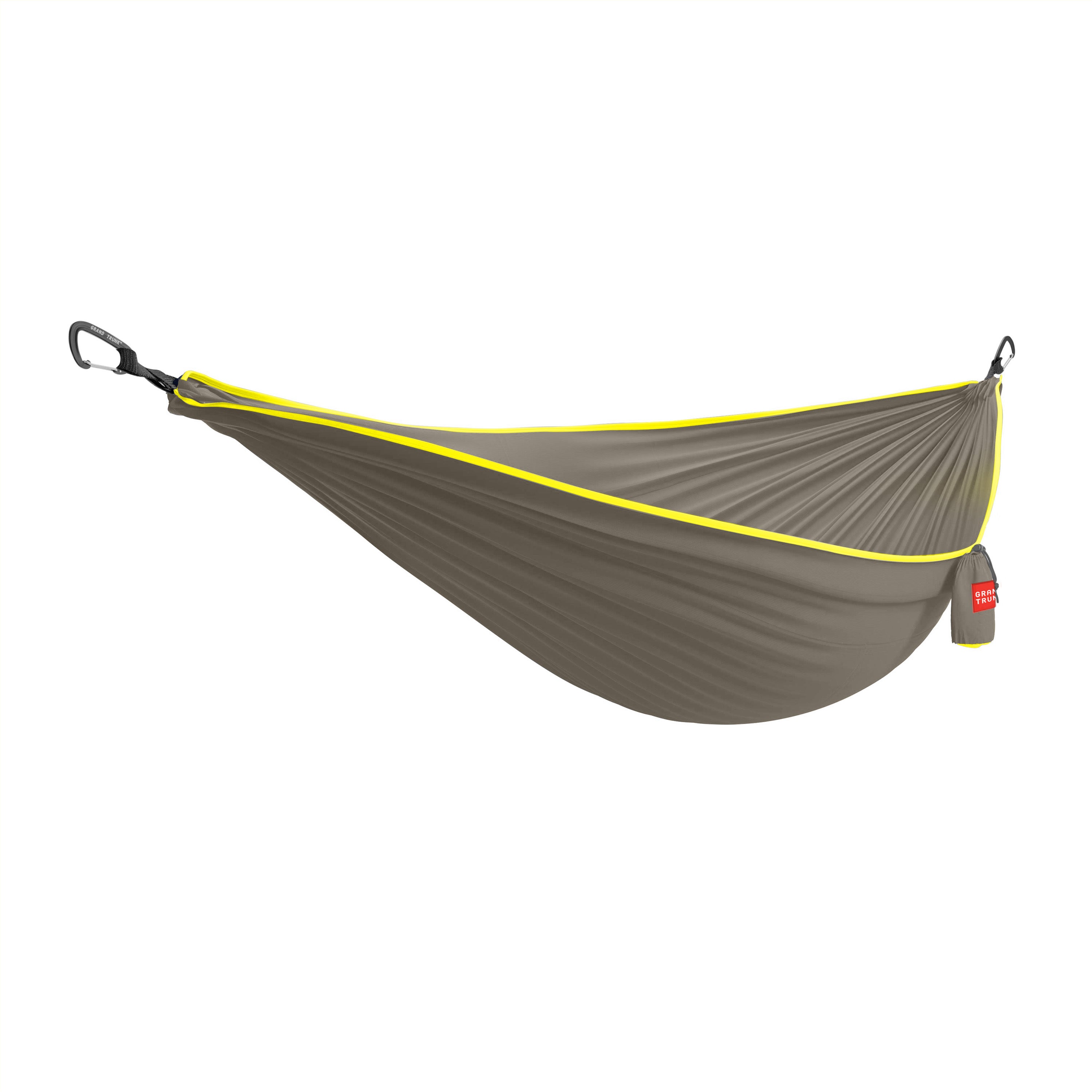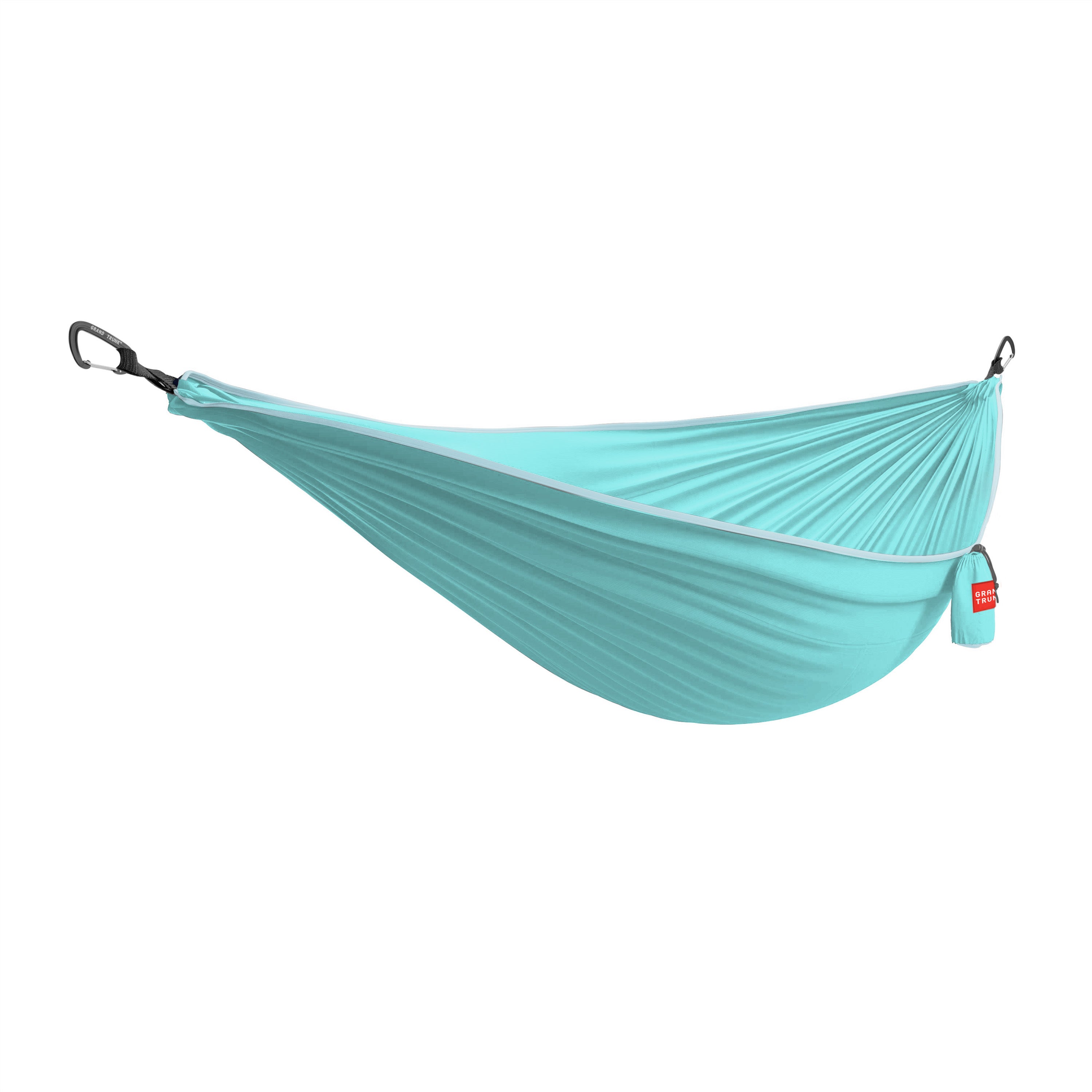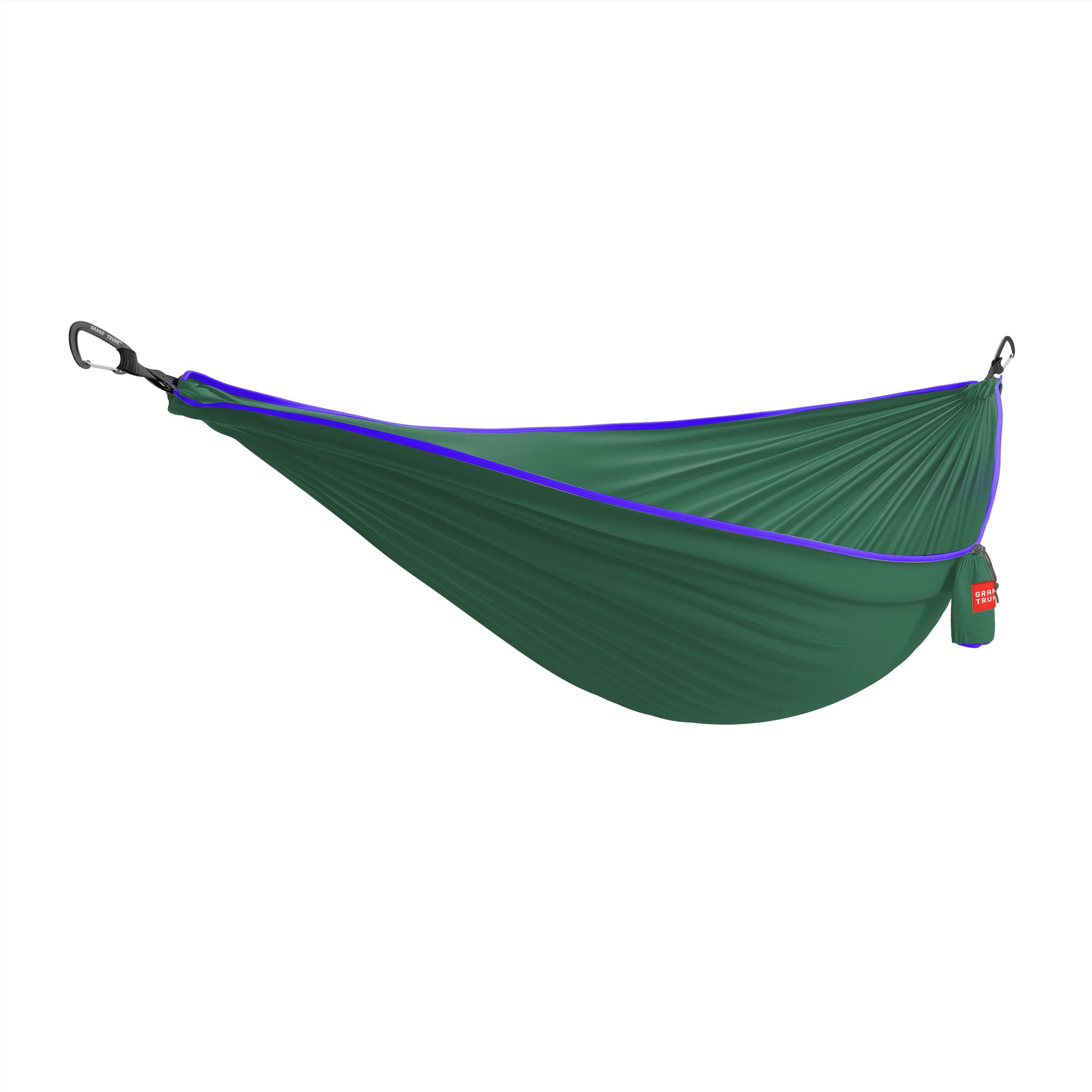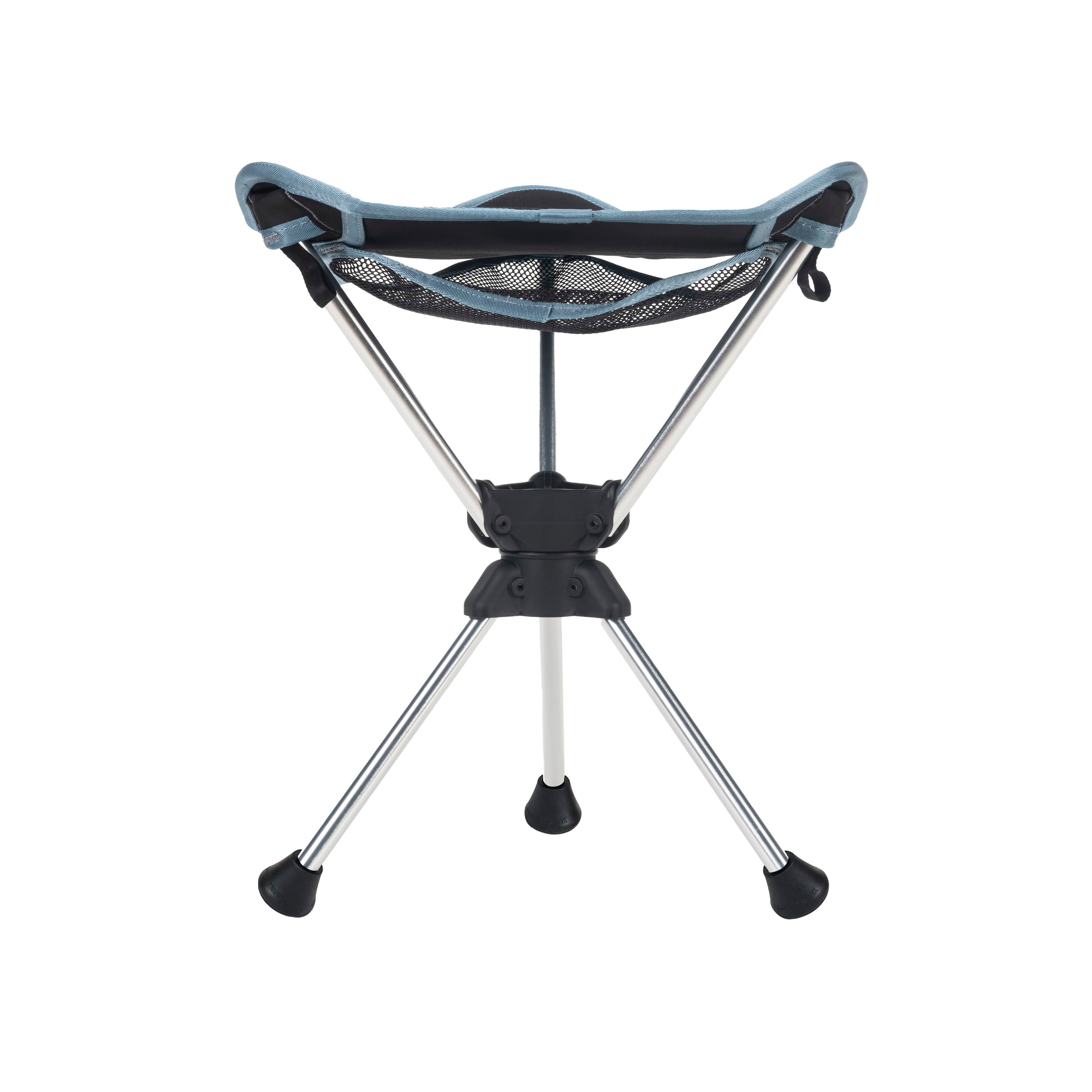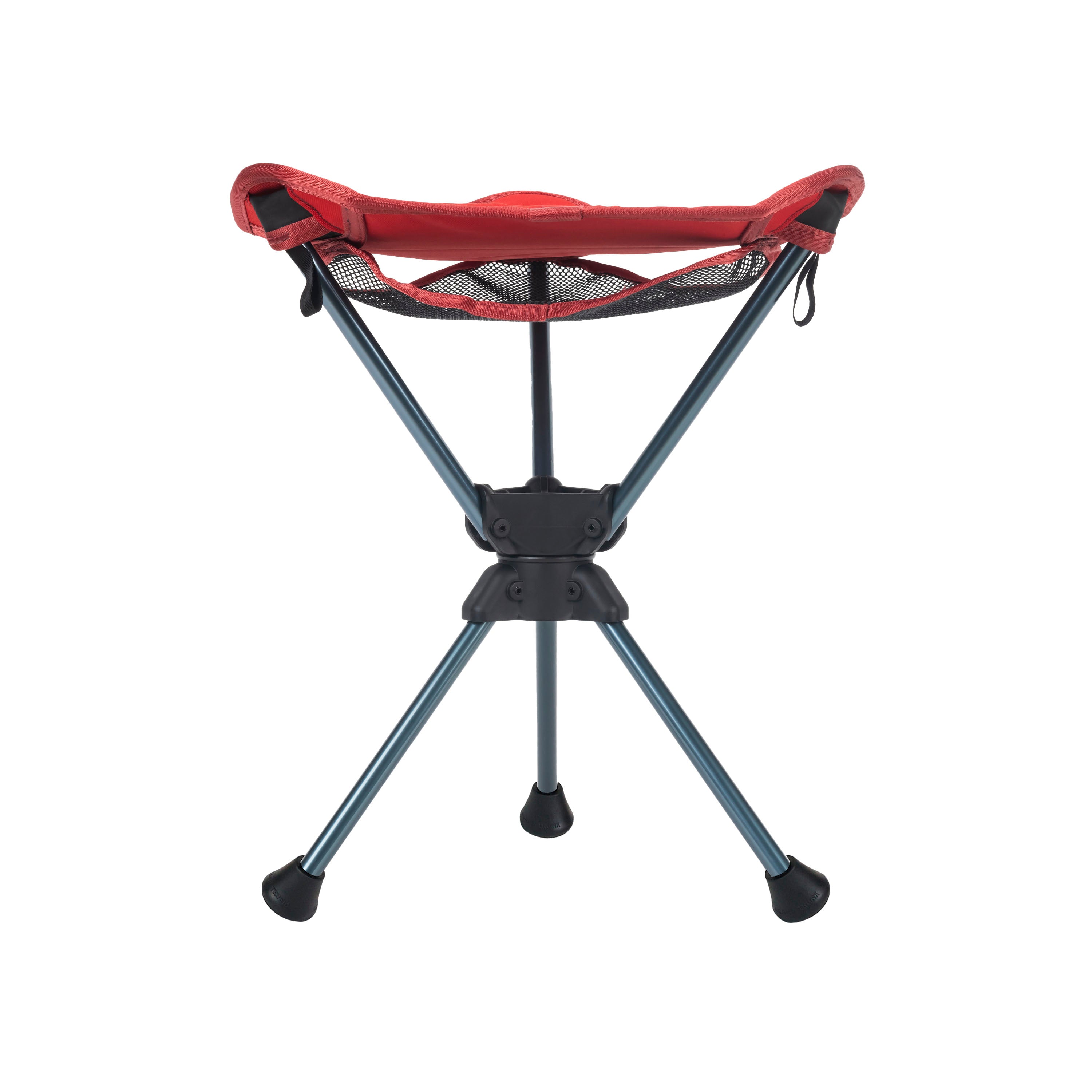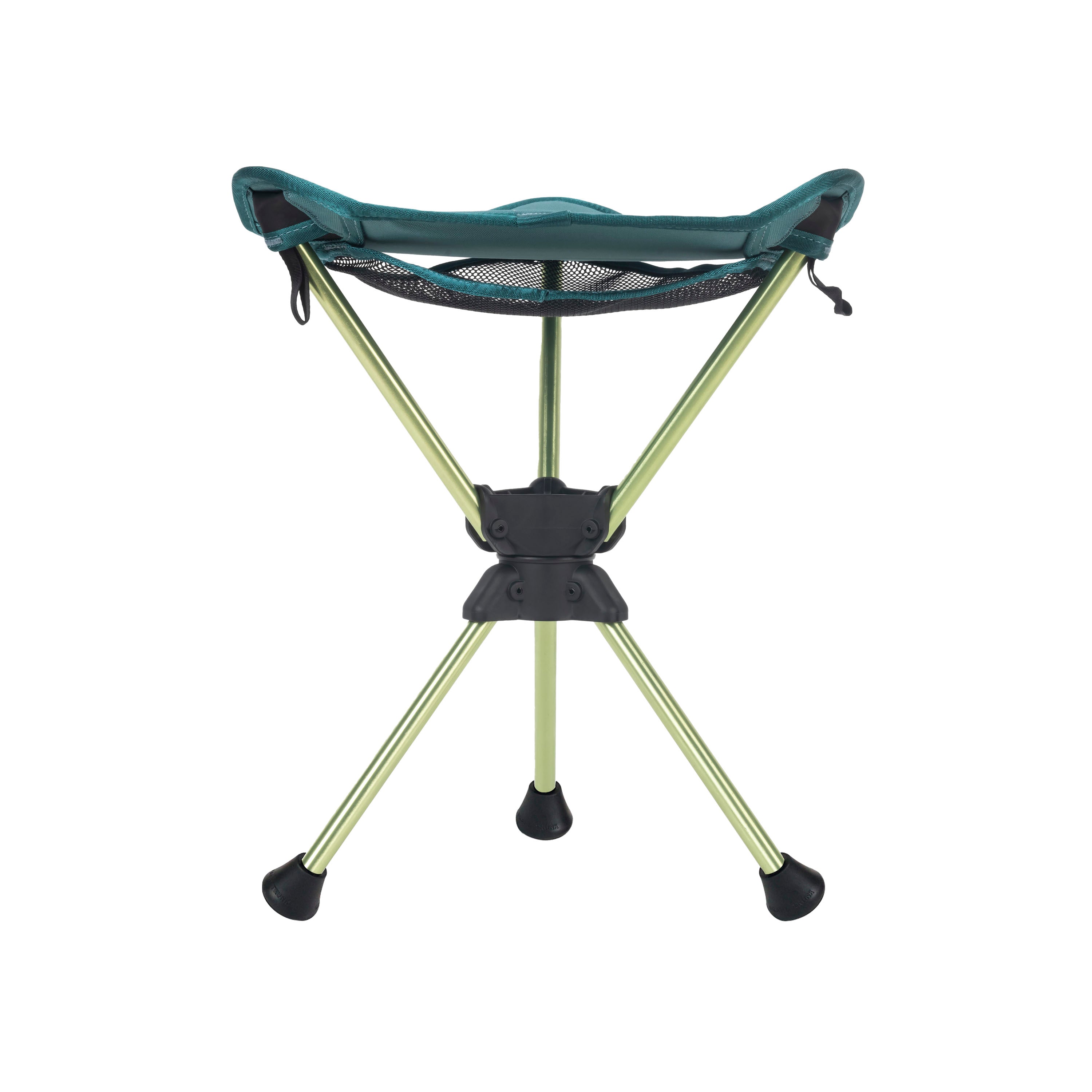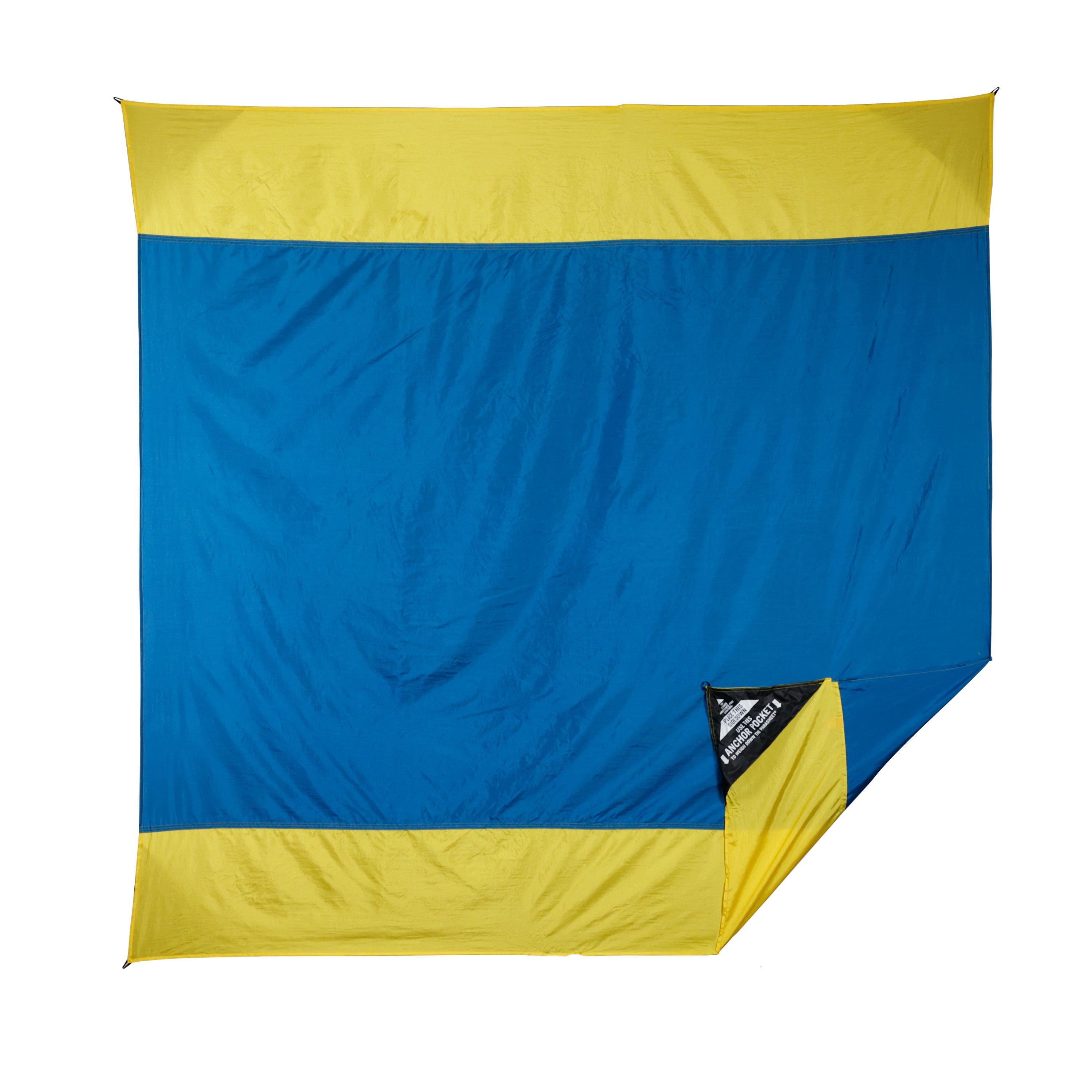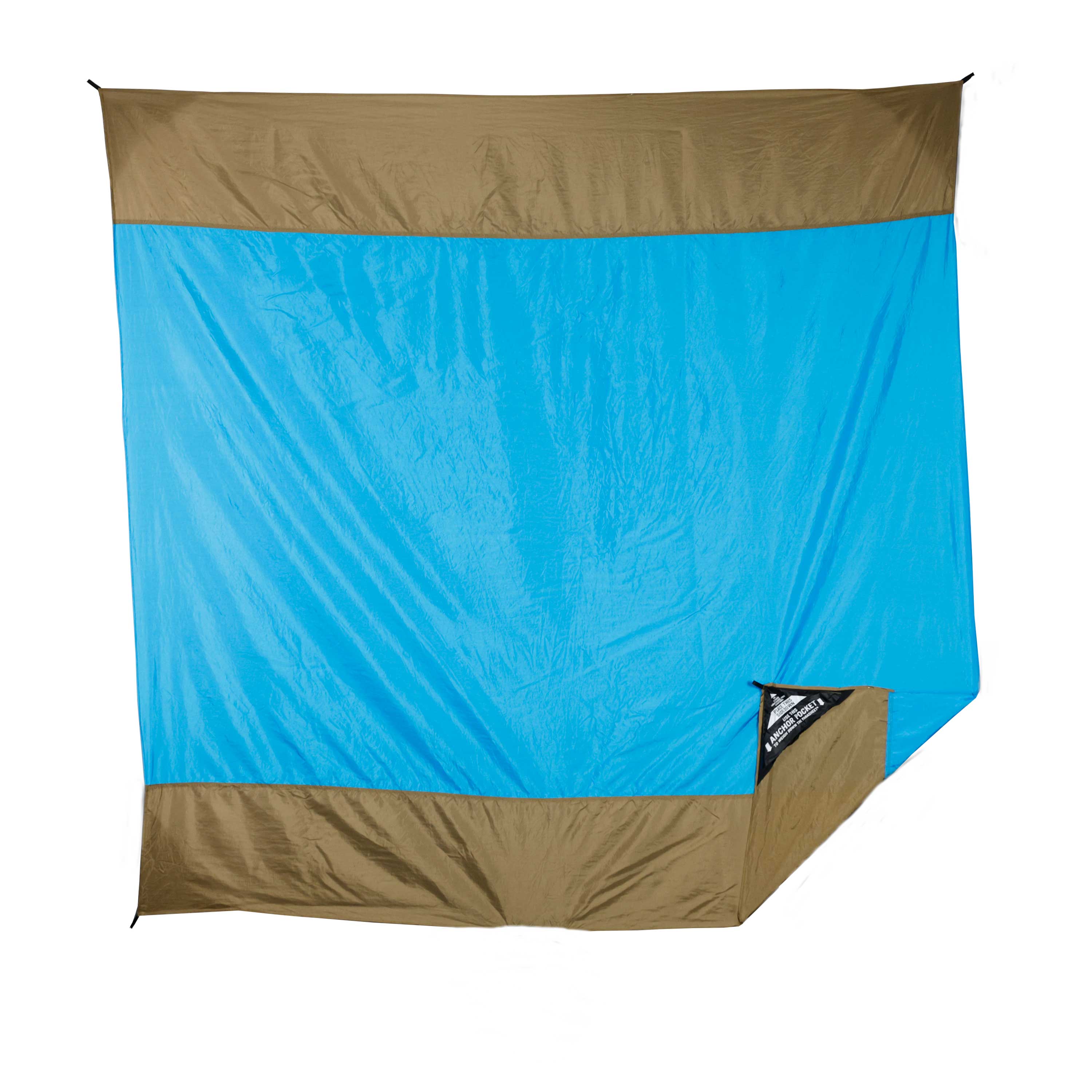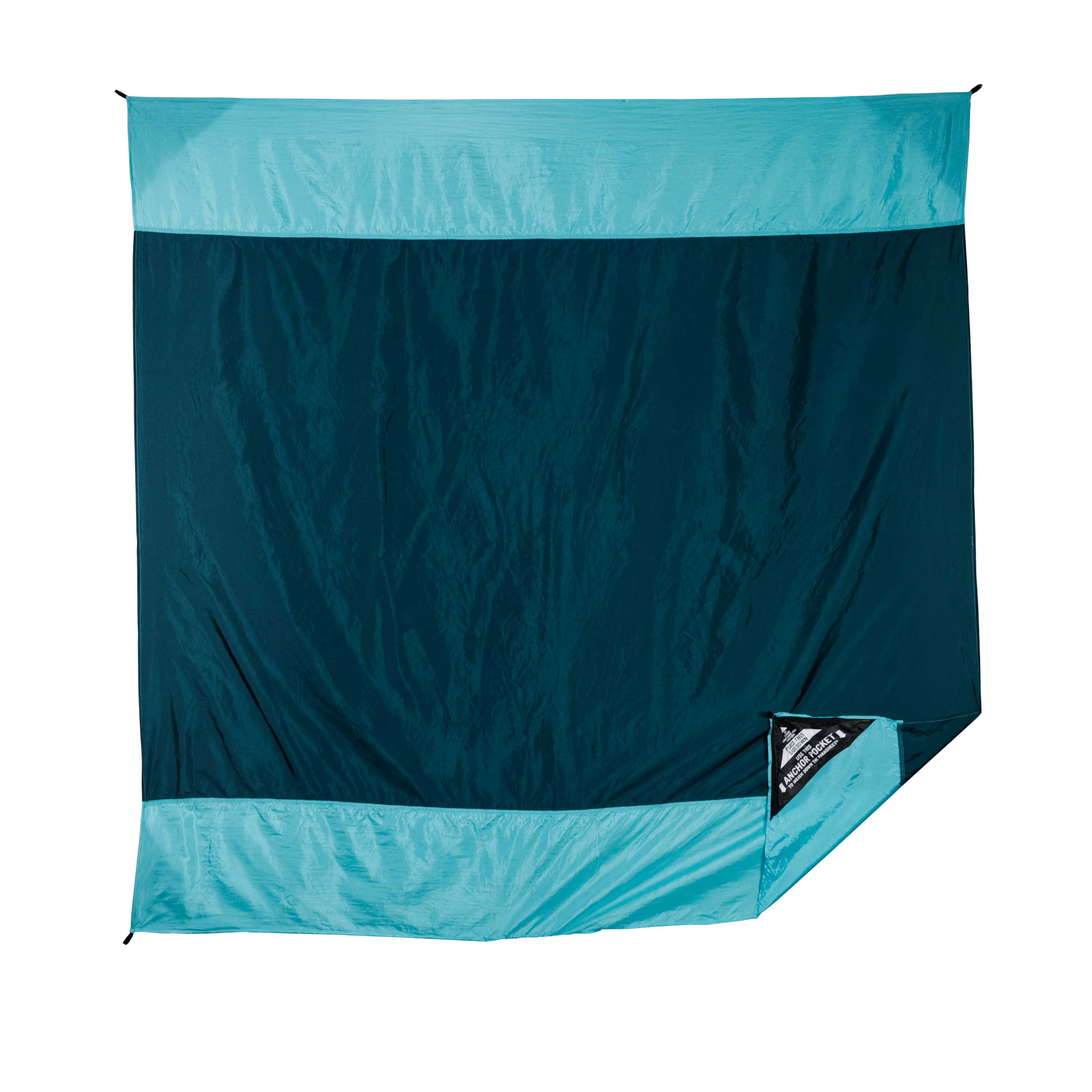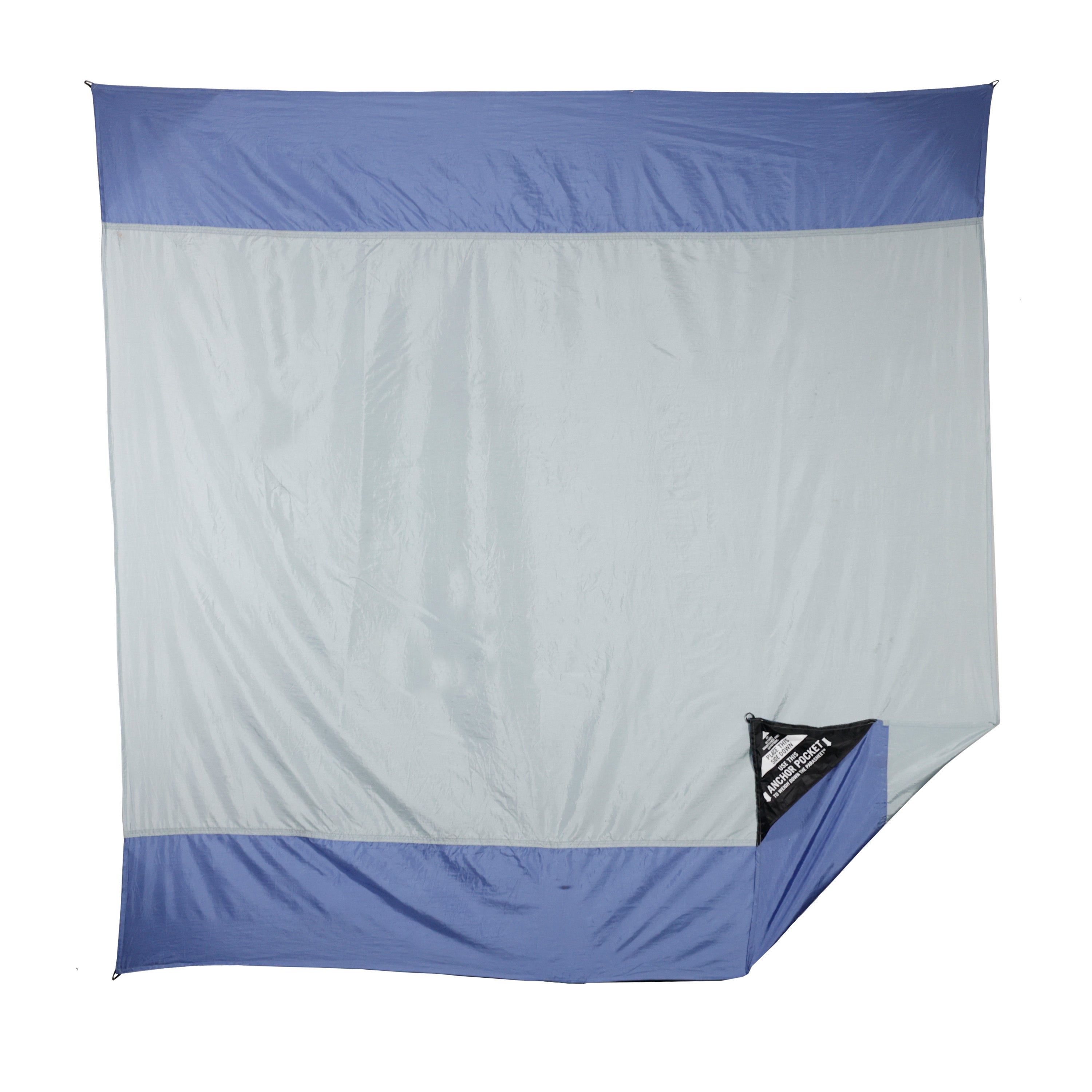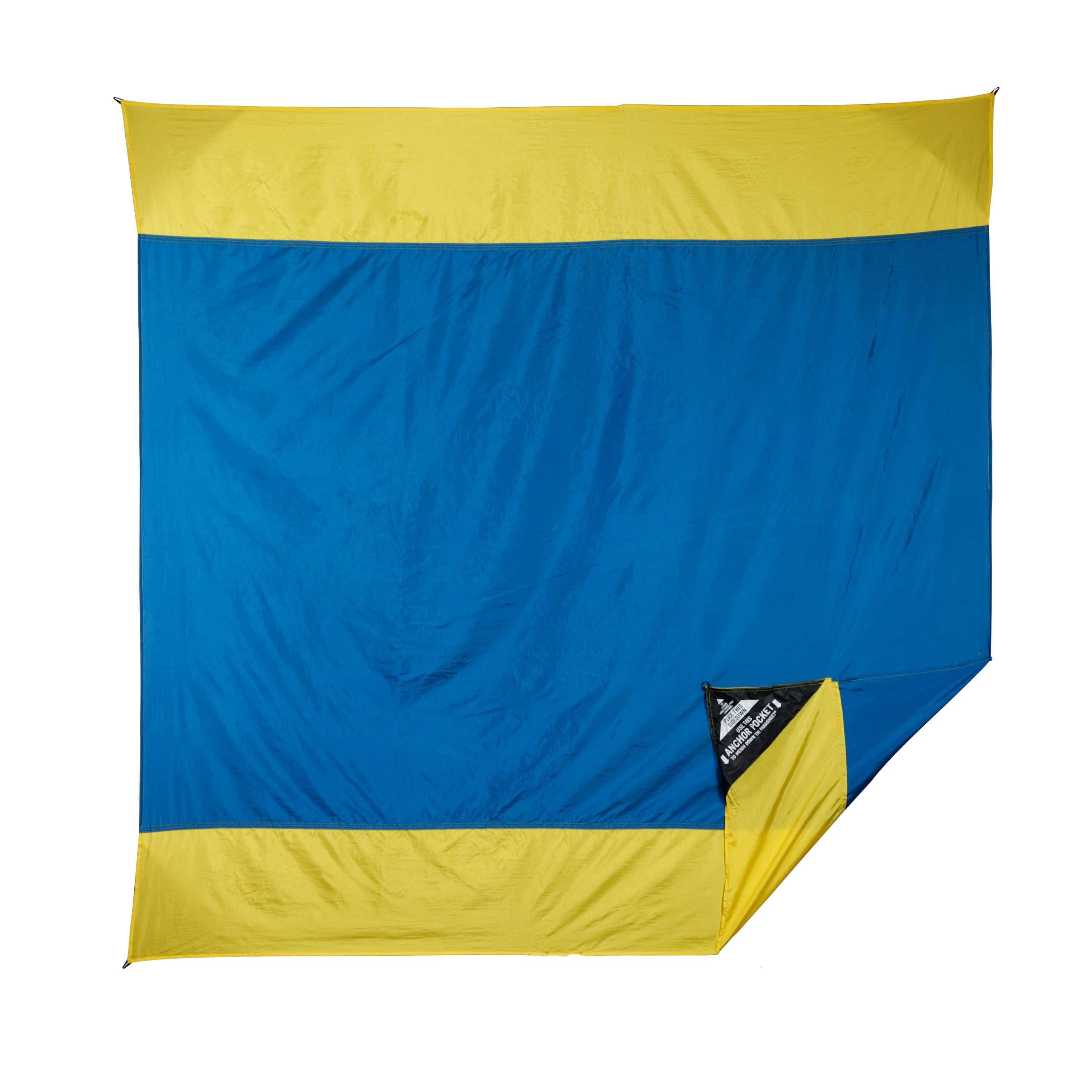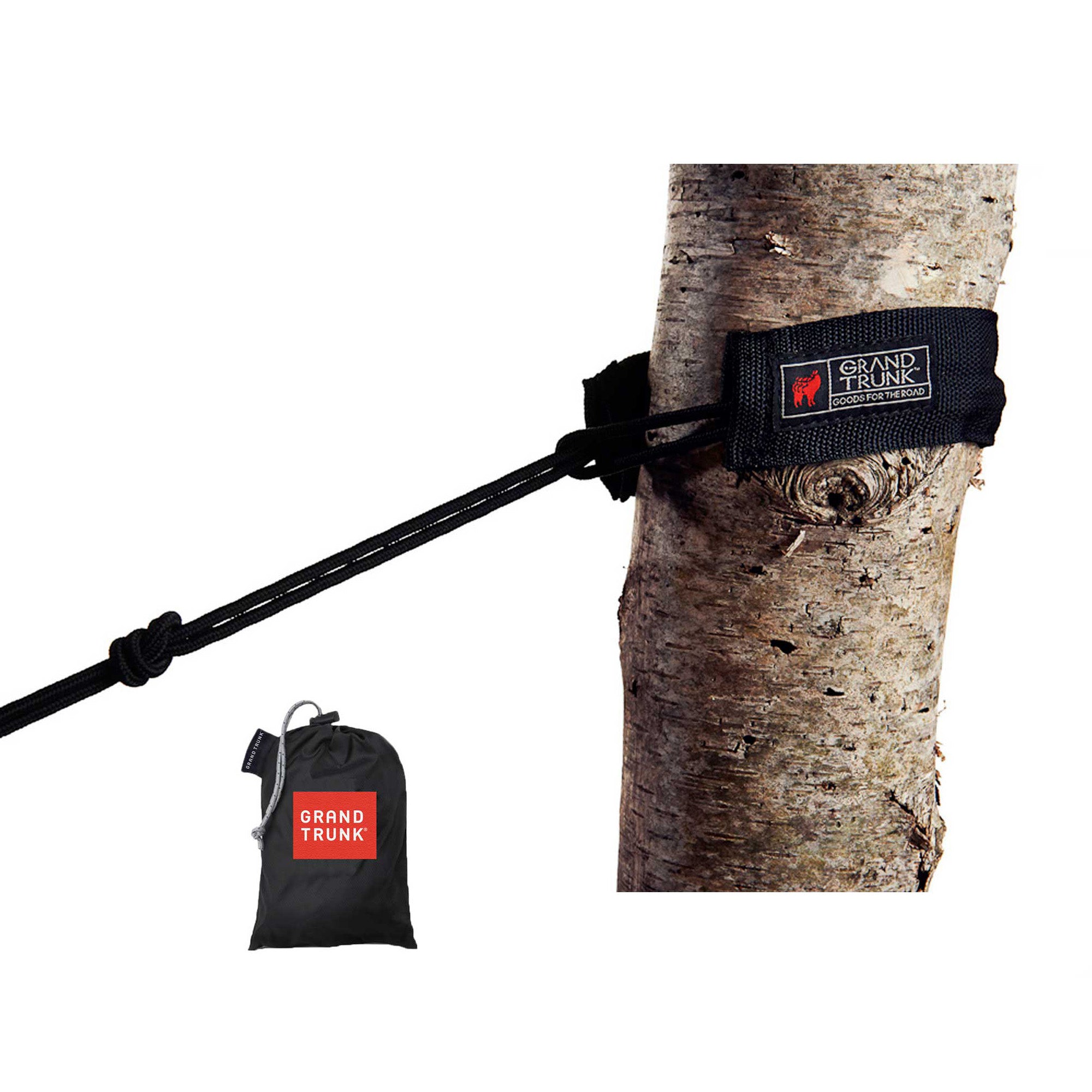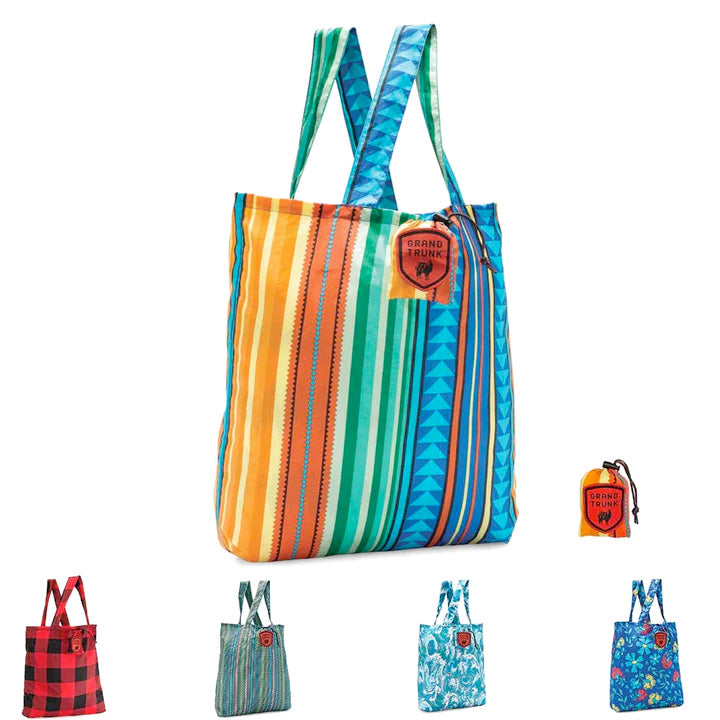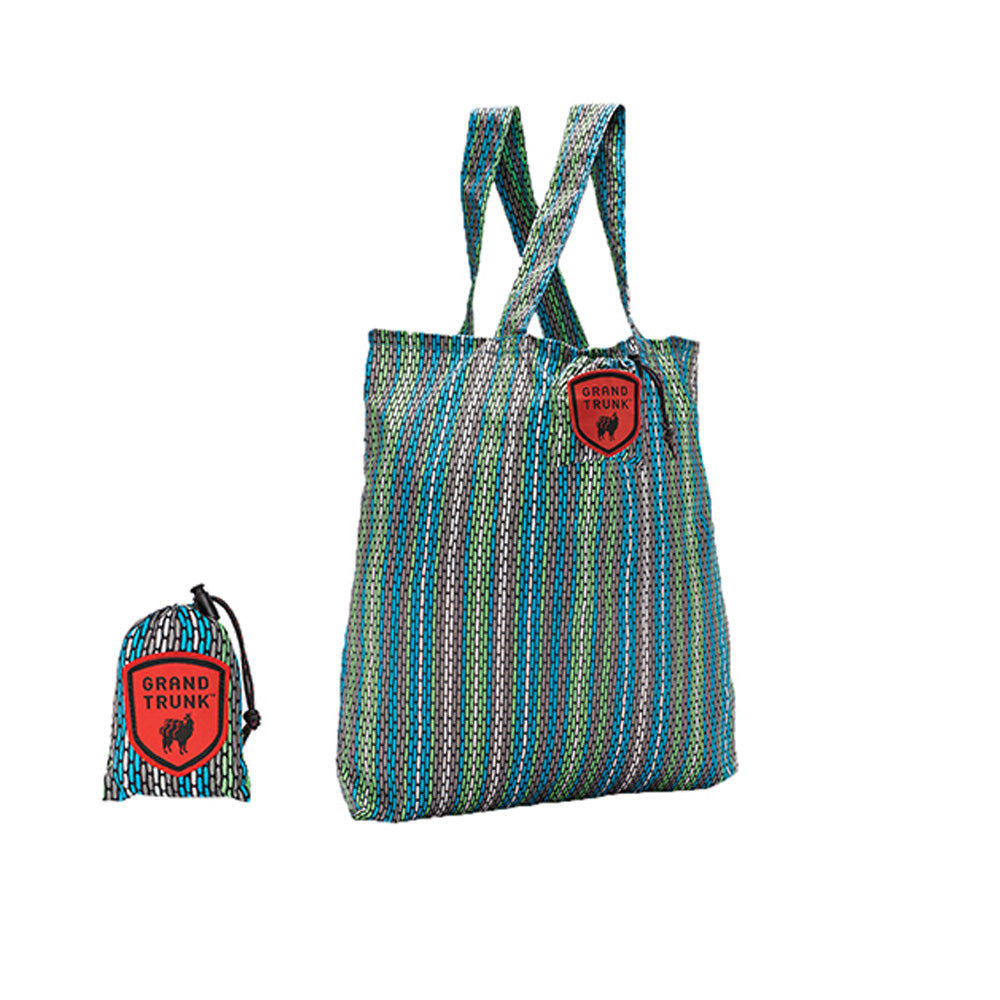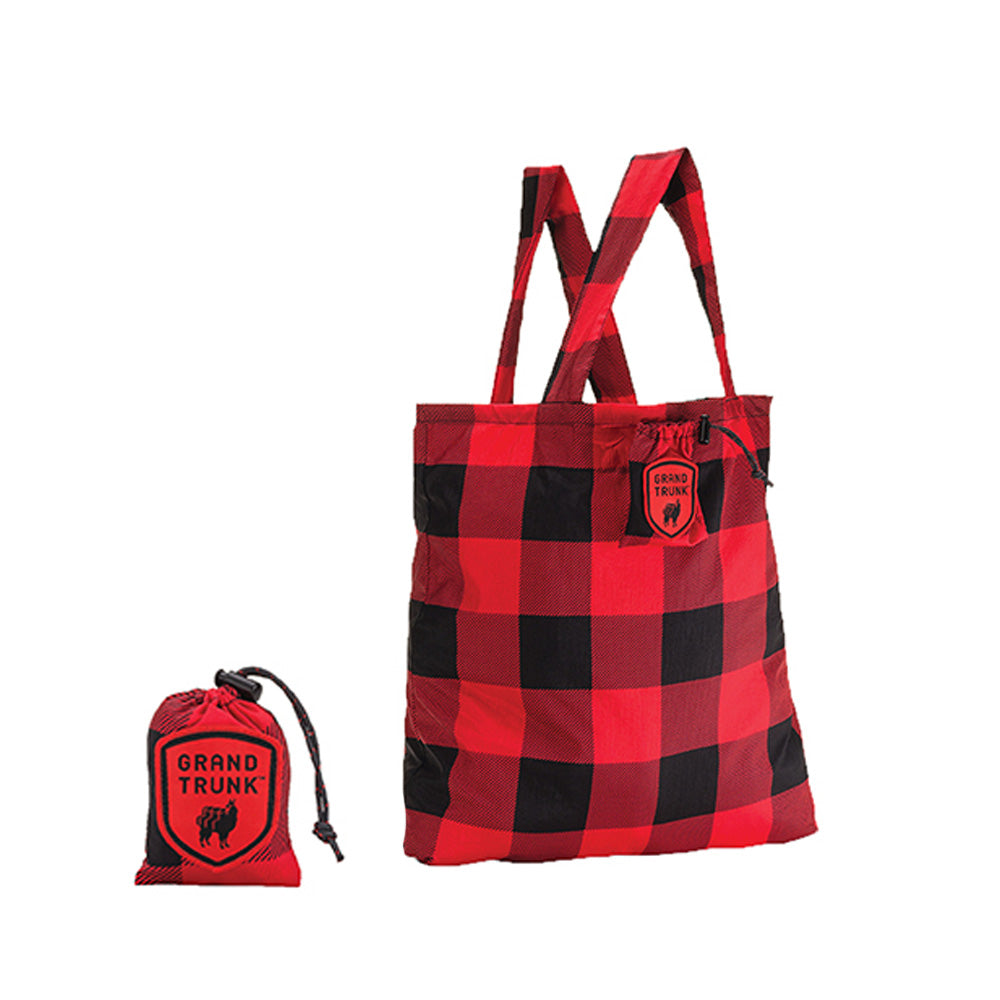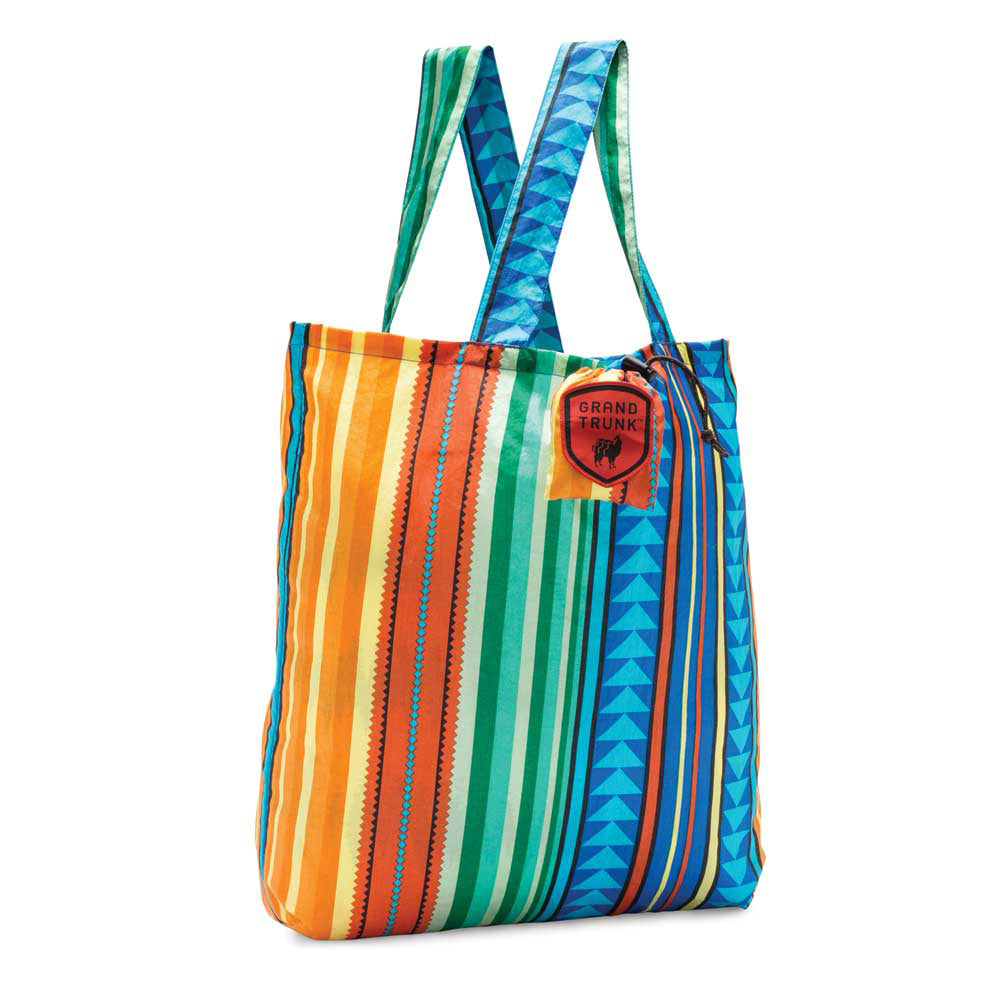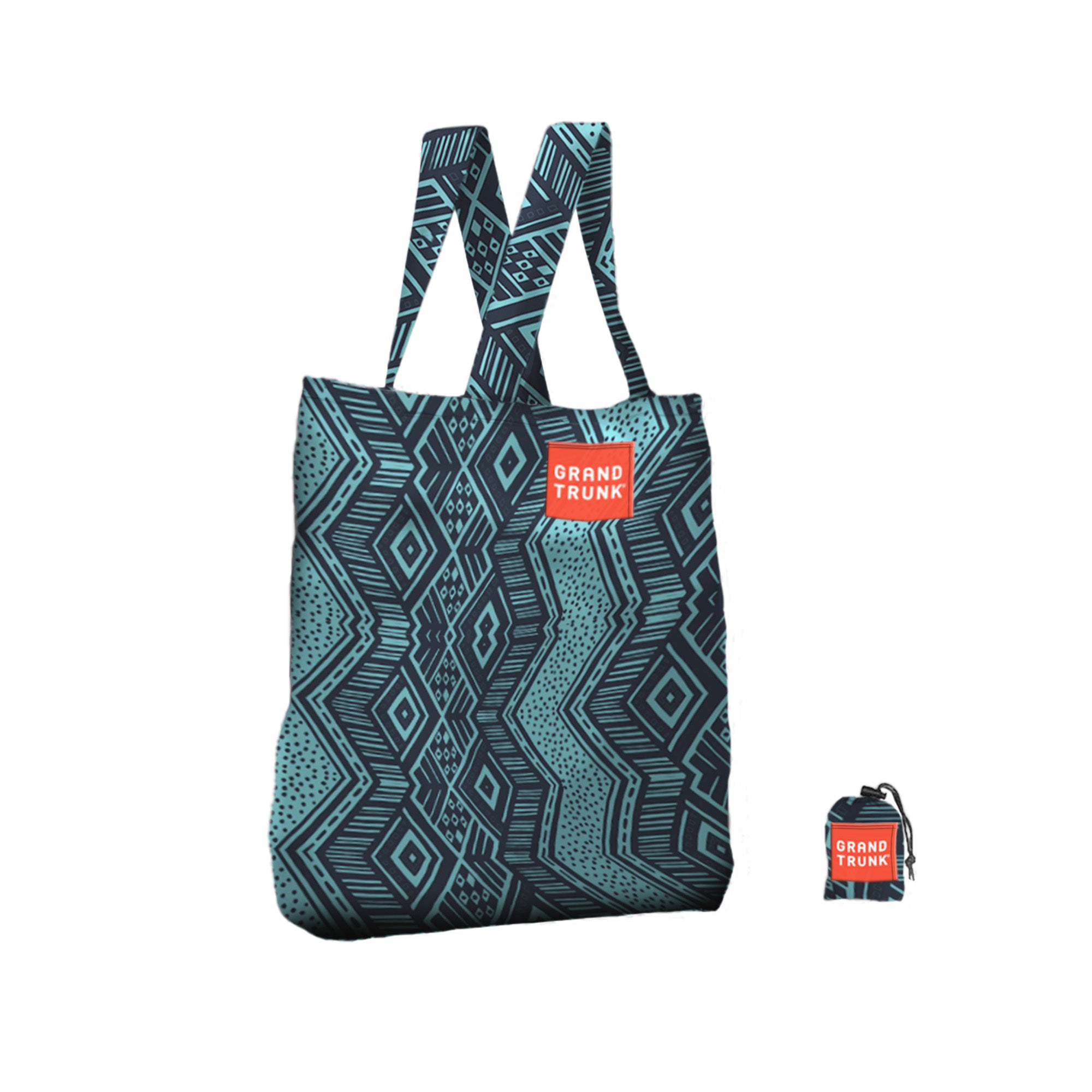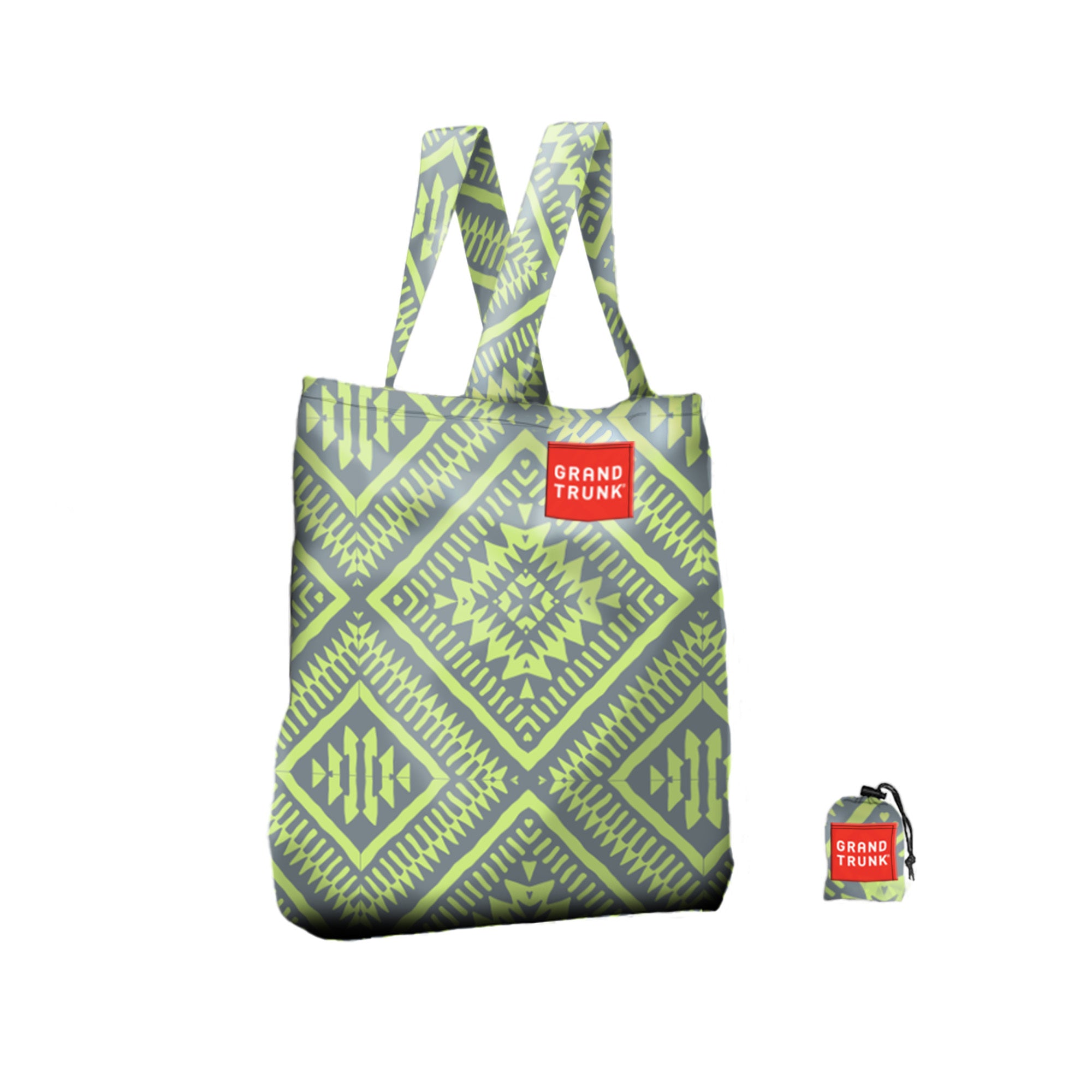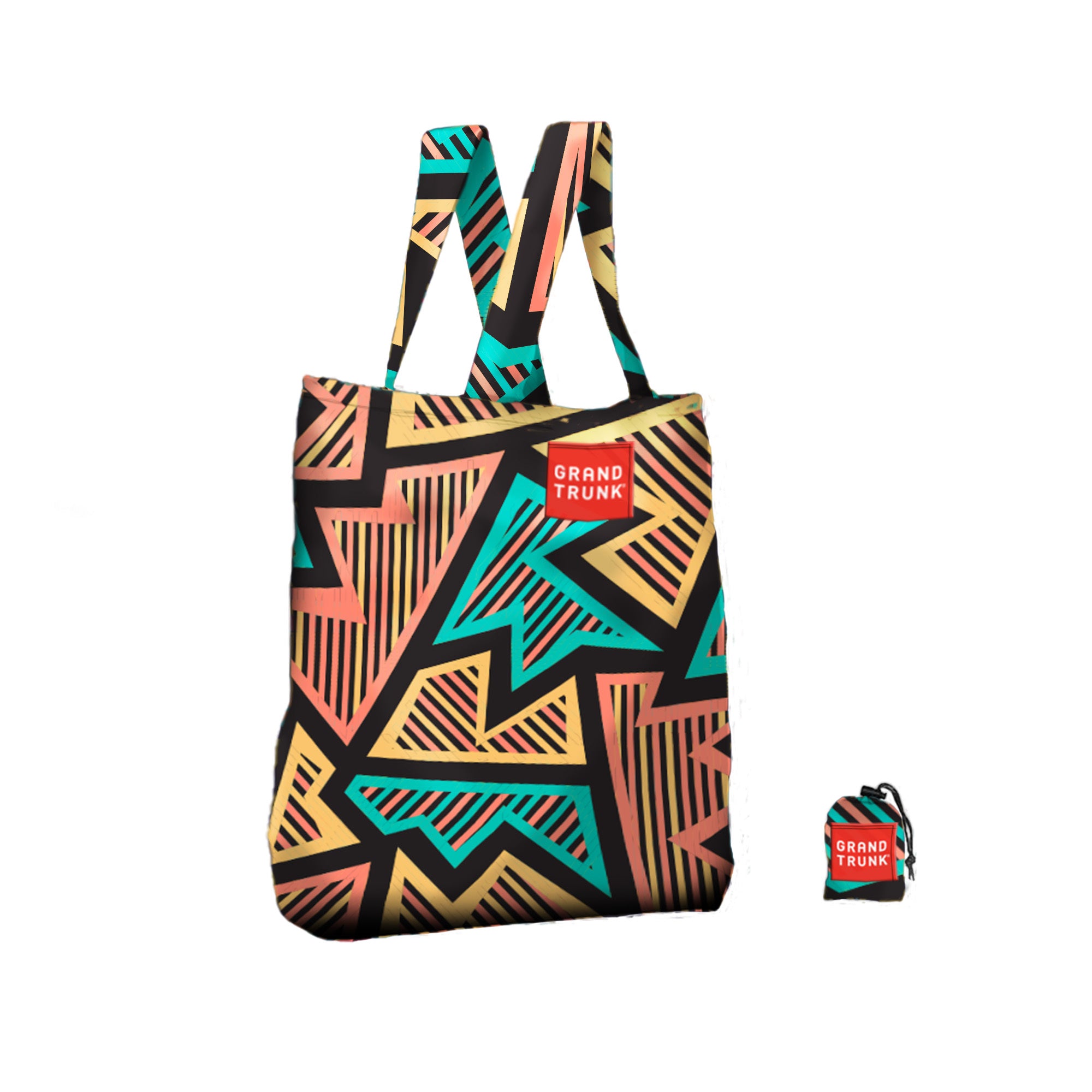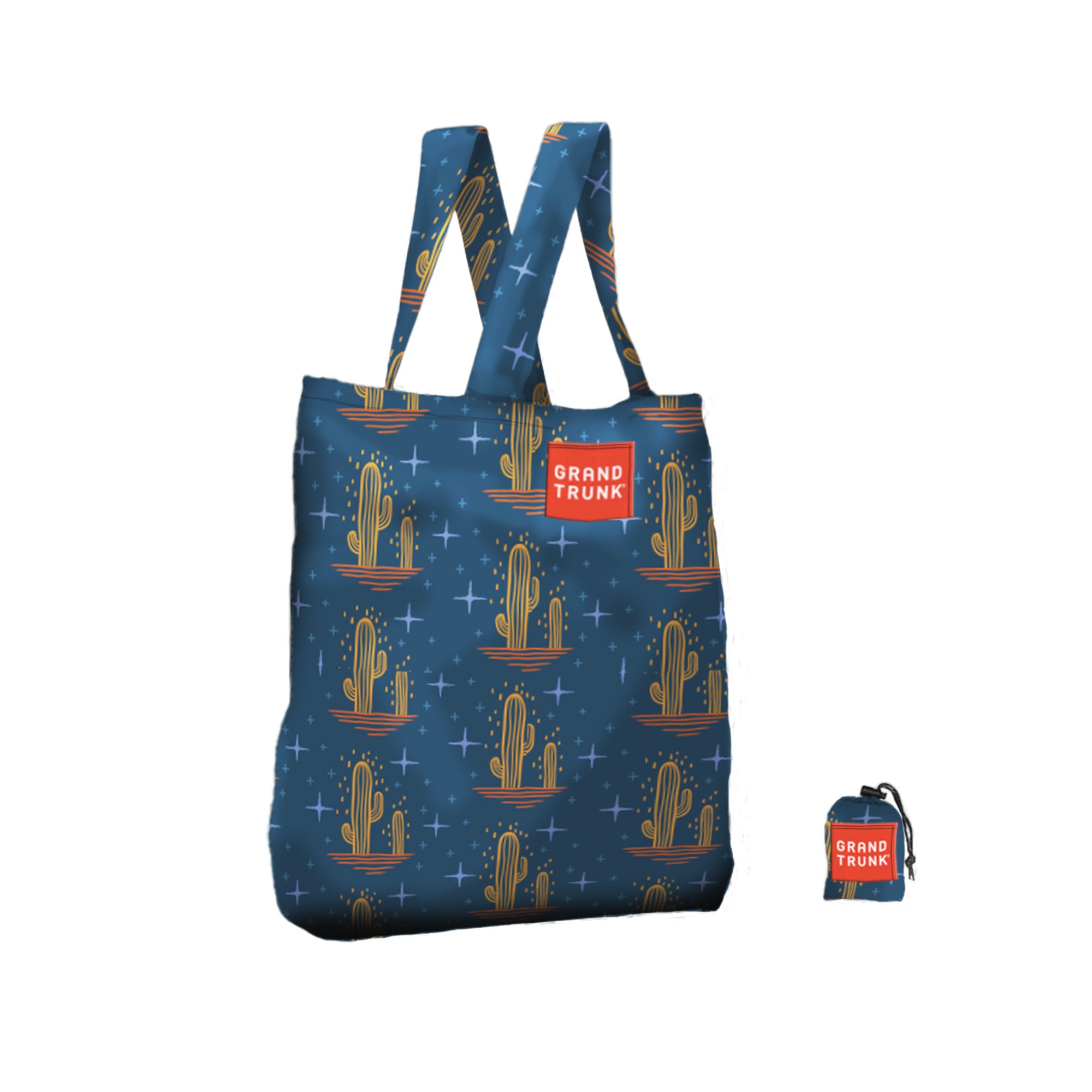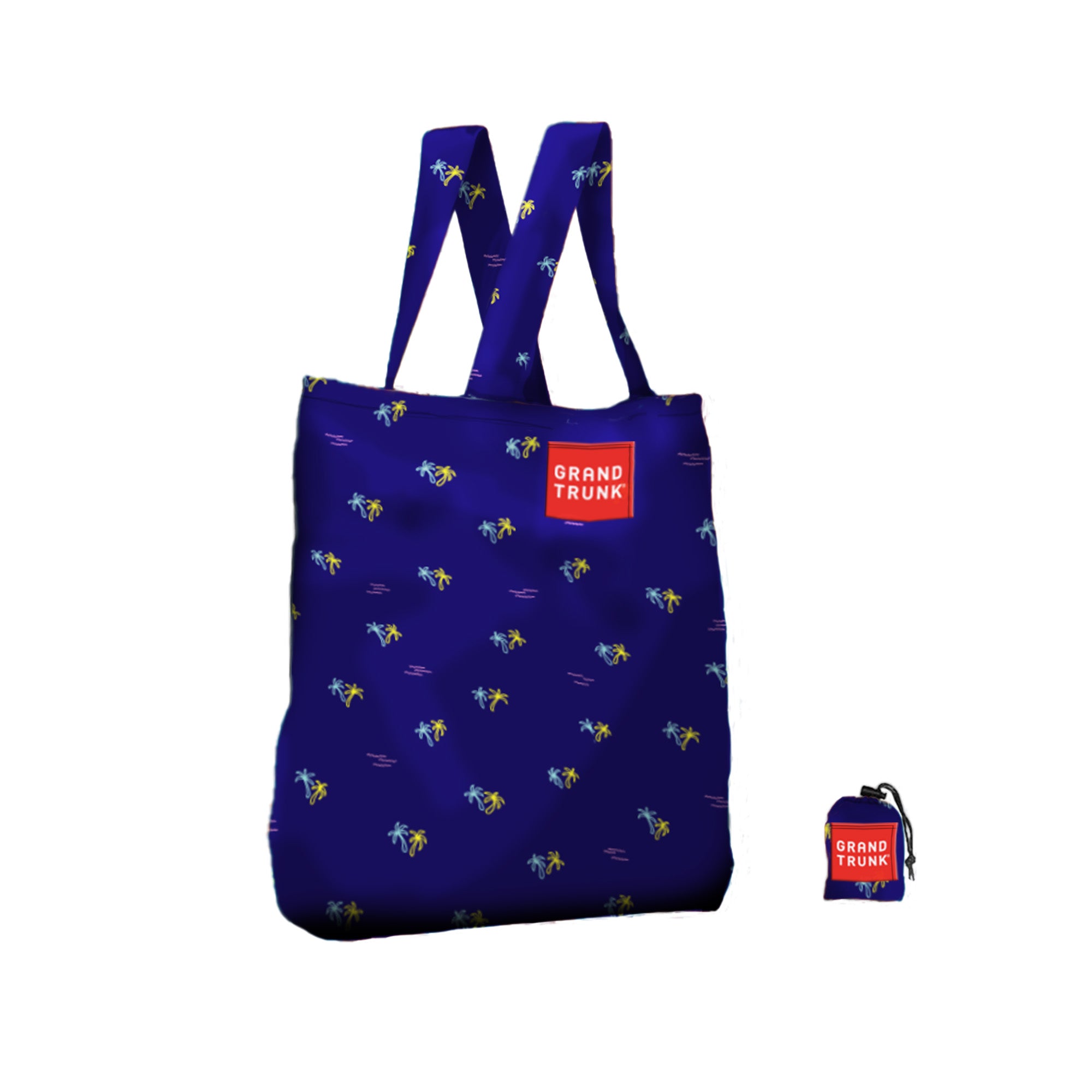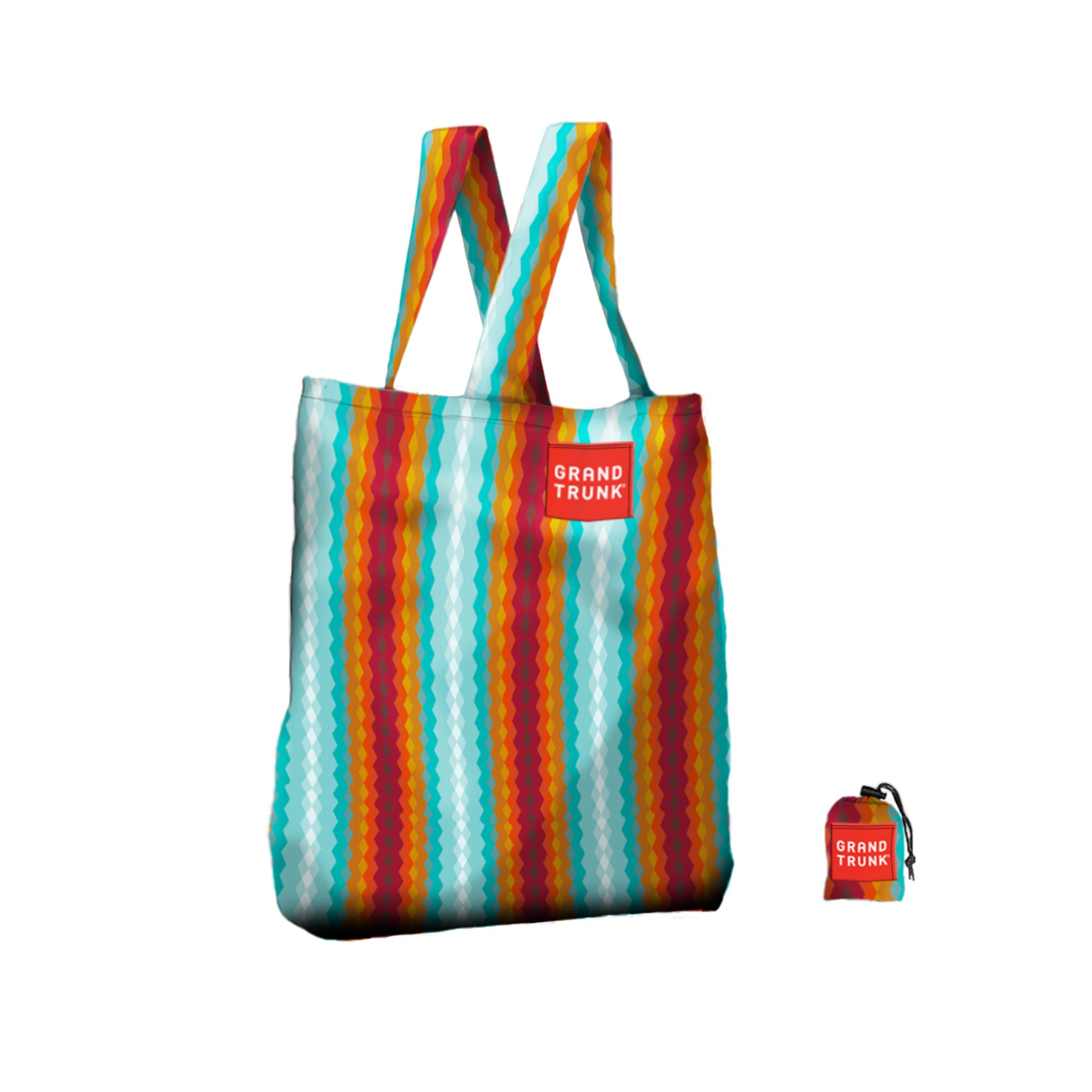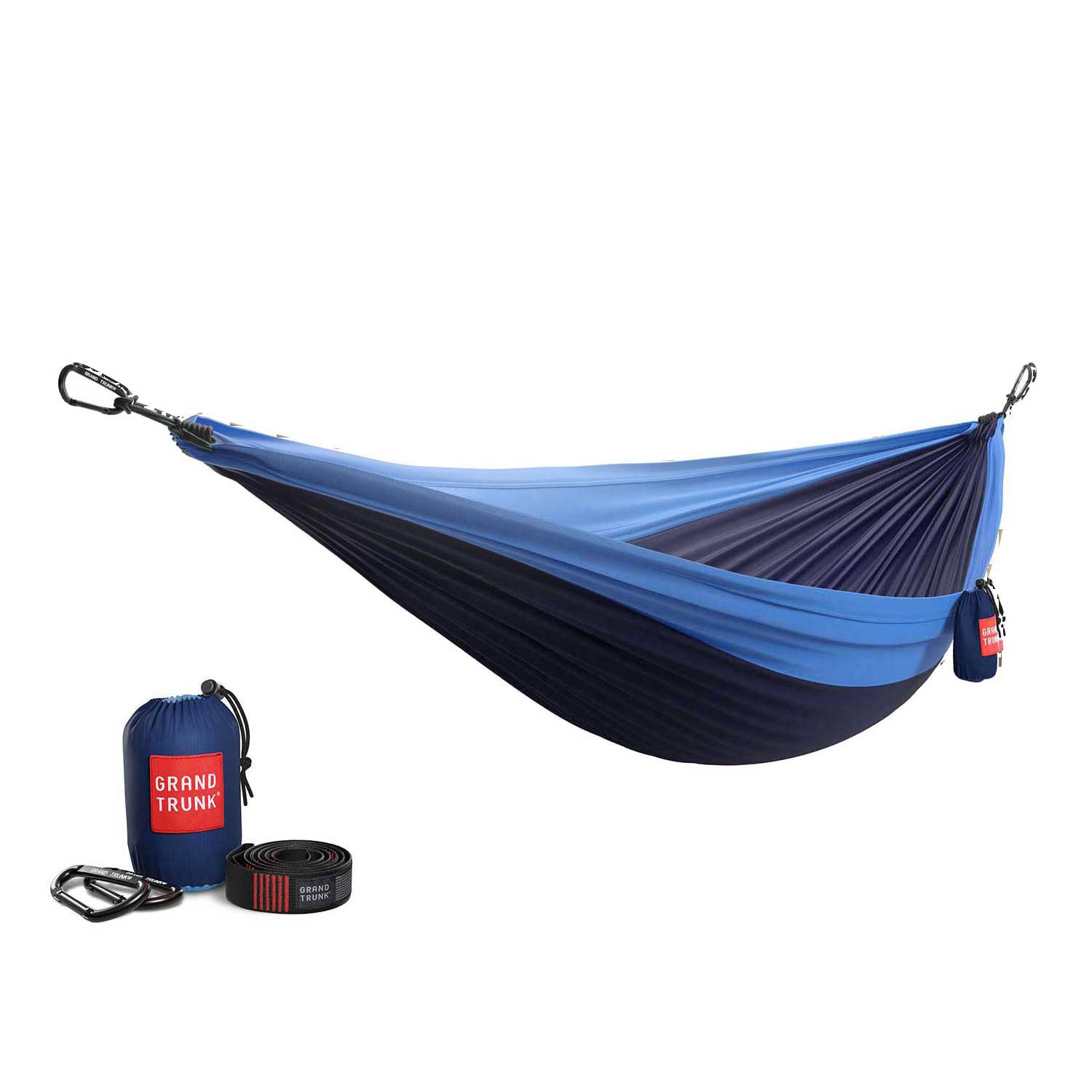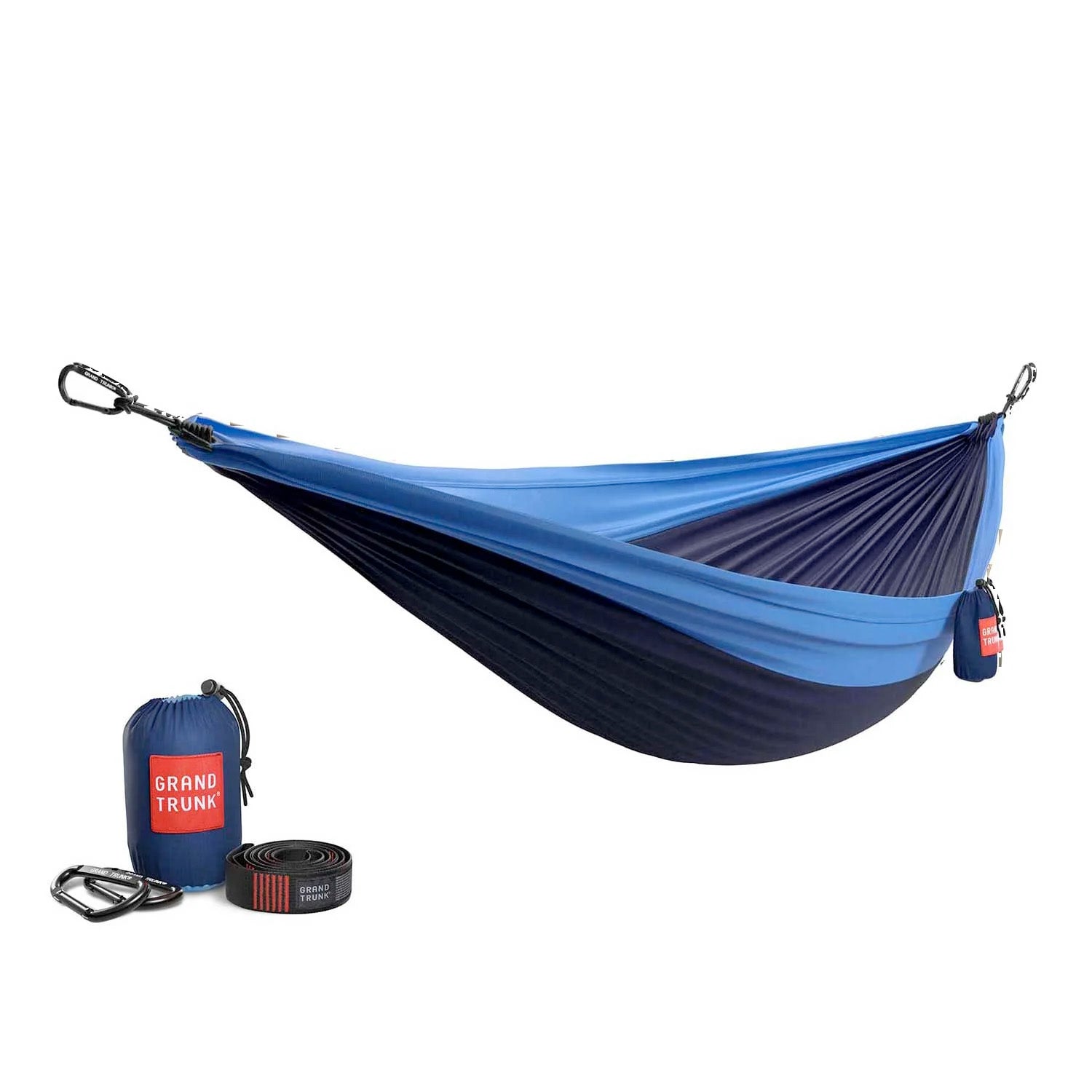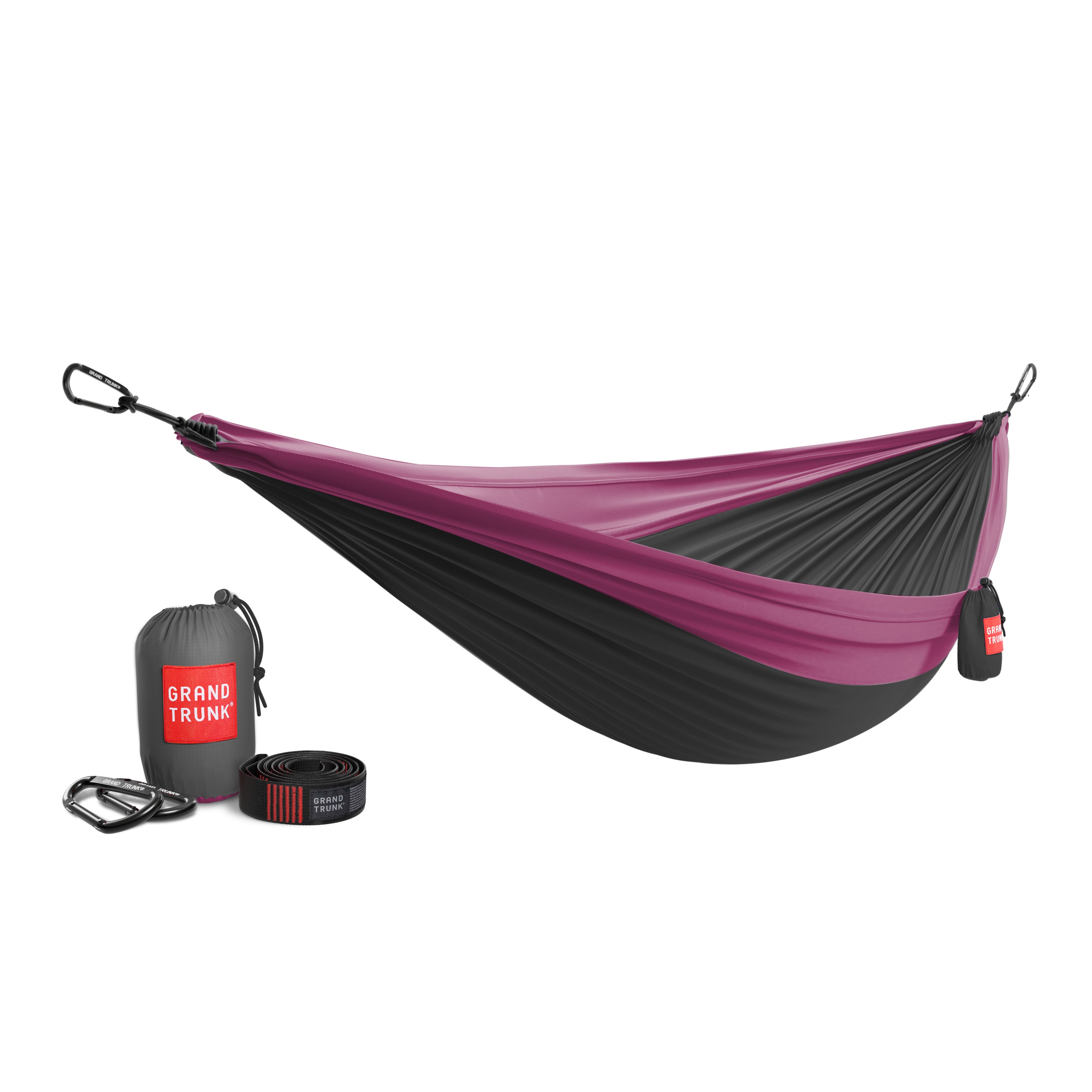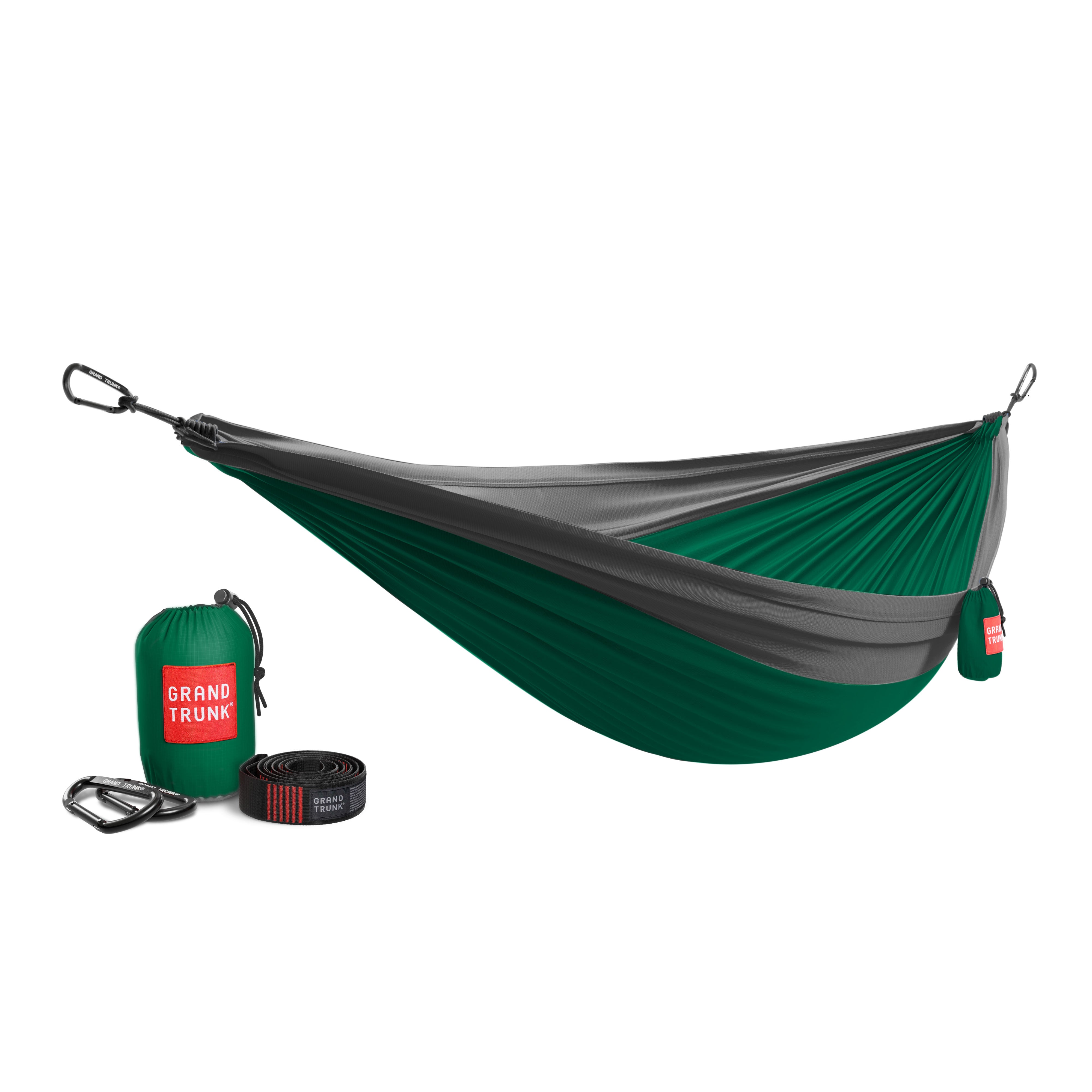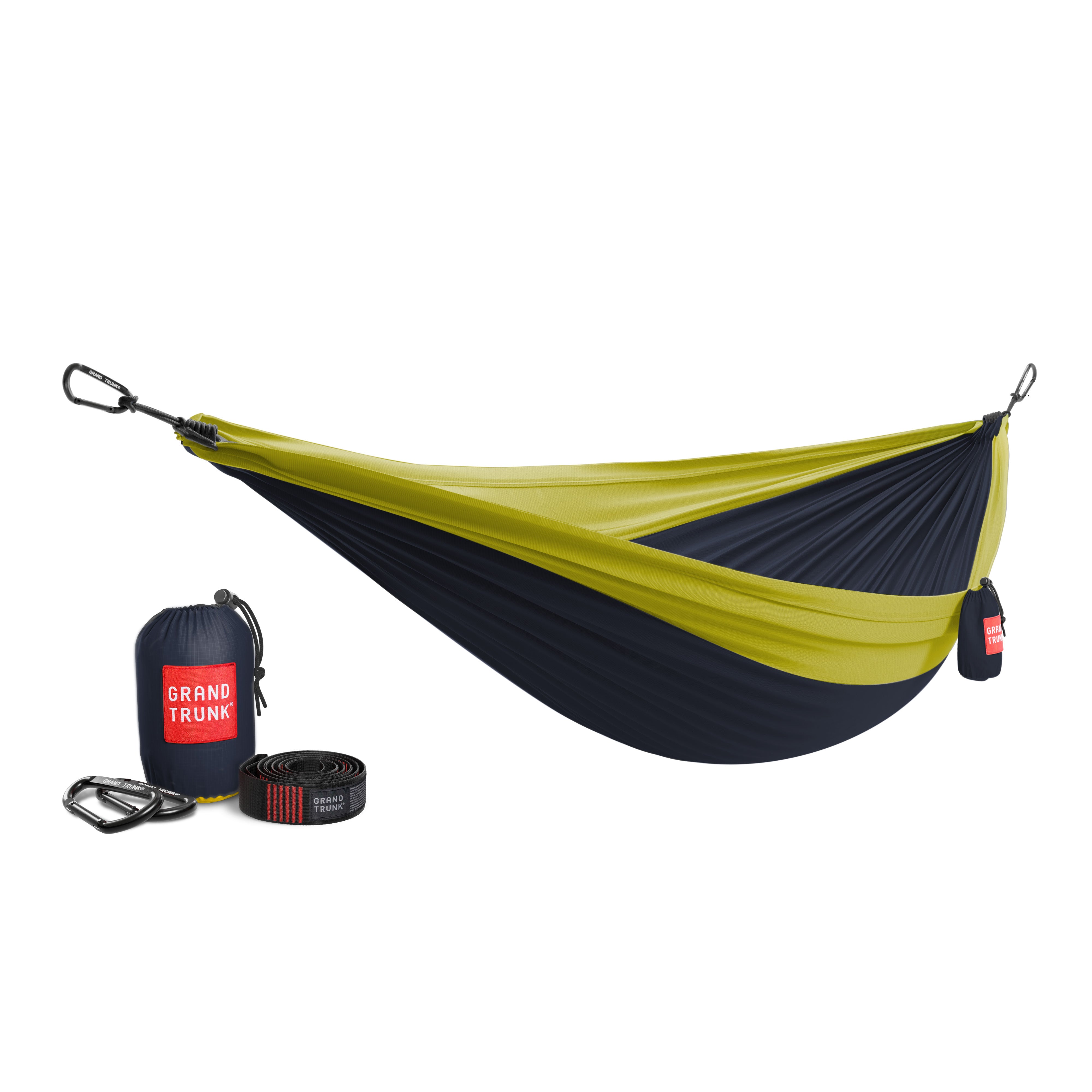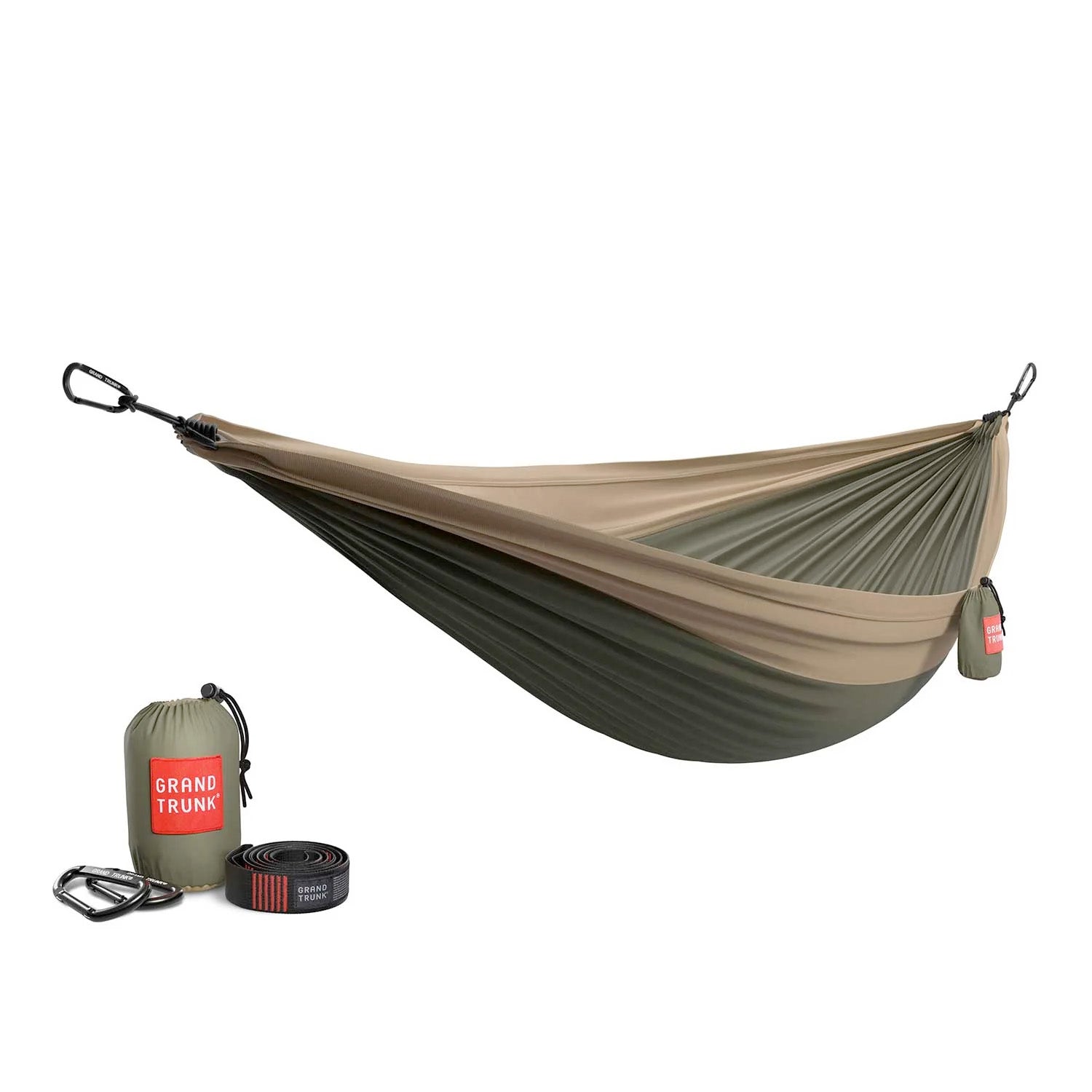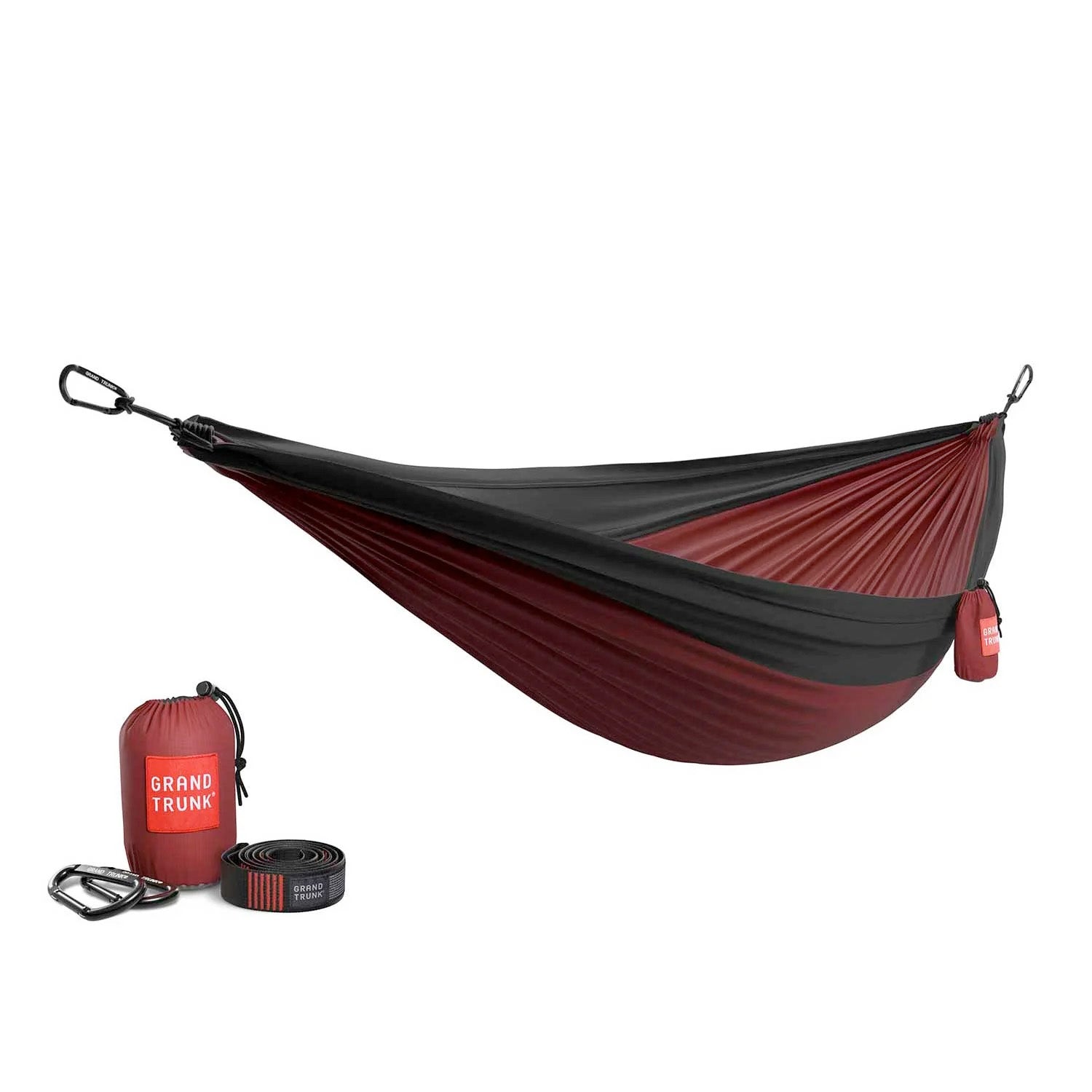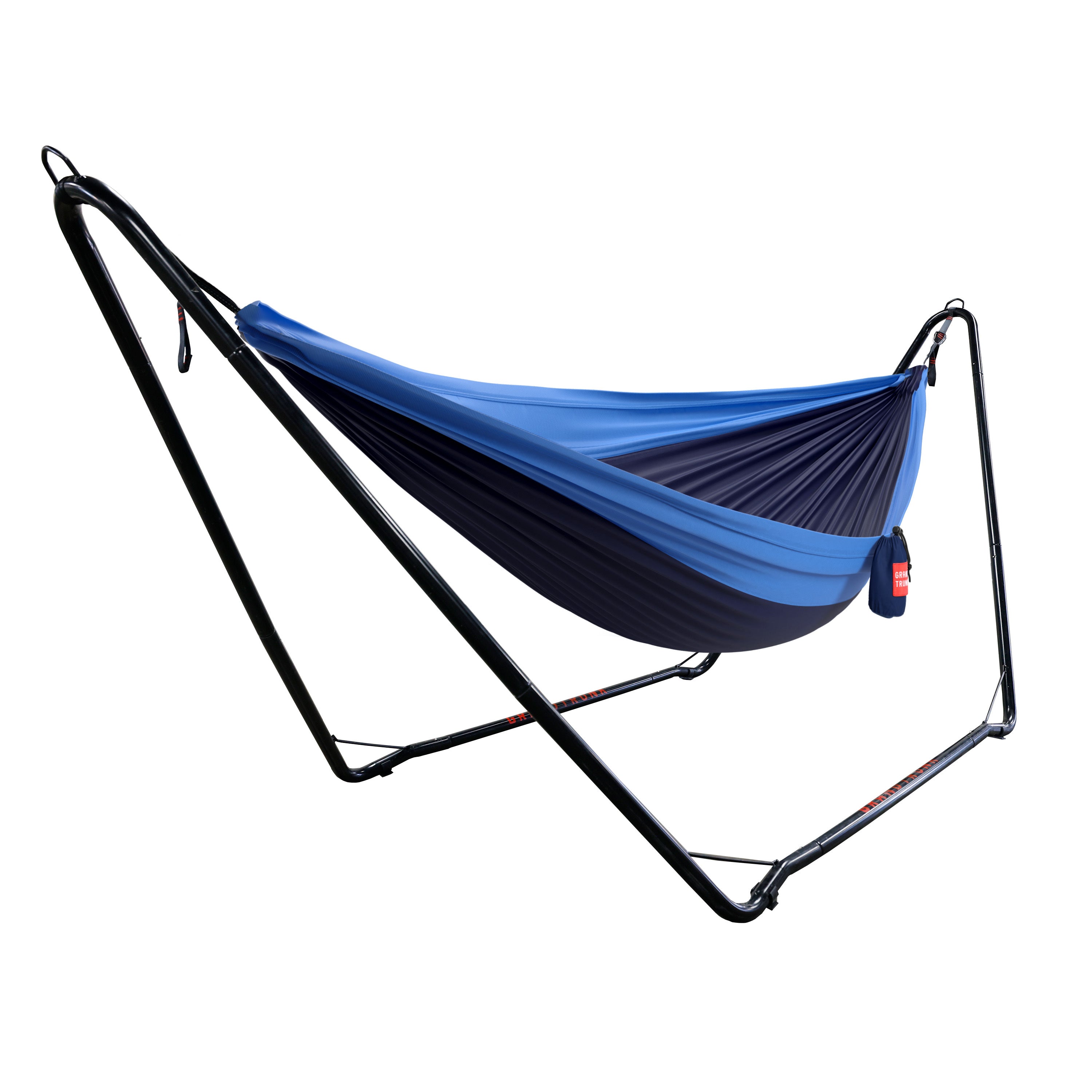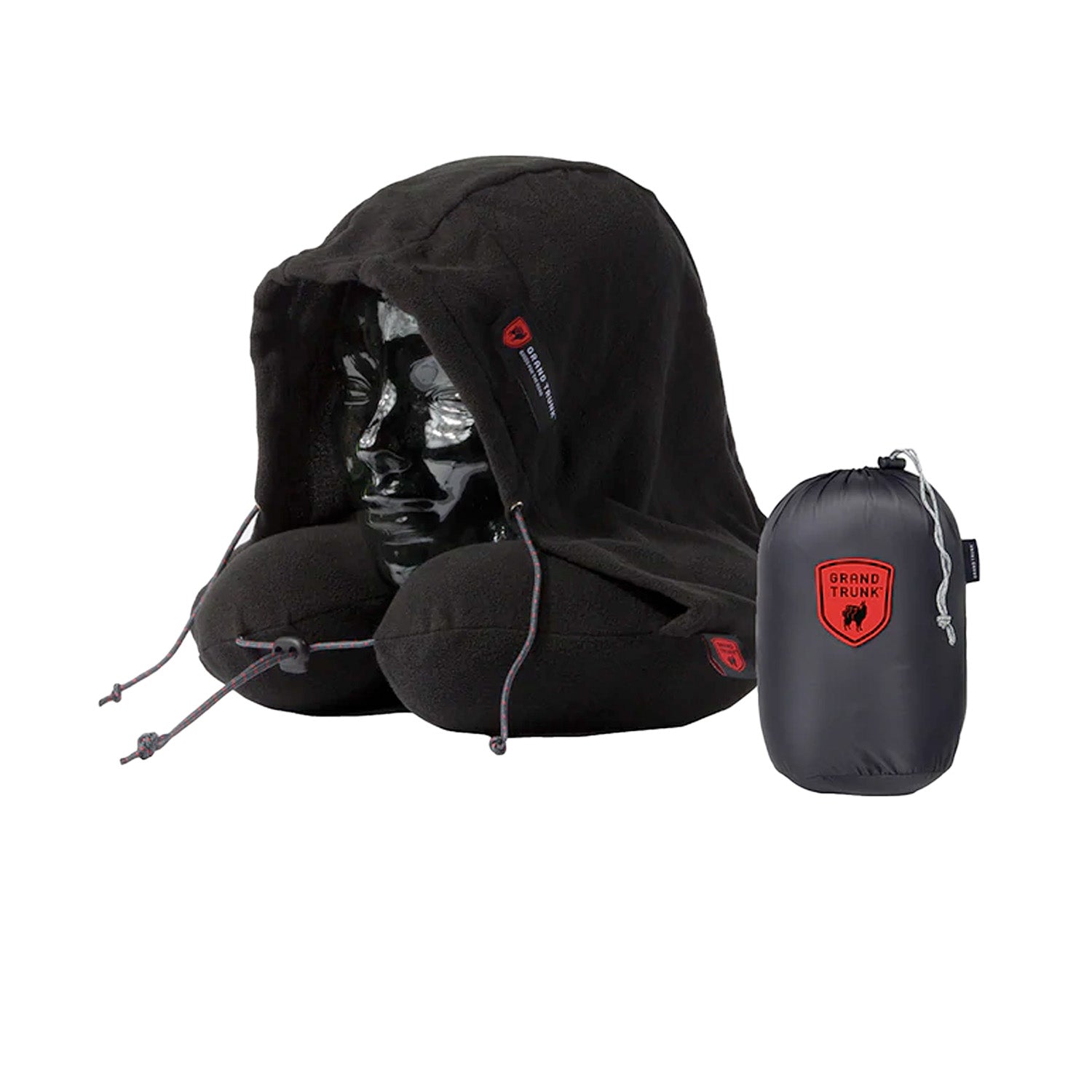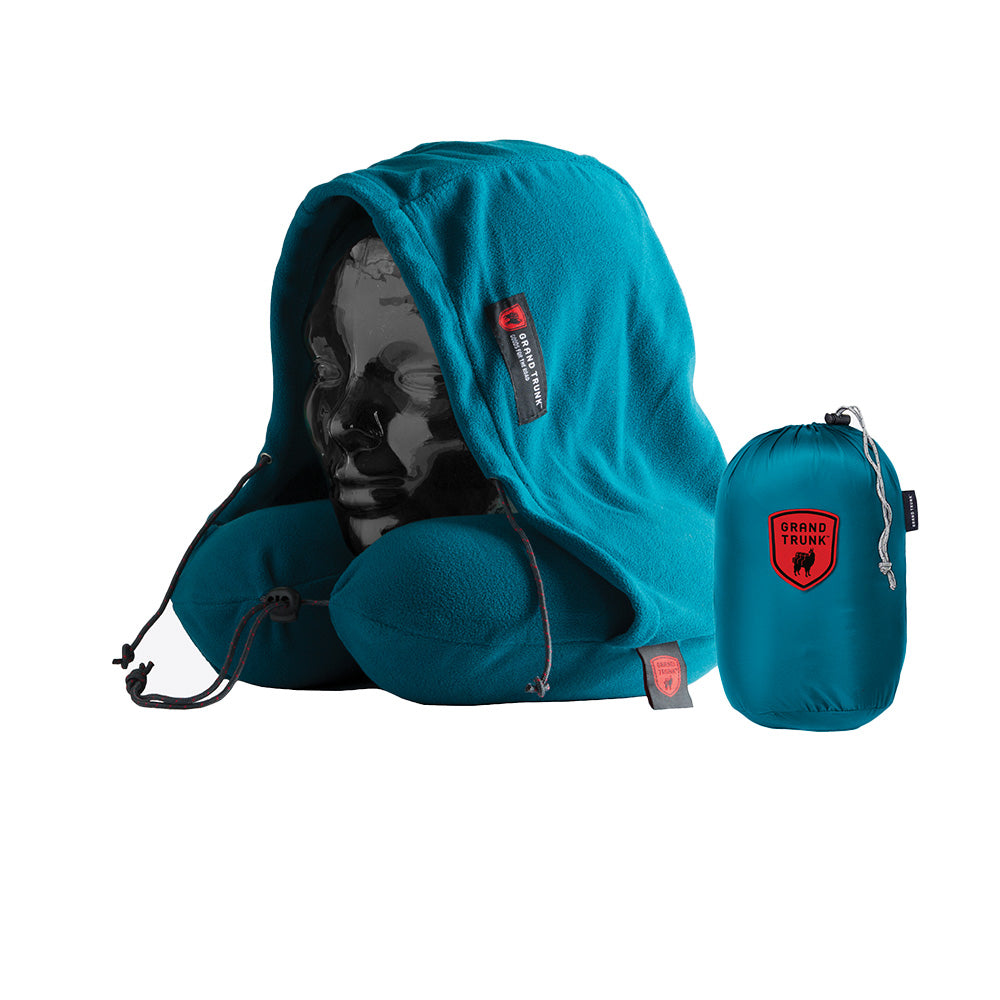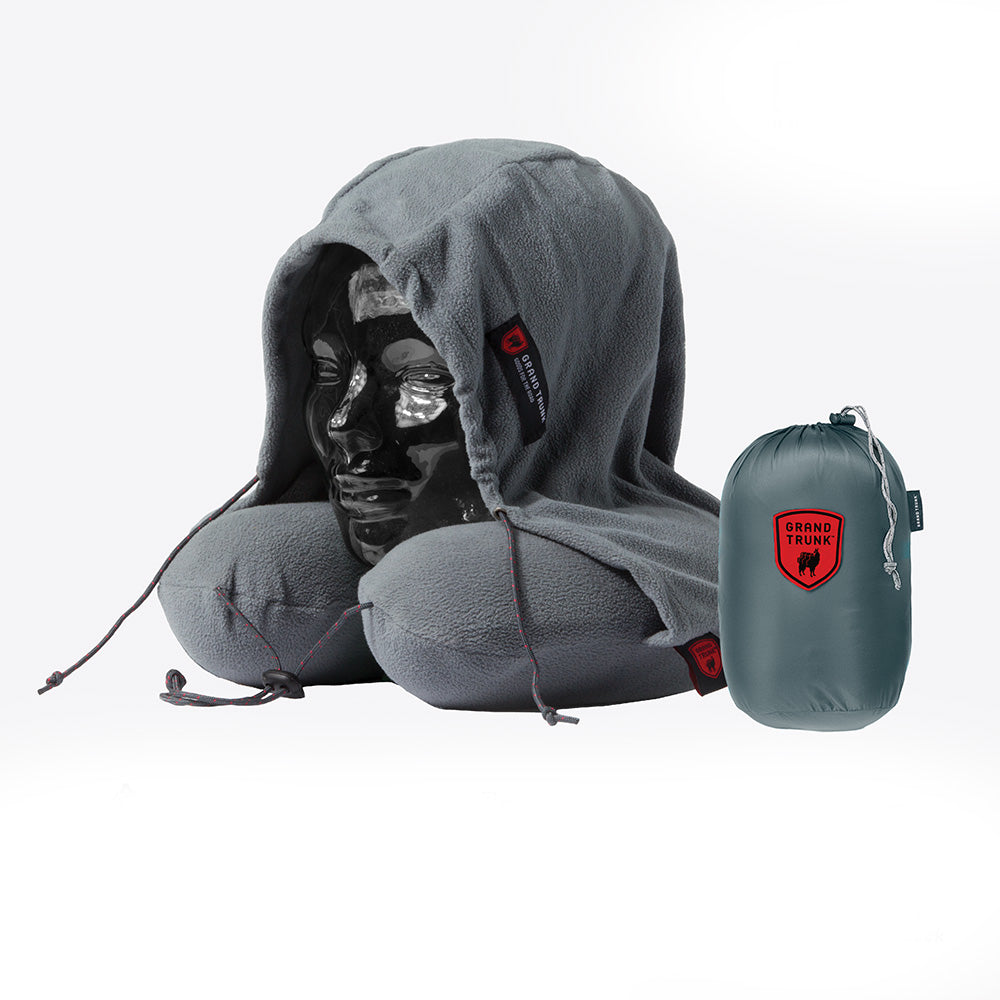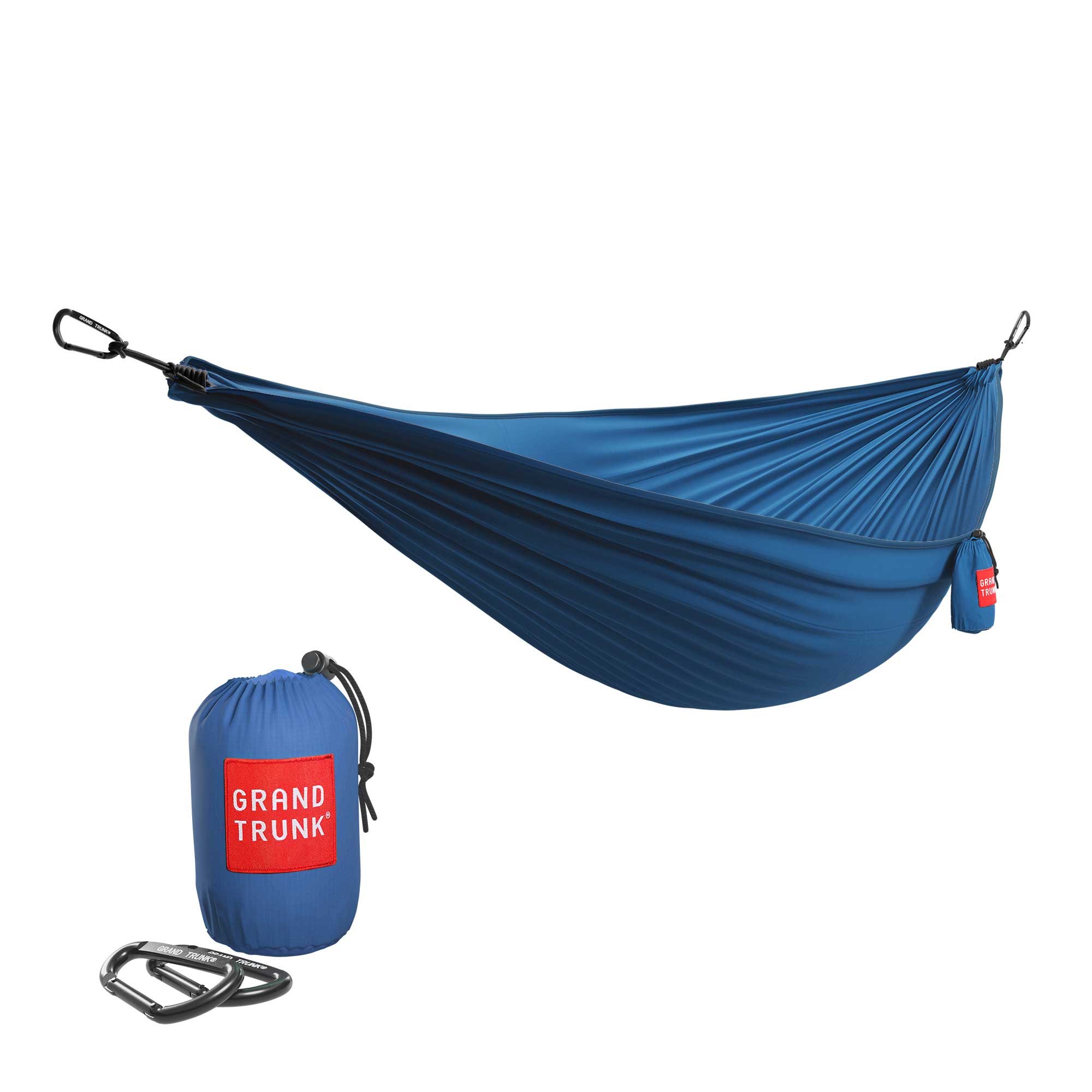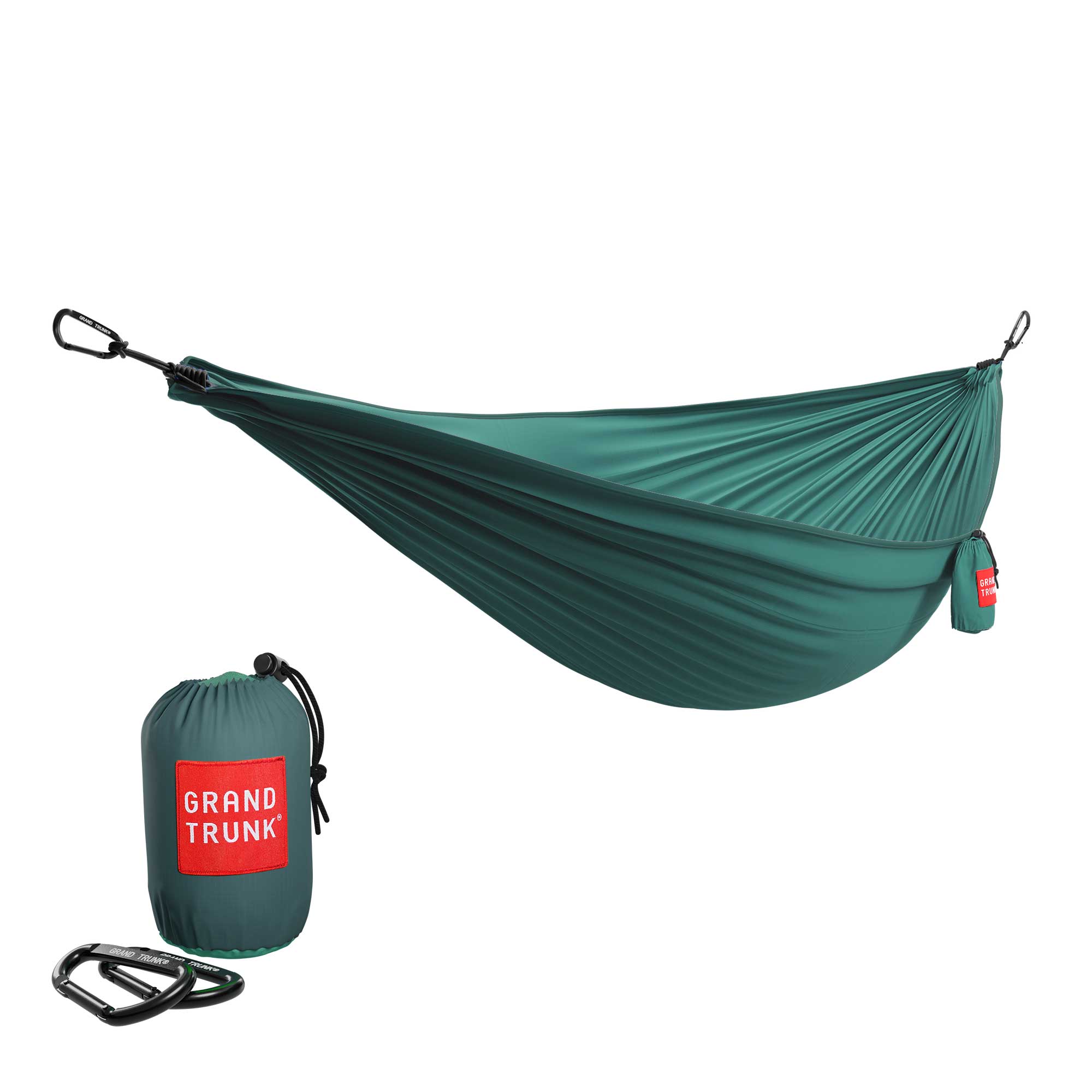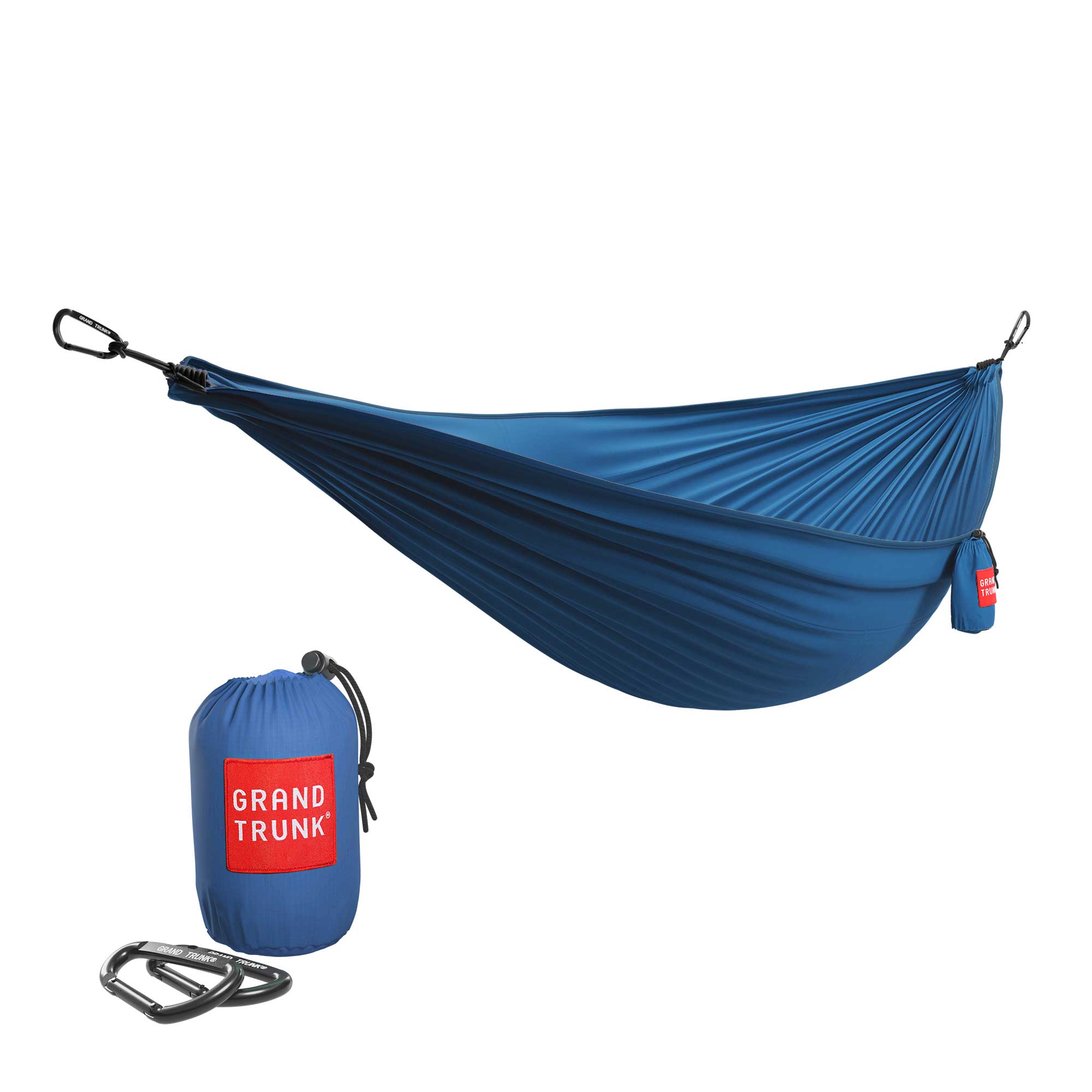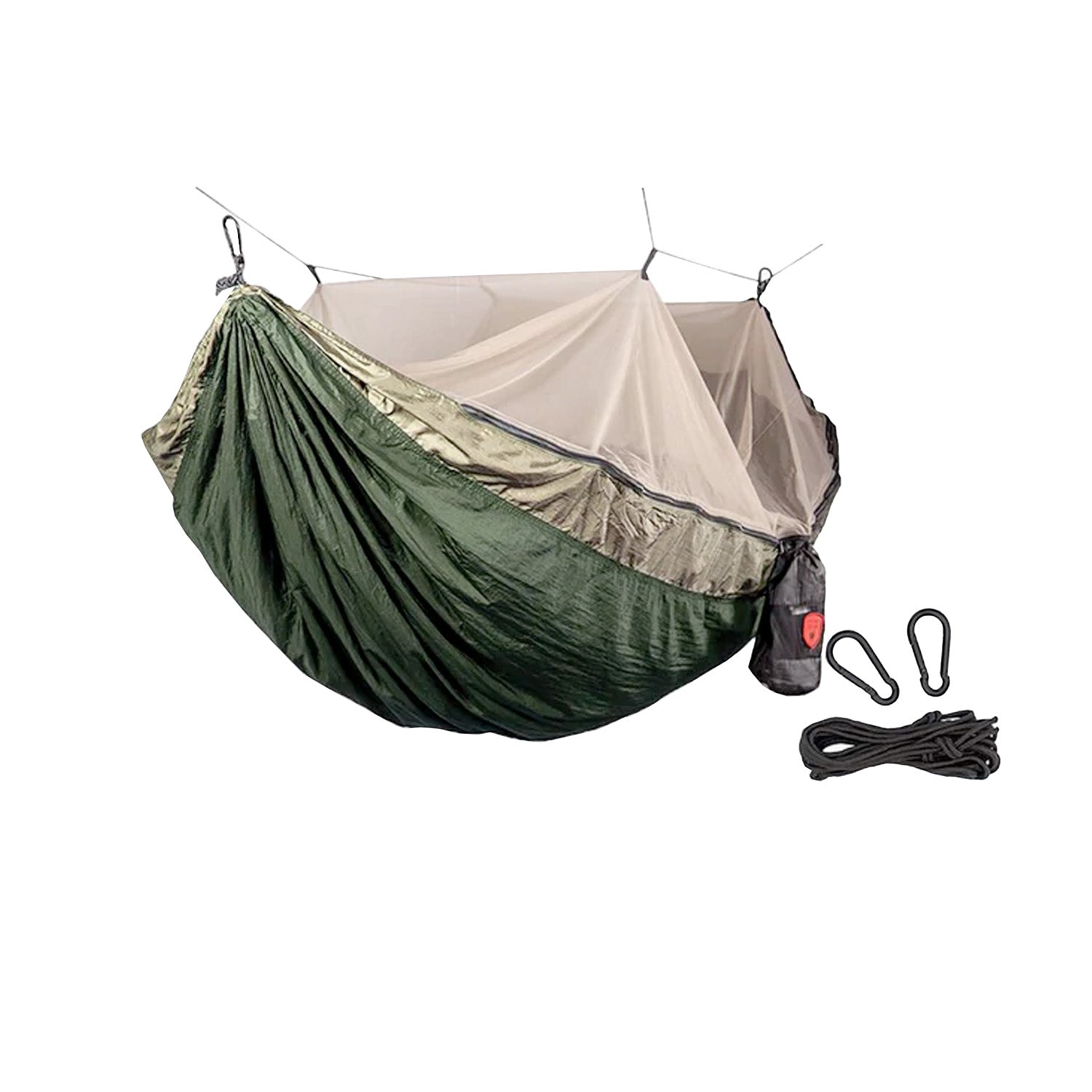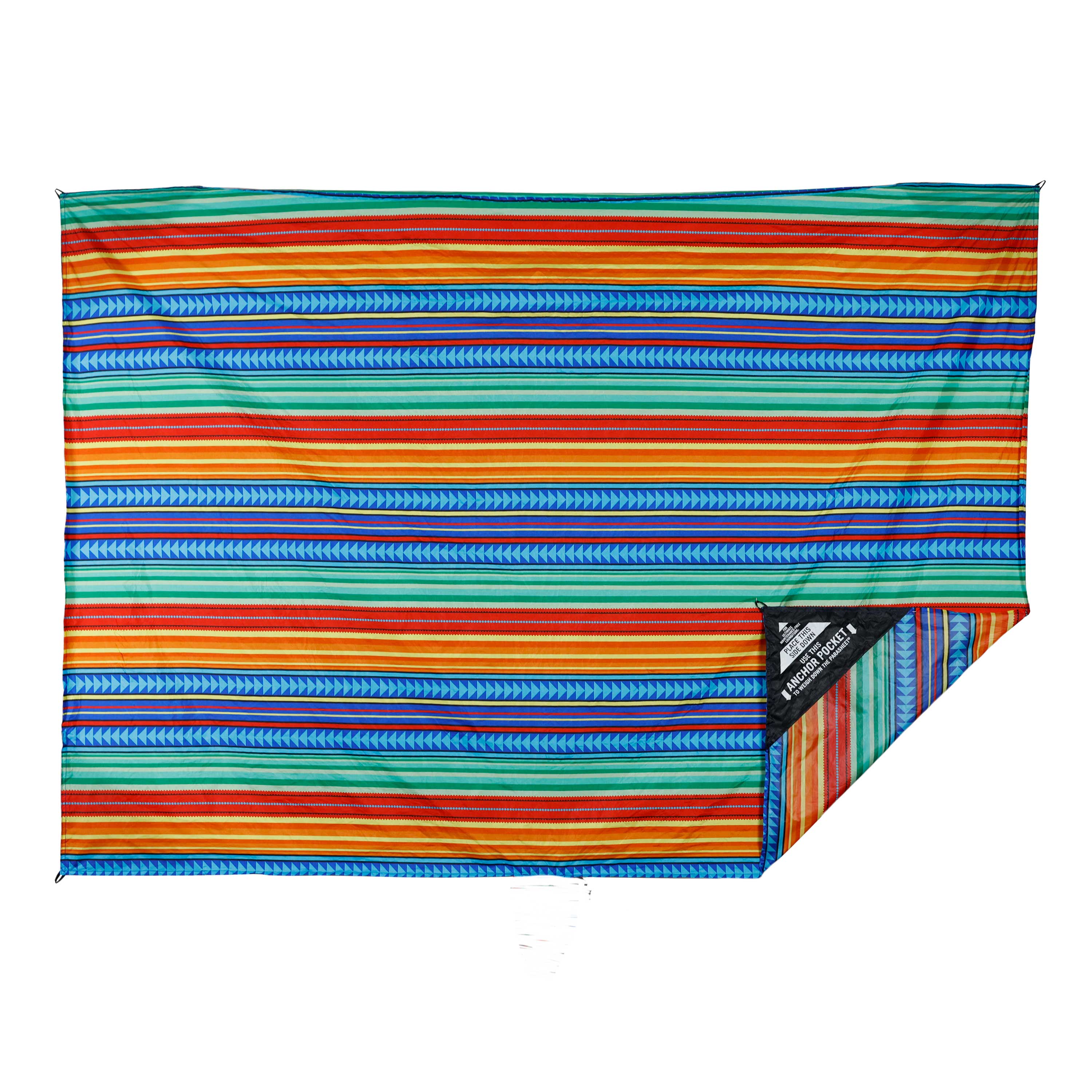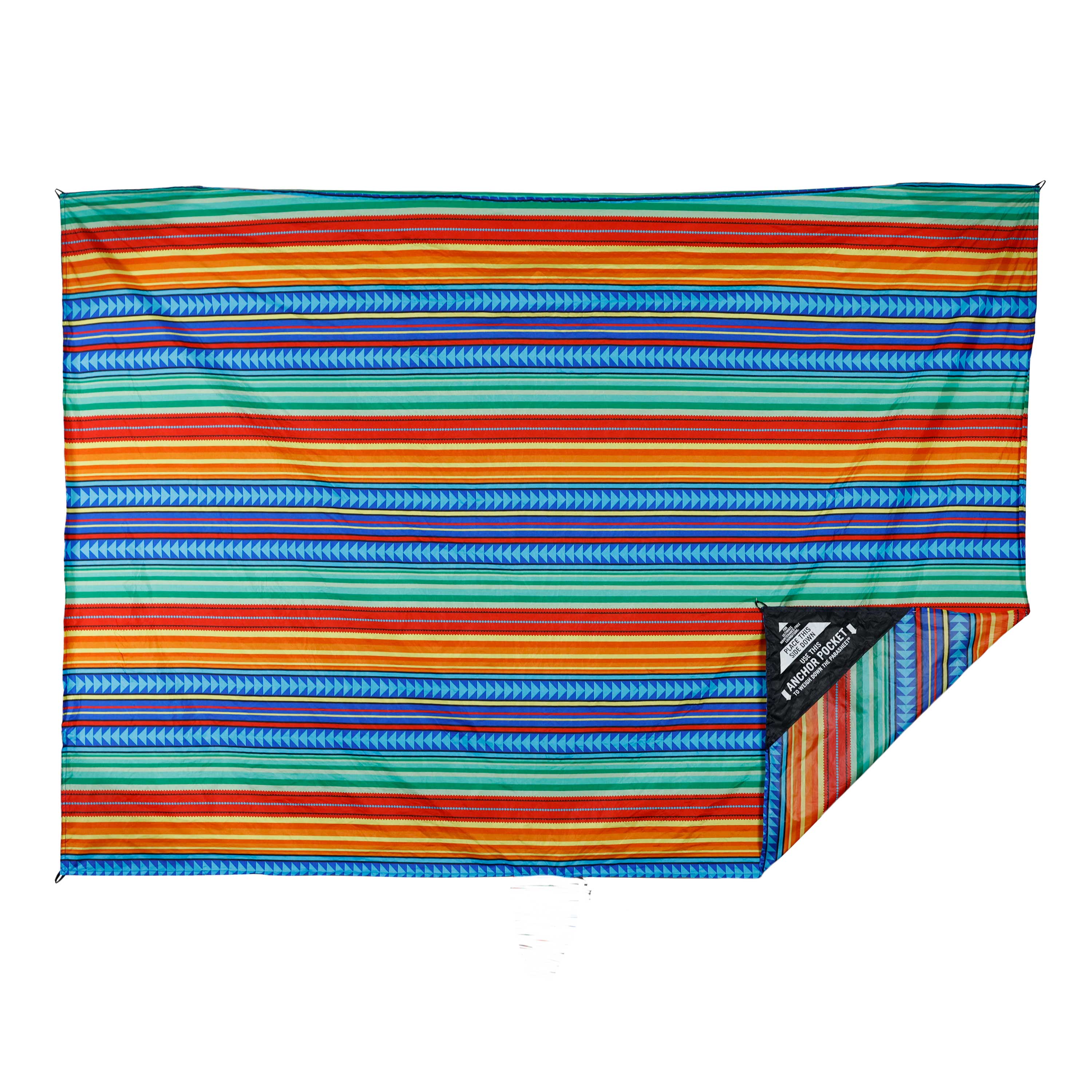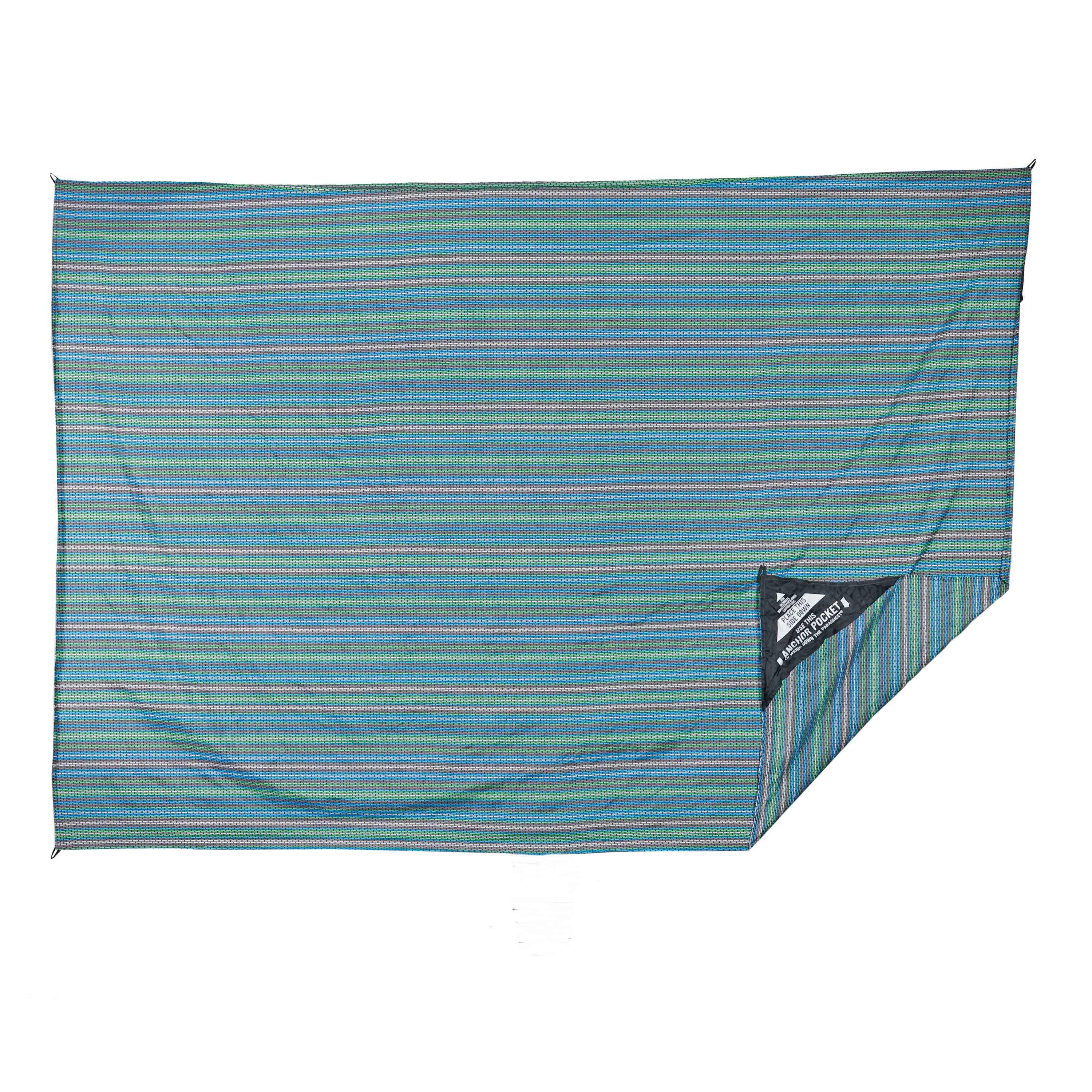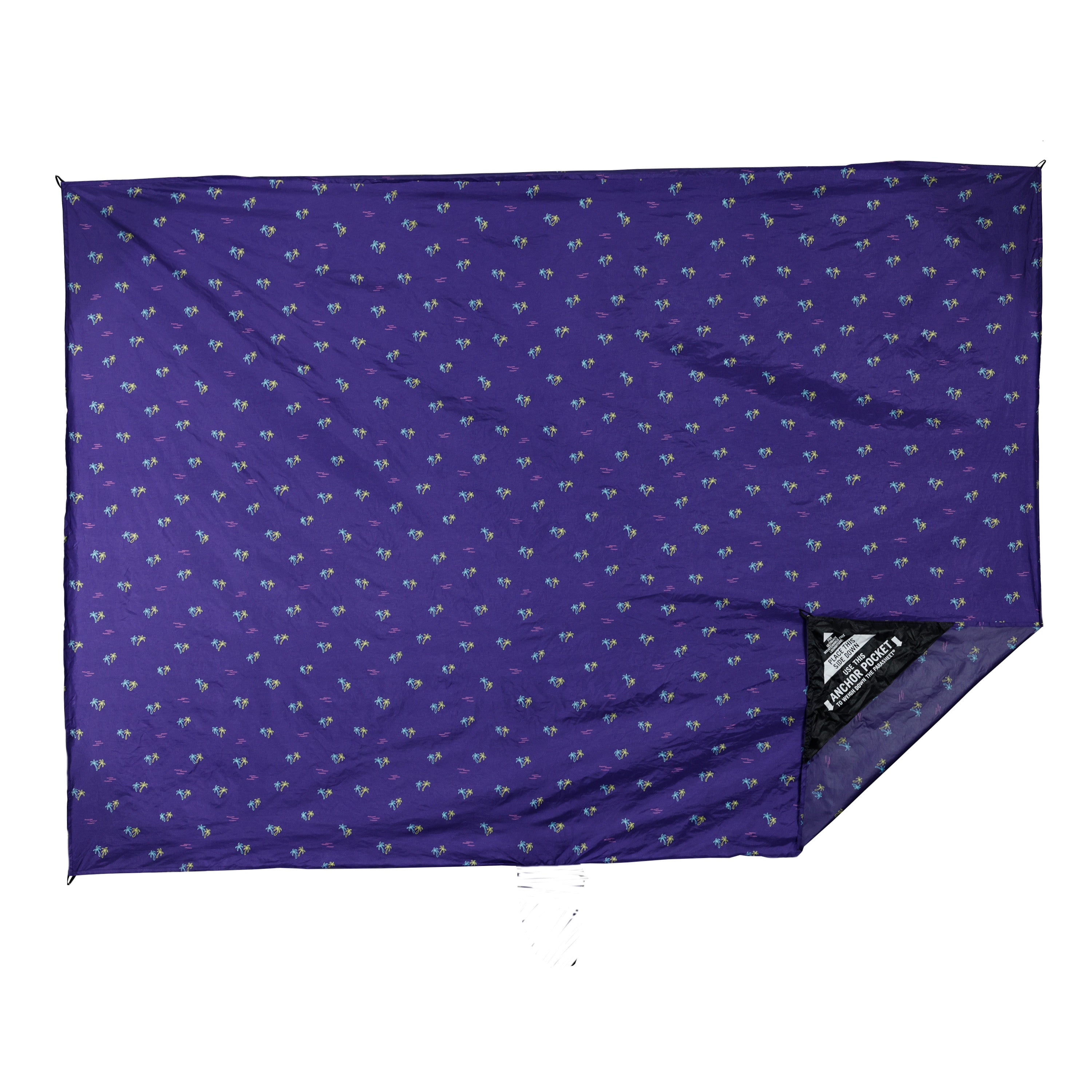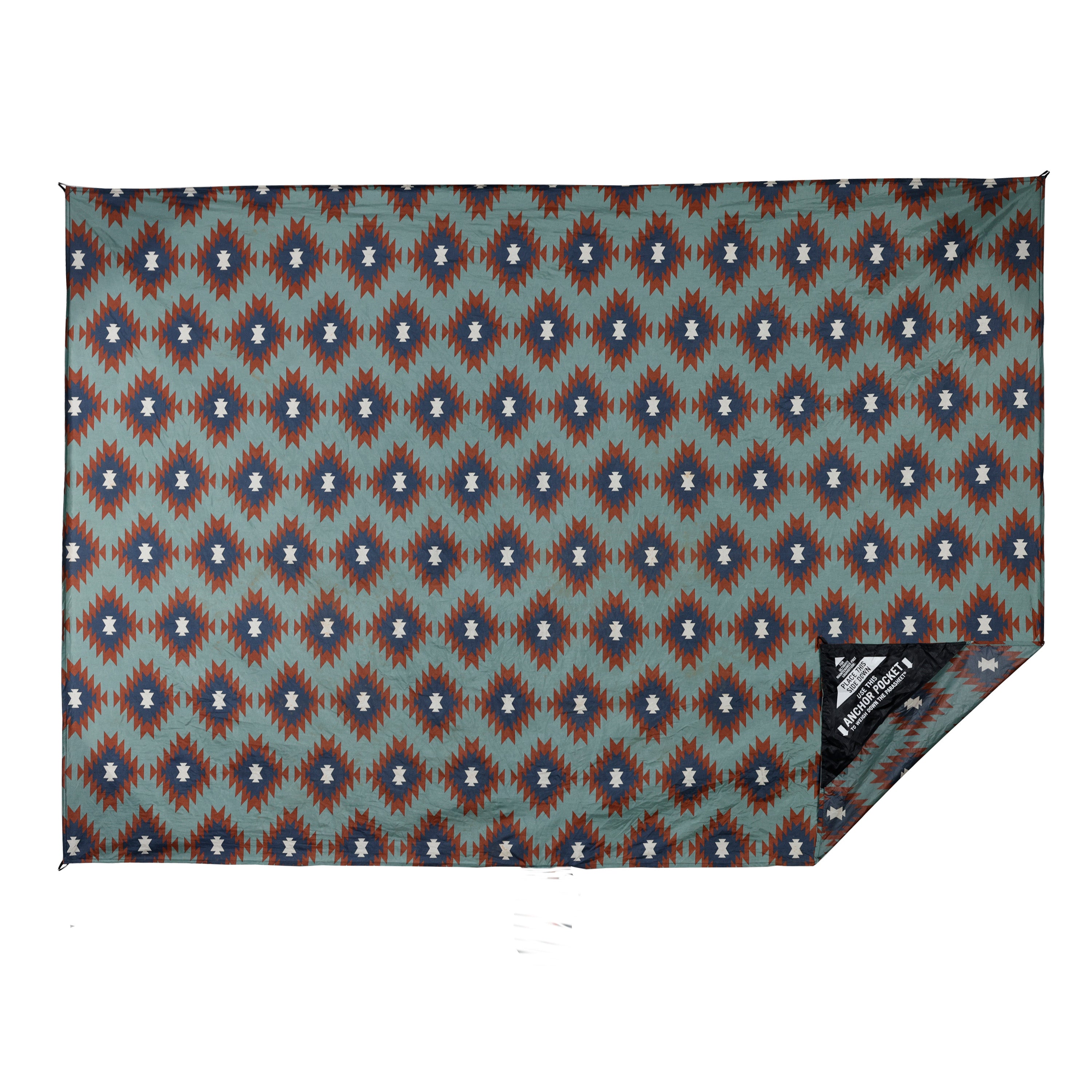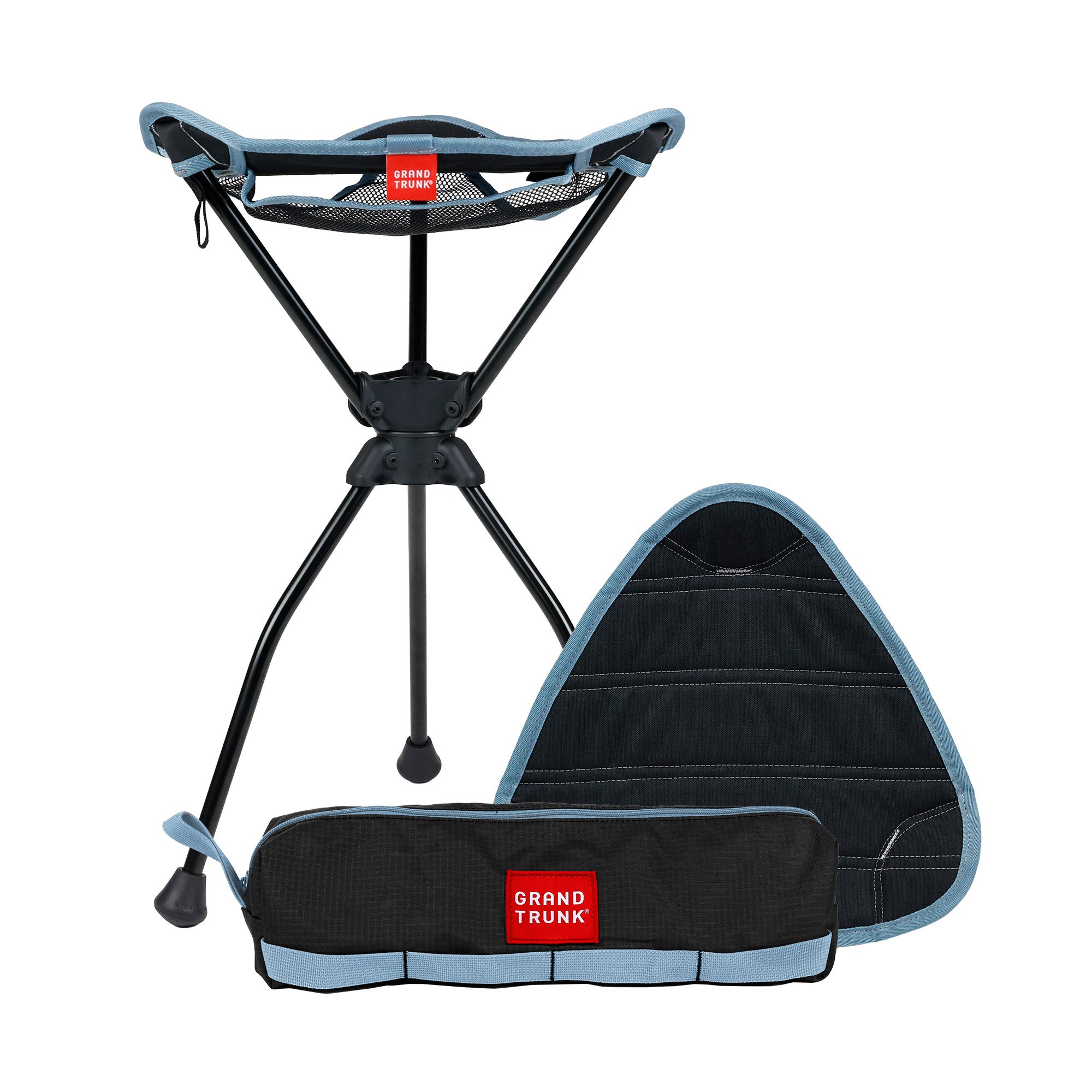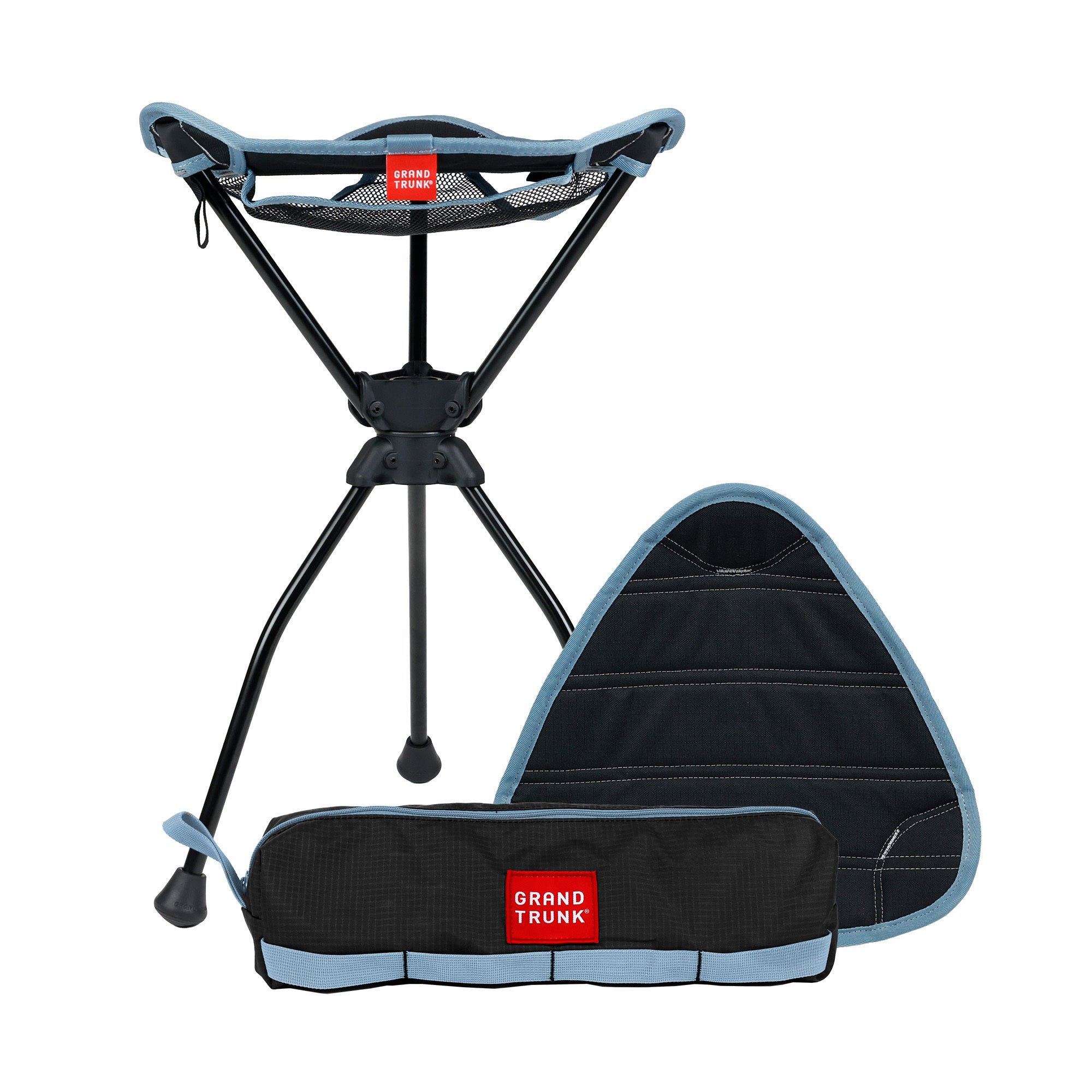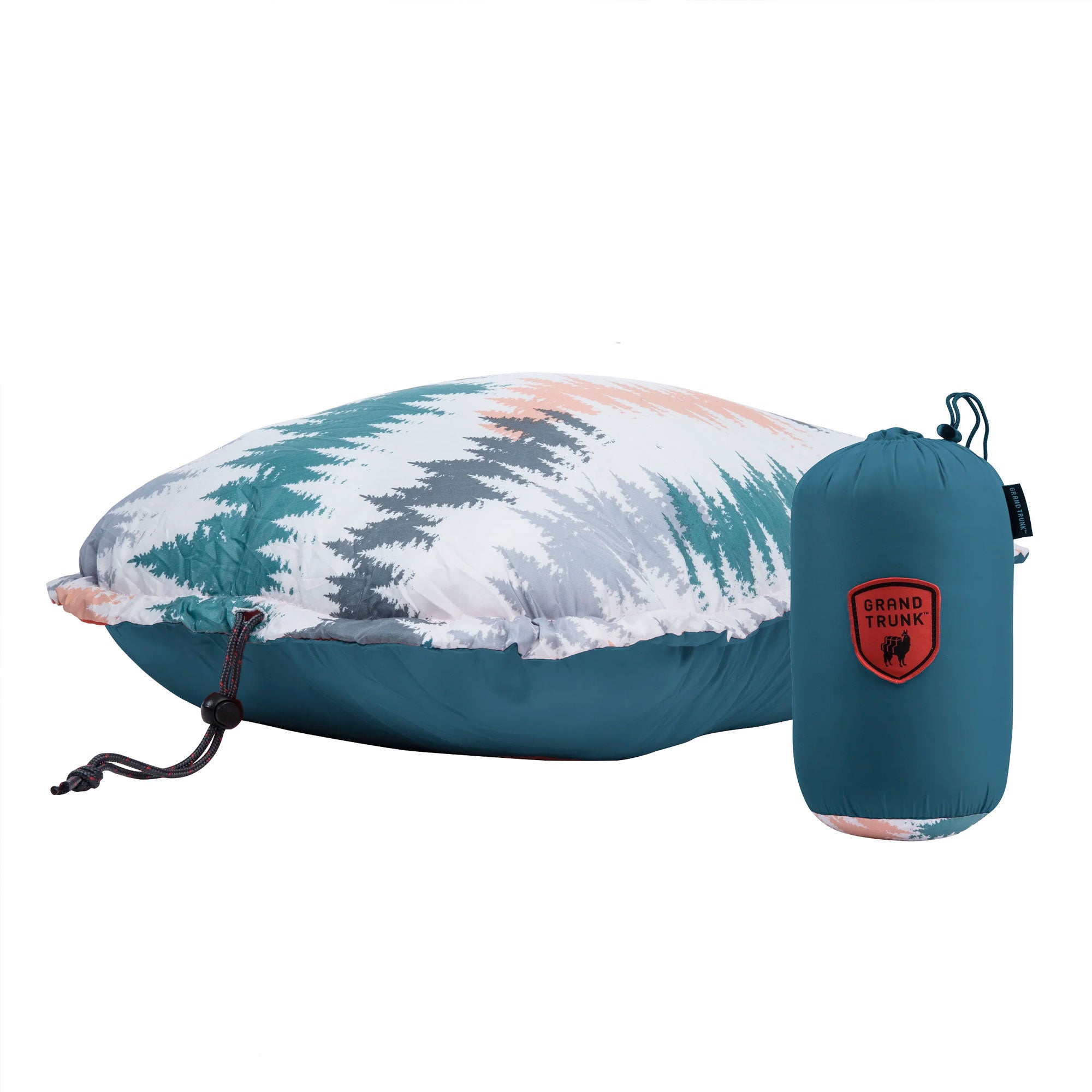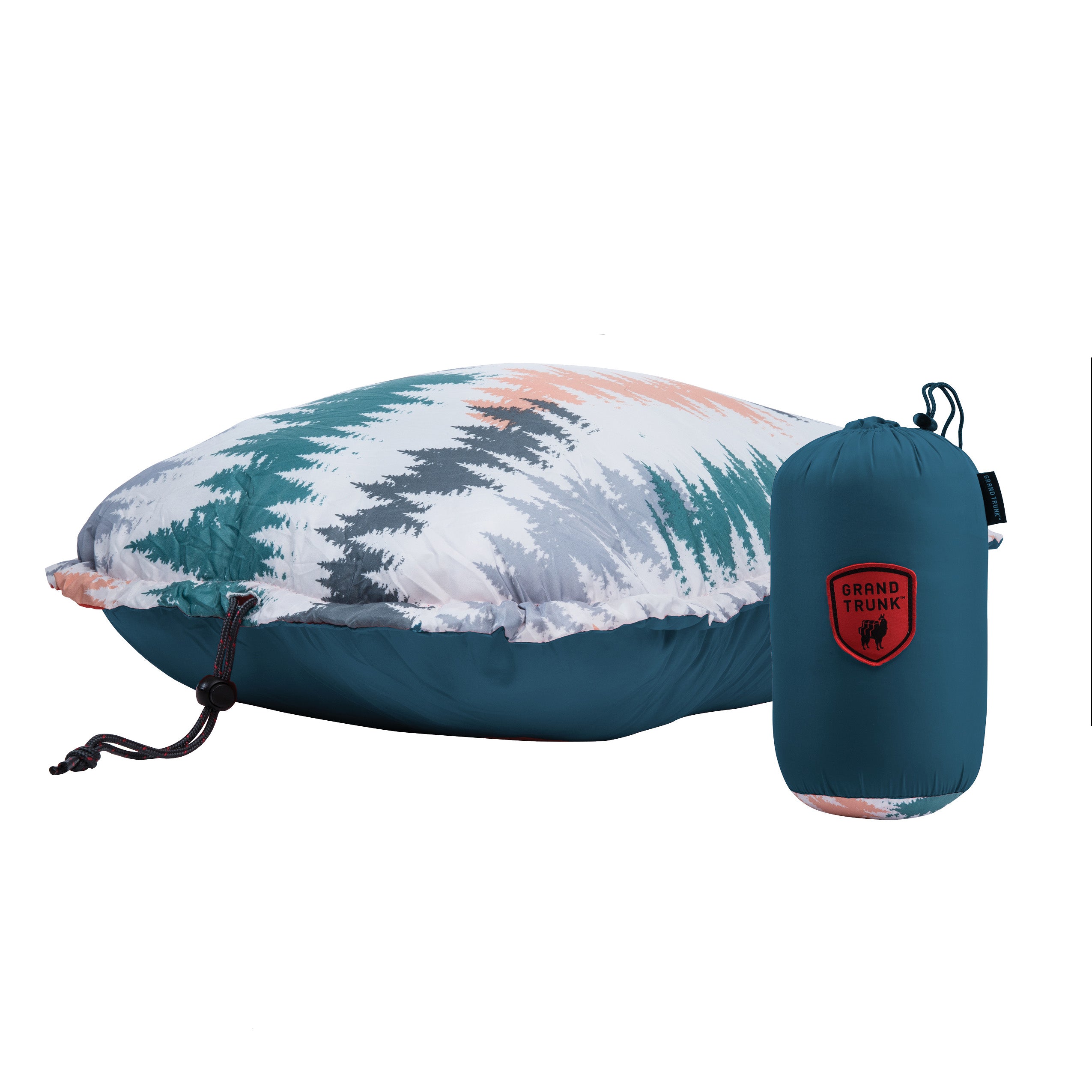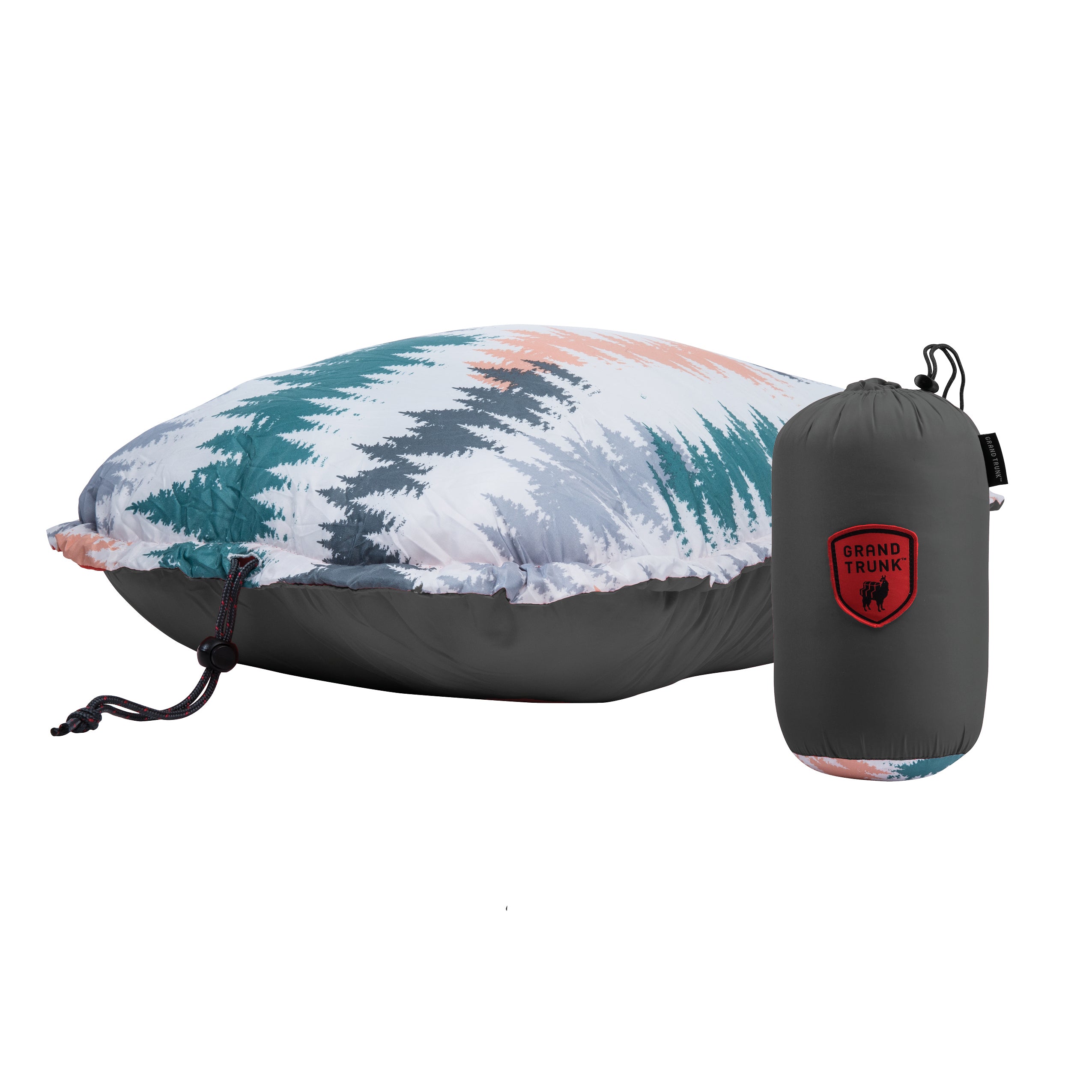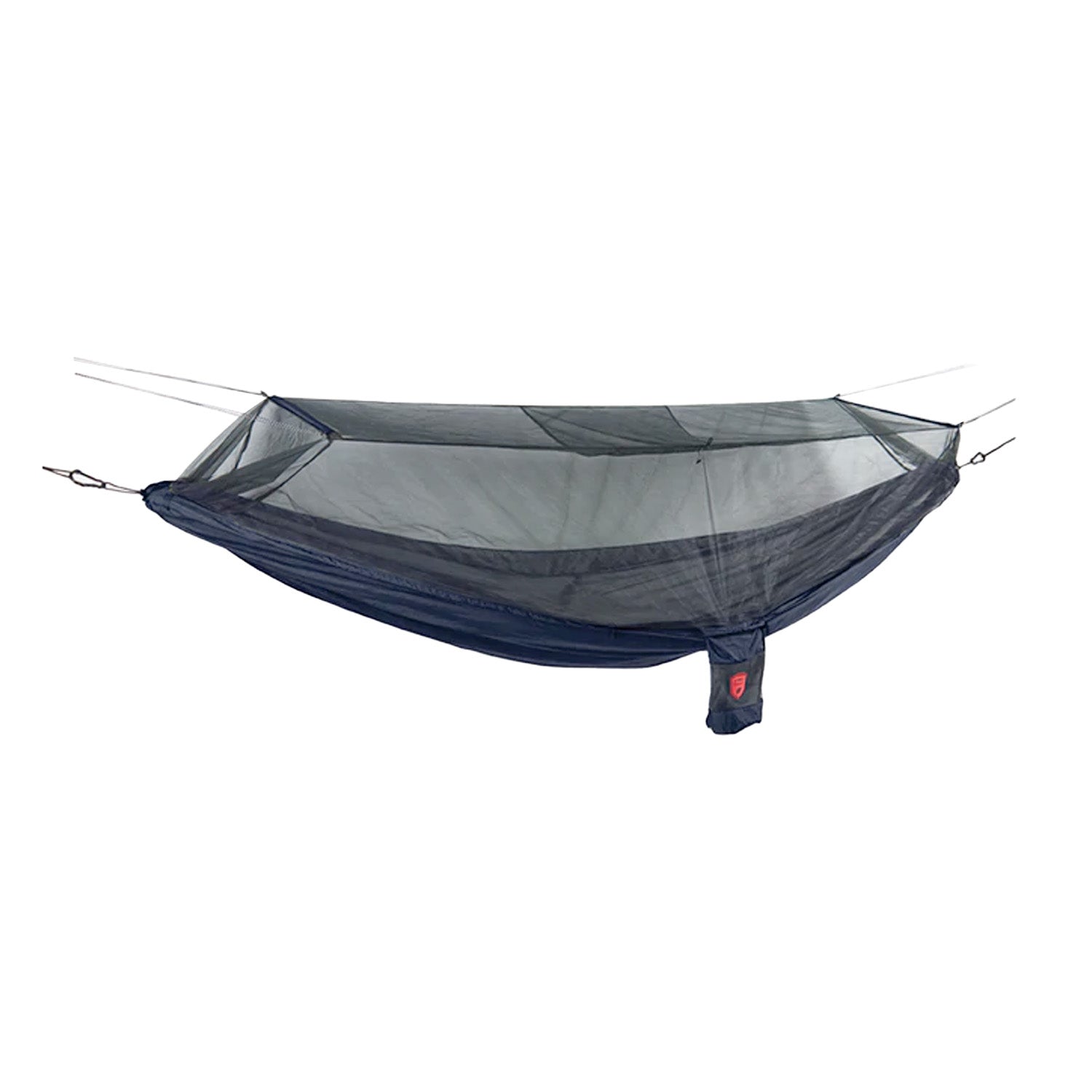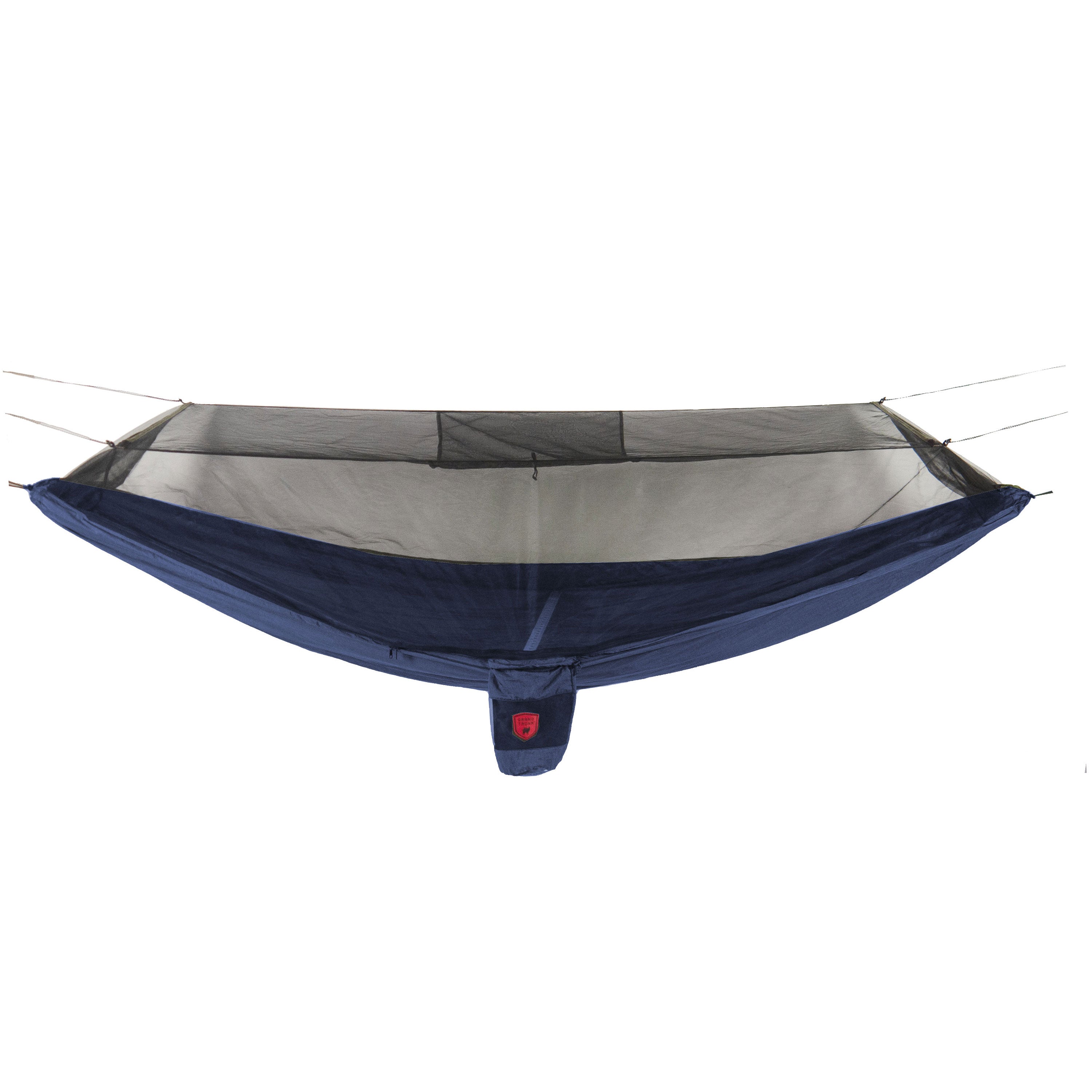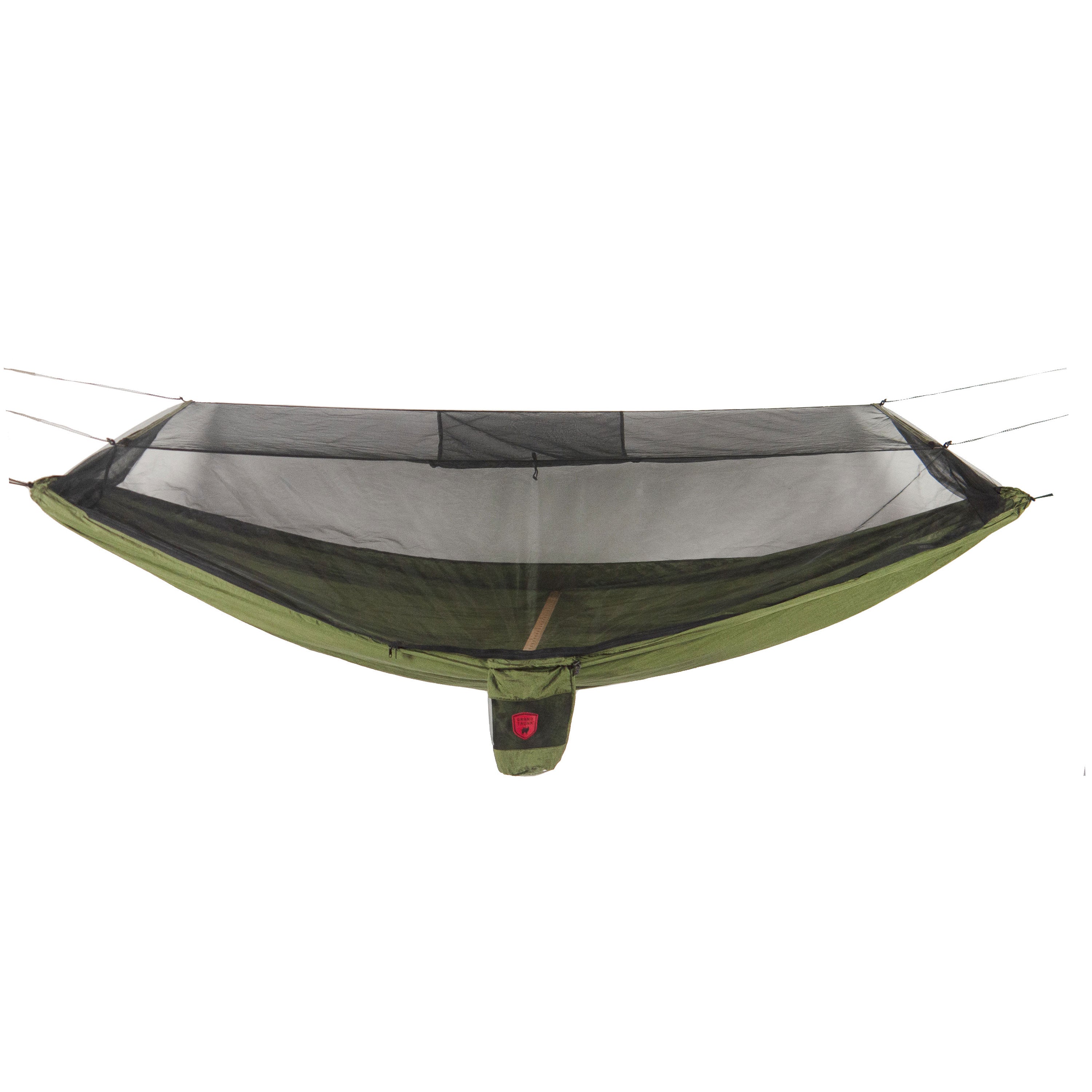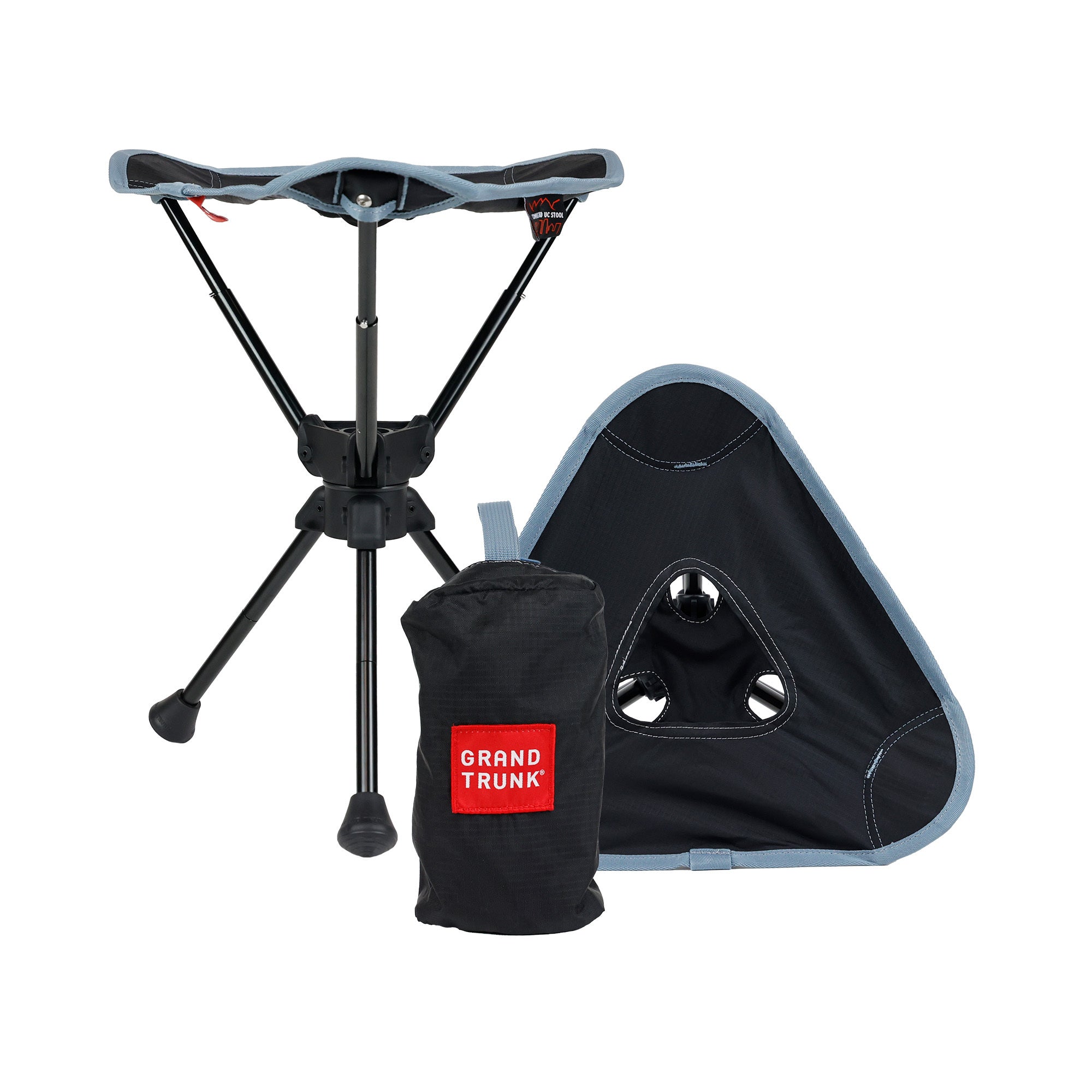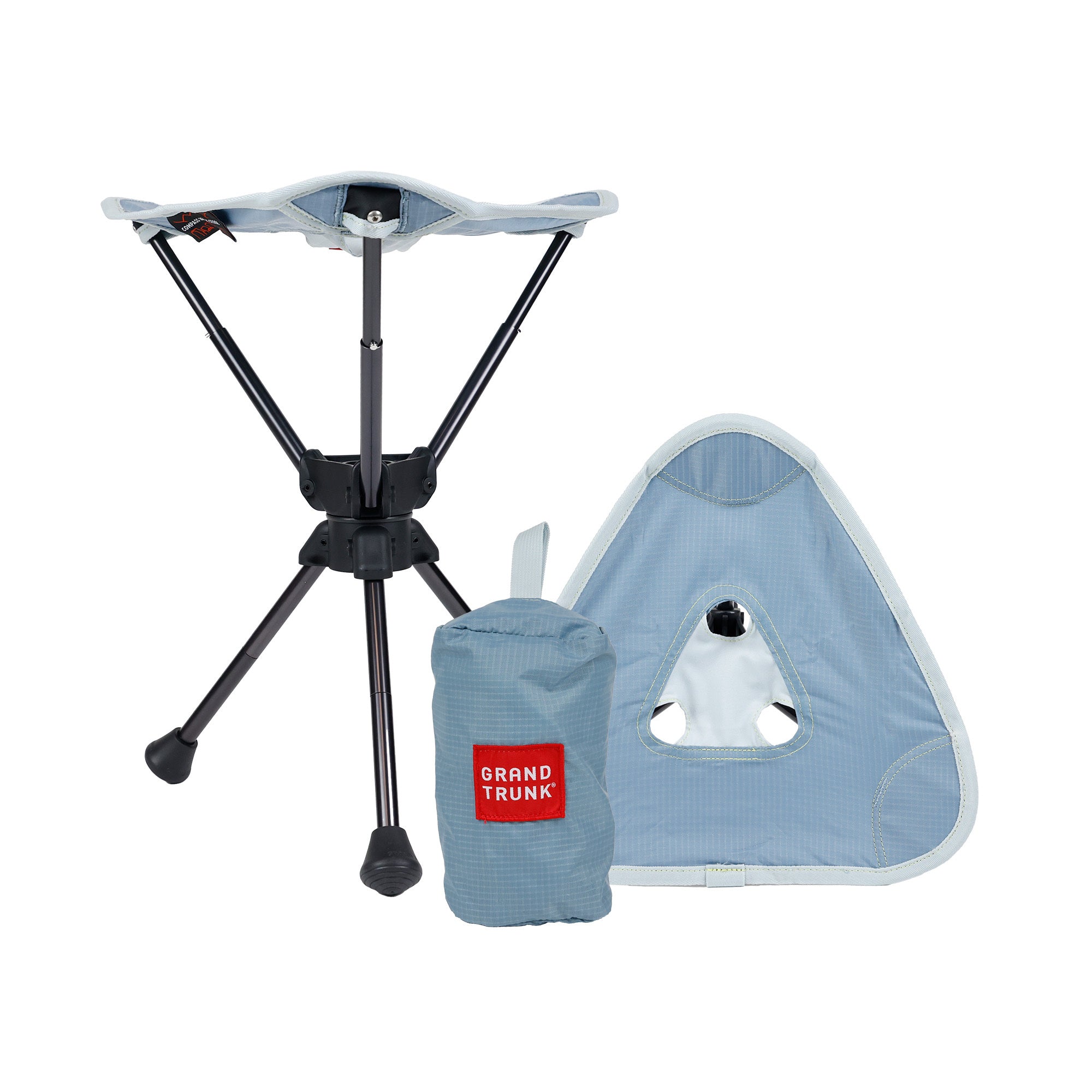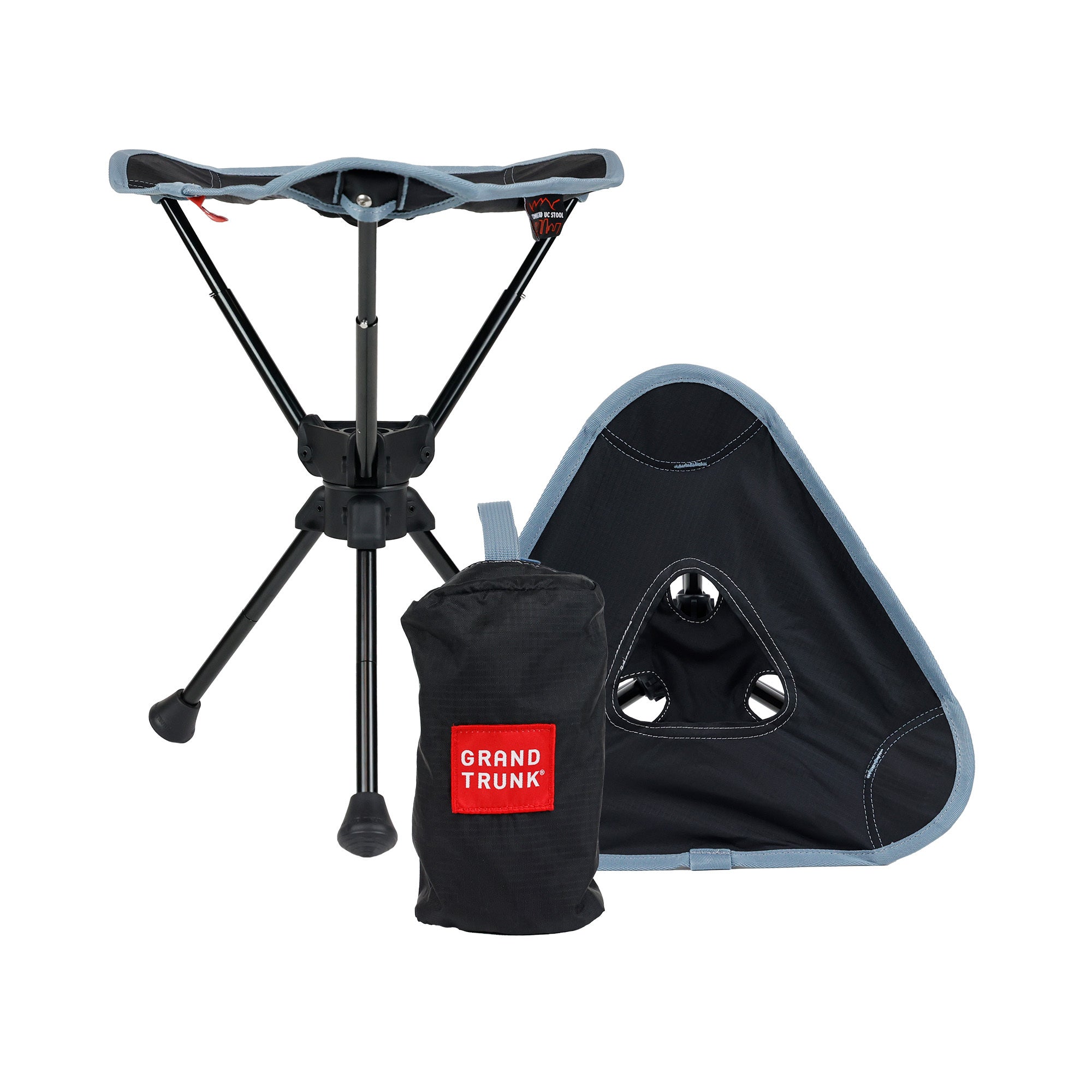
There's nothing quite like sleeping out under the stars in a hammock. But one cold night and you might start to rethink your sleeping arrangements.
Although a sleeping bag might work well during the warmer months of the year, it won't provide the insulation you need when temperatures begin to drop. This is because the bag gets compressed between you and your hammock and loses its ability to insulate.
A hammock underquilt solves this issue by creating an air pocket that traps heat and keeps you toasty warm even on the coldest of nights. Here's everything you need to know about selecting the right underquilt for your next camping adventure.
Key Considerations
As you know, camping is not a one size fits all activity. When deciding on the best hammock underquilt, you should always take your individual preferences and needs into account.
Weight
There are underquilt options for long backpacking trips as well as weekend getaways or car camping. Your hammock underquilt should be under 2lbs for general use, and under 30 ounces for ultralight backpacking. As with most gear you might have to make concessions with quilt weight depending on your comfort level.
Size and Length
Underquilts come in three main lengths: full-length, half-quilt, and three-quarters length. Smaller sizes are lighter and more compact but provide less coverage.
A full-length quilt is the largest option and has head-to-toe insulation to withstand those crisp winter temperatures. It is an excellent option for cold sleepers and those who might traditionally require an extra-long sleeping bag.
Half-quilts are exactly what they sound like, with coverage restricted to only the mid-section of your hammock. They are the preferred choice for ultralight hikers, warmer camping, and those who sleep extra hot.
Three-quarters length underquilts are the happy half-way point between the two lengths. With head-to-knee coverage, they are lighter than the full-length version but warmer than a half-quilt. If you're worried about your feet getting cold, throw on an extra pair of socks or repurpose your sitting pad for a bit of extra insulation.
Material
The two main materials used in underquilts are nylon and polyester. Each has its own benefits, so the decision truly depends on your personal preferences.
Ripstop nylon is an exceptionally durable and tear-resistant material that stretches well and is designed to last. However, it does have a nasty tendency to absorb water which leads to a heavier carry weight and long dry times. Always set up your bivy or shelter first to keep your nylon quilt protected from the elements.
Polyester is quite the opposite of nylon in that it does not absorb water, but it lacks the same degree of stretch and strength. Both materials can be treated with silicon to increase weatherproofing against wind and rain.
Insulation
Much like regular sleeping bags, hammock underquilts are available in both down and synthetic versions. Down is lighter and easily compressible so you get more warmth per ounce. The downside to down is that, like nylon, it is not waterproof.
When down get wet it loses its loft, which is what creates the air pocket that keeps you warm. Although some down quilts are treated with DWR, they can only withstand so much before their water-resistance deteriorates.
Synthetic underquilts are not an ideal solution for ultralight backpackers as they are heavier and bulkier than down. But if you're planning on camping in a lot of wet and cold conditions, they are the superior choice. Synthetic material does not compress like wet down and will continue to keep you warm regardless of the weather.
Temperature Rating
Hammock underquilts come with different temperature ratings. A comfort rating is the lowest temperature that you can sleep in a relaxed or stretched-out position. This is the value that you should focus on when determining the best hammock underquilt for you.
The average sleeper will sleep comfortably with a 20°F underquilt in most conditions. While colder sleepers should select a quilt rated for 10°F or lower.
Water Resistance
Some down hammock underquilts come pre-treated with a DWR coating that increases their water resistance. There are also other waterproofing treatments you can purchase to help protect your underquilt. However, the way you care for your quilt is far more important.
If your quilt does get wet, make time during the day to stop and allow it to dry properly. Store it in a waterproof bag or dry sack while hiking and avoid hanging it on the outside of your pack where it is susceptible to being ripped or snagged.
Increase the longevity of your underquilt's water-resistance by closely following the care instructions and using a designated downwash such as Nikwax for cleaning.
Other Types of Insulation
You've realized that sleeping bags aren't ideal for keeping you warm in your hammock but what about sleeping pads?
Sleeping pads function in much the same way as a sleeping bag in that they create an air-pocket between you and the cold. They are great for tent camping but not ideal for a hammock as tend to shift and slip out of place while you are sleeping.
An underquilt won't become dislodged during the night because hangs snuggly beneath your hammock. It attaches to the hammock suspension straps and can be easily adjusted to prevent cold drafts.
The Best Hammock Underquilt
Setting out on the trail when you're tired and sore from lack of sleep can be a recipe for disaster. Not only will you be fighting against exhaustion, but you'll be increasing your chances of injury. The next time you hit the trail, make sure that you have an underquilt, not only to keep you warm but to keep you safe, so you can continue to enjoy all the adventures to come.
Use this guide when deciding on the best hammock underquilt for you.


